Project: #TheSecondComing
#TheSecondComing serie, 2020 ballpen on office paper, golden leaves 21 x 29,5 cm This new icon series #TheSecondComing on office paper usually used for needs of bureaucratic system is one more example that the everlasting human desire to find new heroes archetypes doesn’t depend on a situation or availability of work materials. As an artist, I work on the topic of the contradictions in the nature of mankind, which is stuck in technical innovation, in the rapid pace of life. I tried to visually recreate the path of human conscience from the mythical worldview to the perception of the conscious, the metamorphosis of our conceptions of the sacred and the ideal. Exhibitions: 2023: “BeLive: believe, be live”, Volkskundemuseum Wien, Vienna, Austria; 2021: “Either / Or - Those Remote Days”, Suning Art Museum, Shanghai, China; 2020: FOL`GA street art gallery, Injection, Lviv, Ukraine; 2020: “Pop Art Ukraine”, Portal 11 gallery, Kyiv, Ukraine; 2020: “Obserwation”, White World gallery, Kyiv, Ukraine; 2020: “Another Time”, Quarantine residency, Istanbul, Turkey; 2020: “We are all at home”, The International Convention Center "Ukrainian House", Kyiv, Ukraine; 2020: “Anticipation+Immunity”, the Korsaks’ Museum of the Contemporary Ukrainian Art (MSUMK), Lutsk, Ukraine; | |
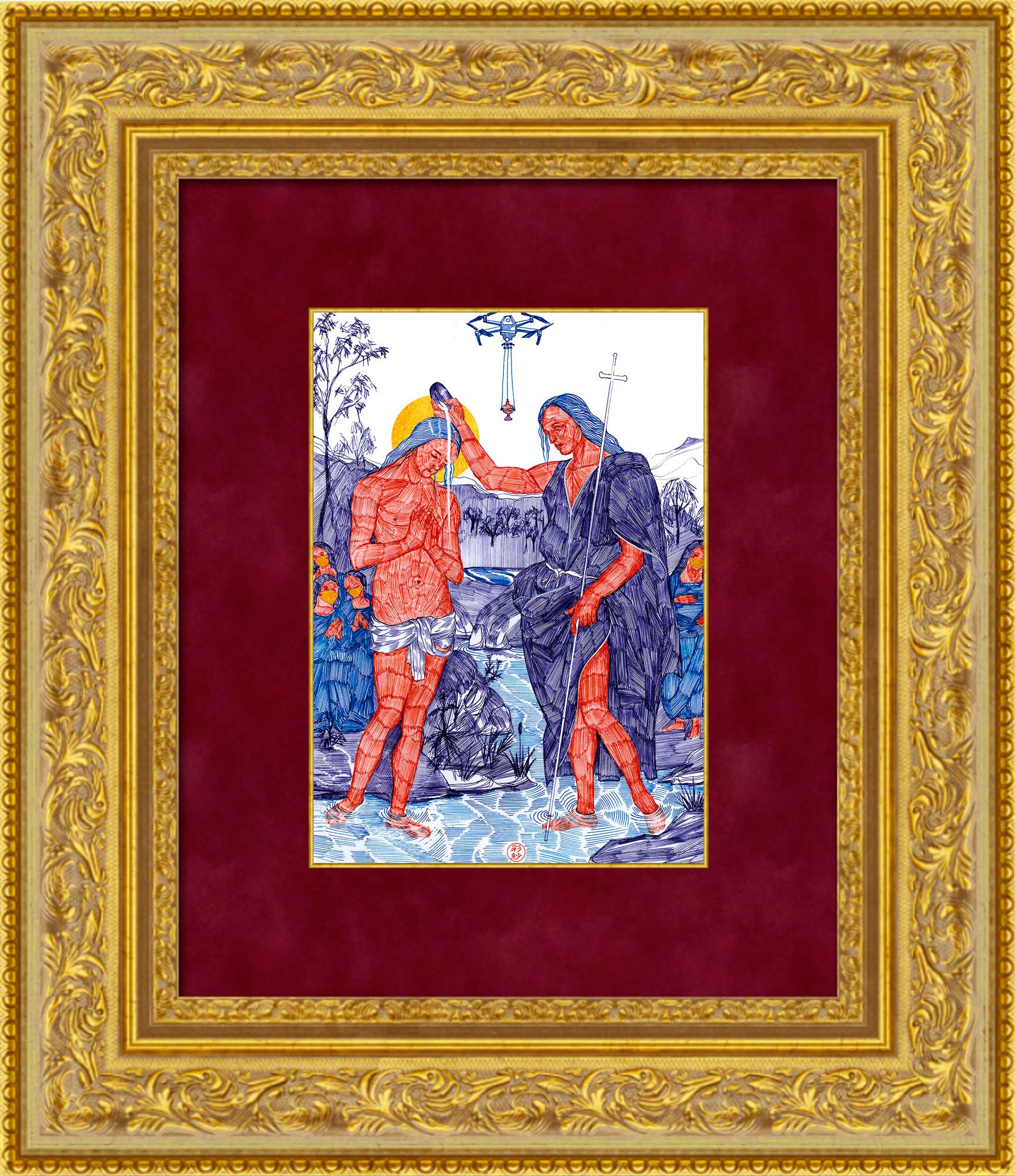 |
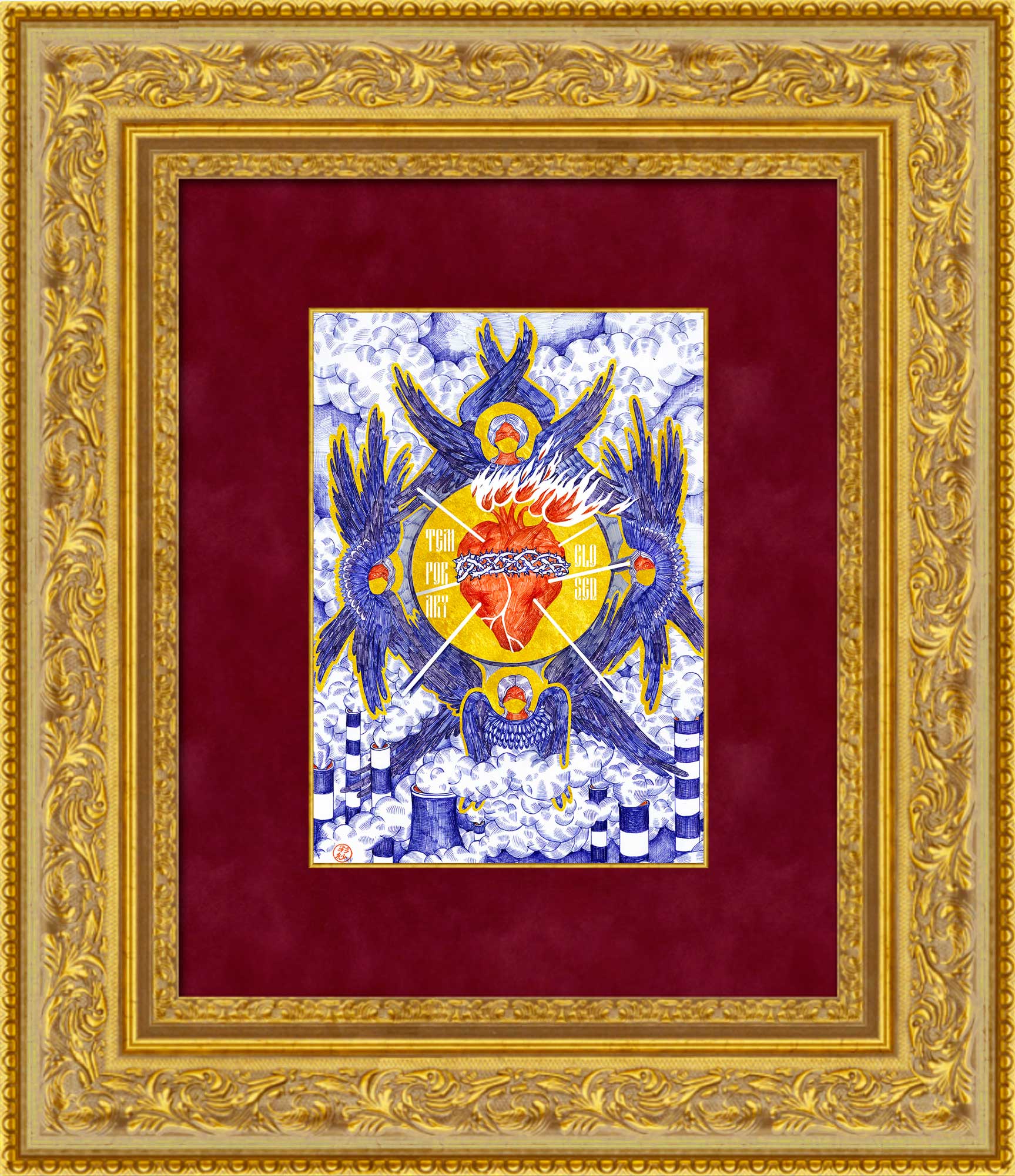 |
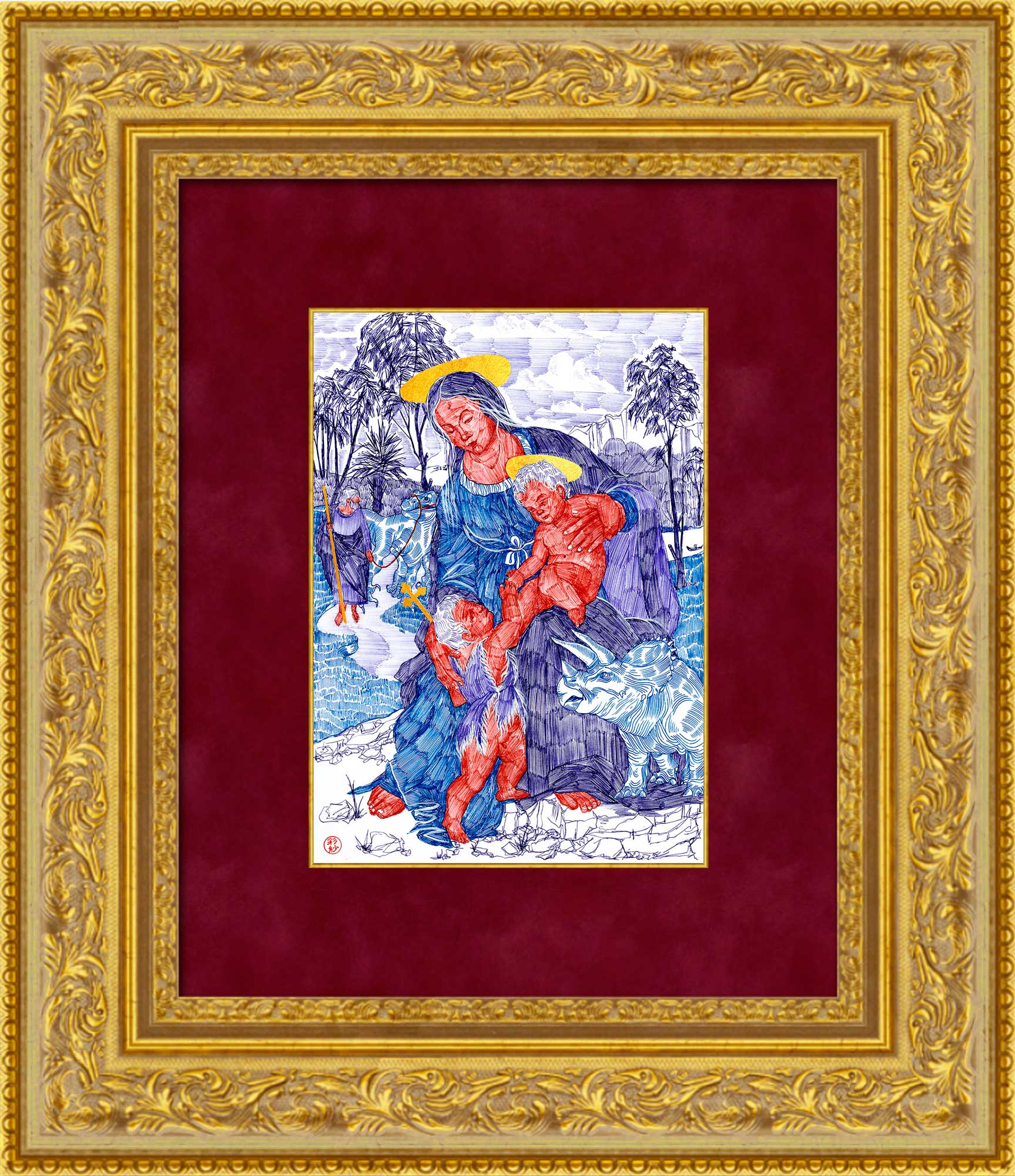 |
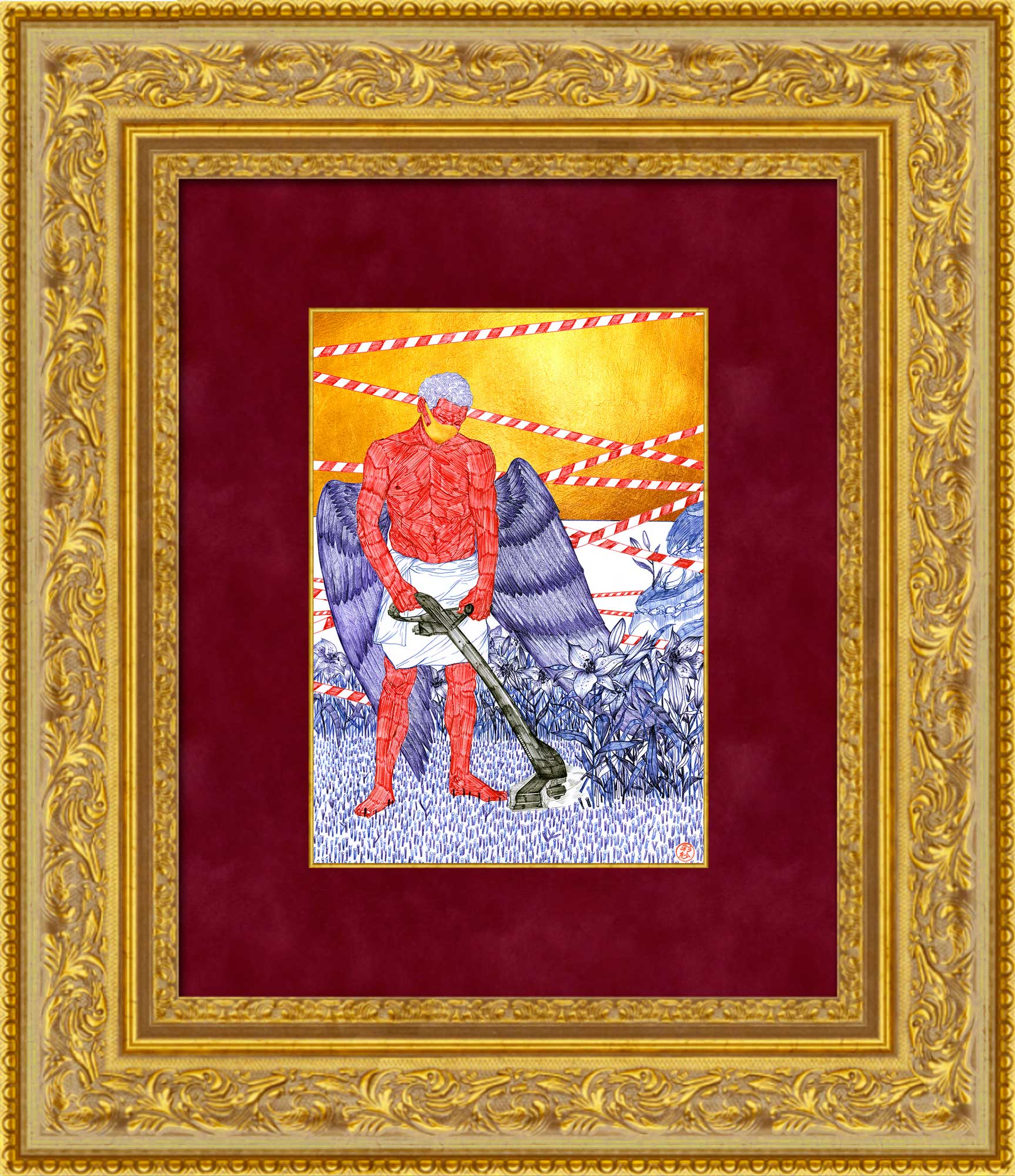 |
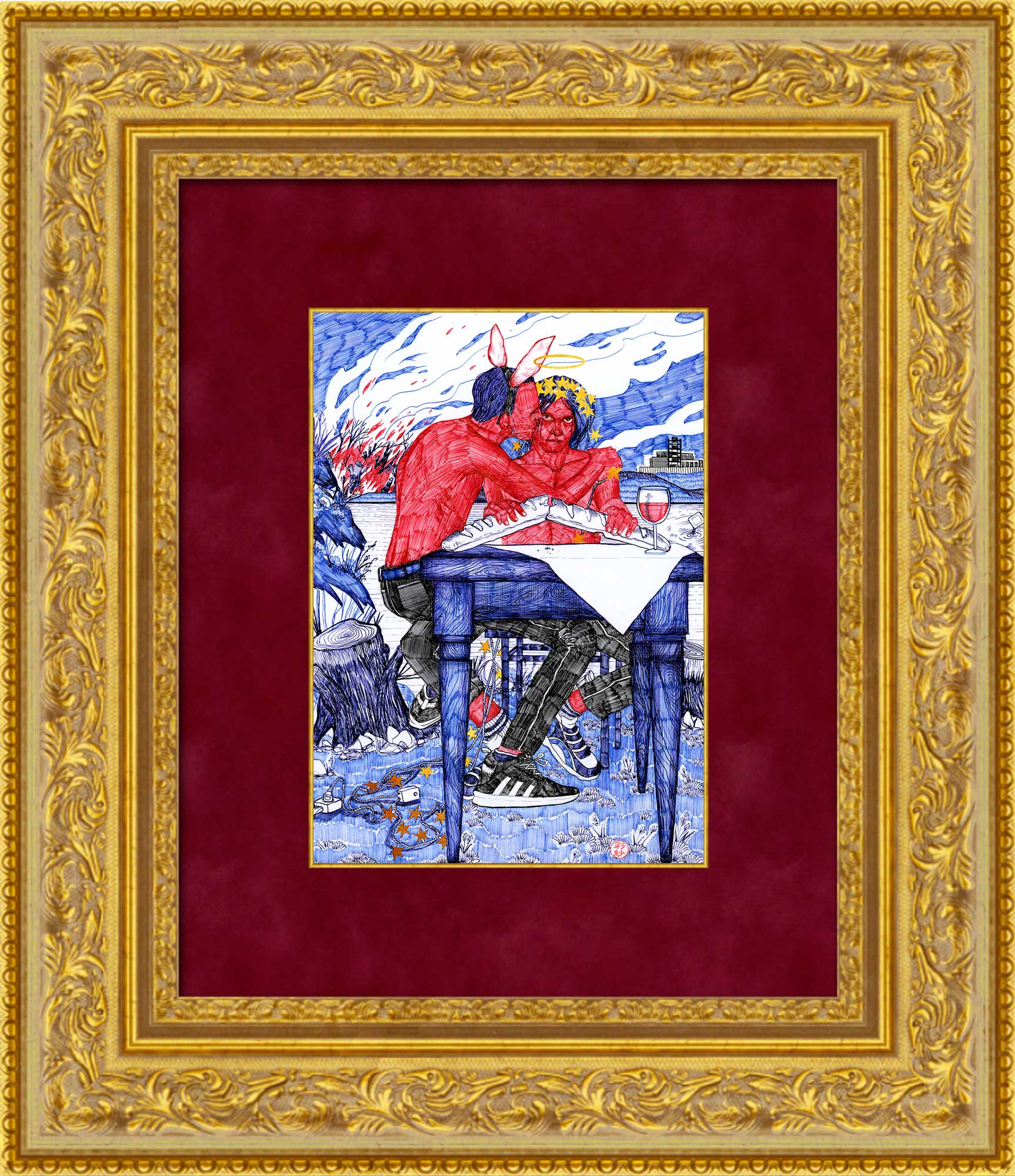 |
 |
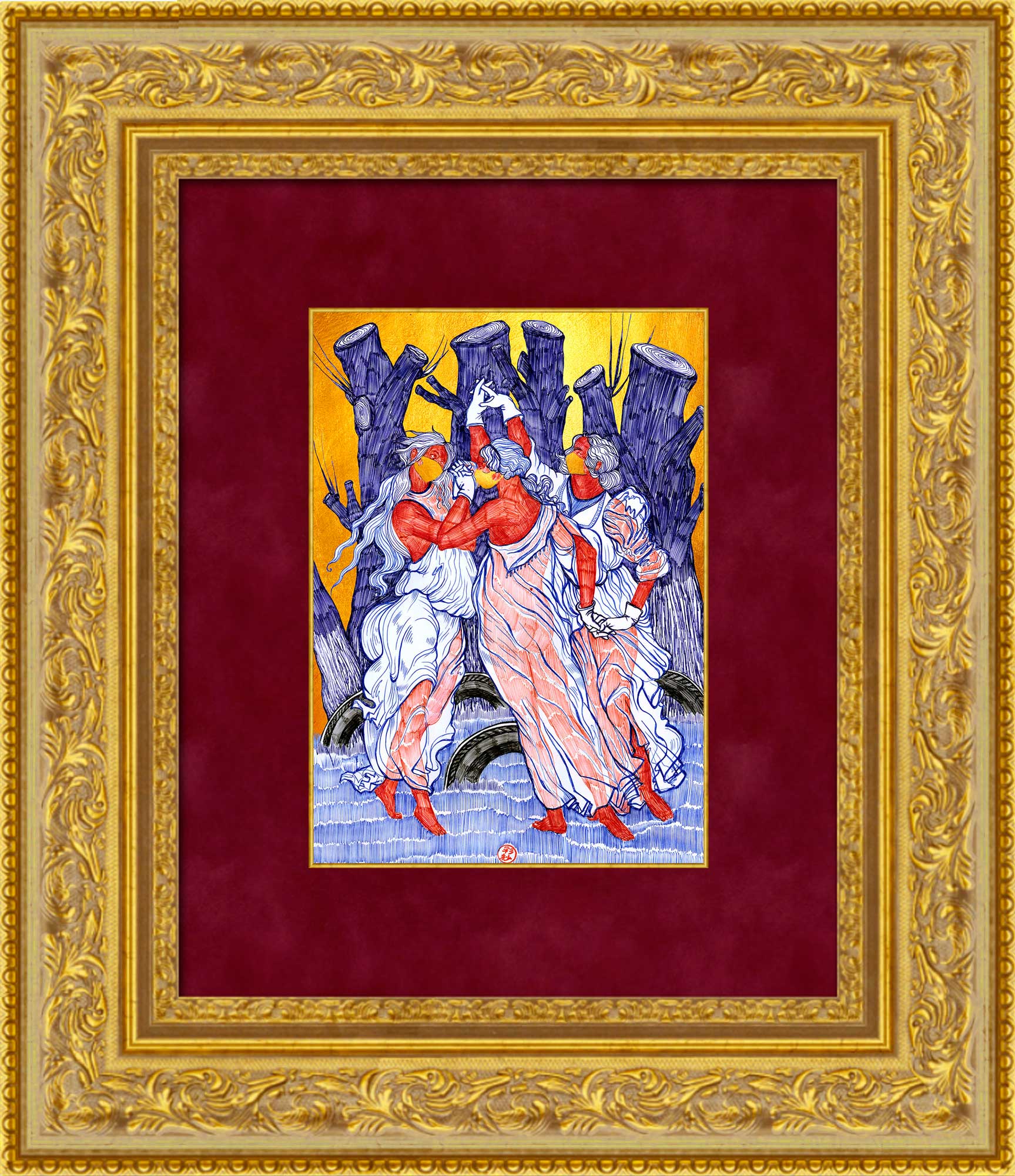 |
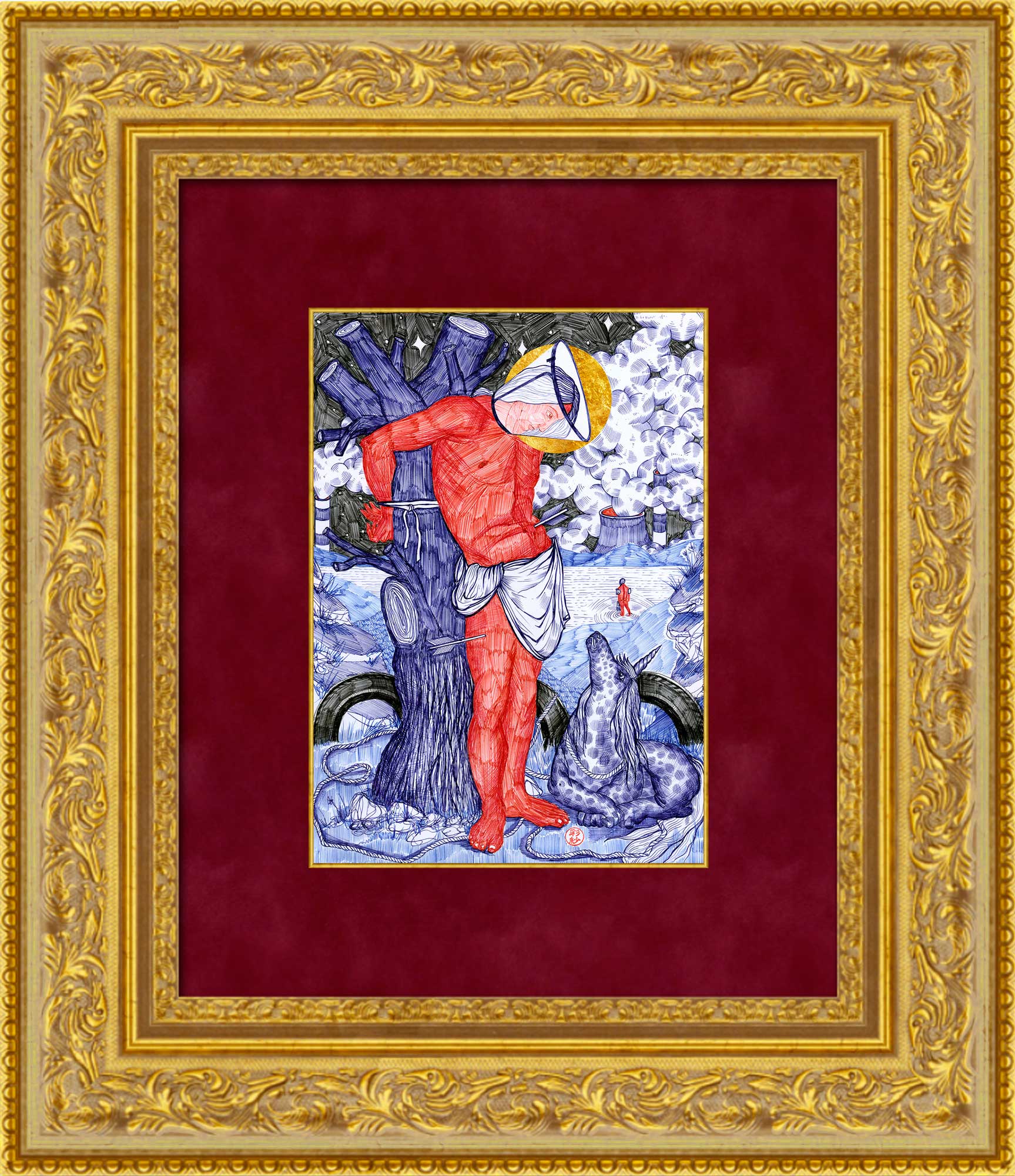 |
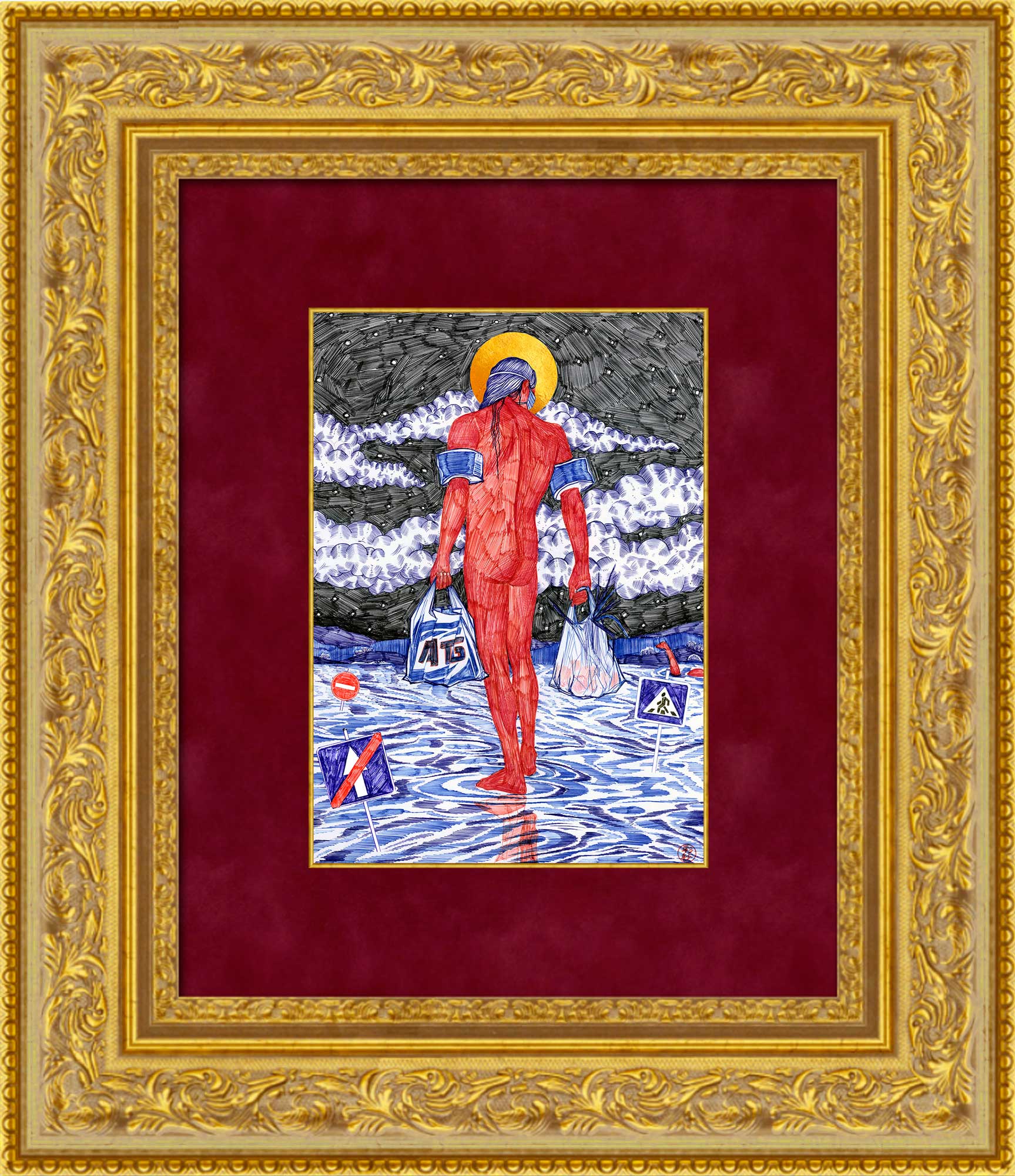 |
 |
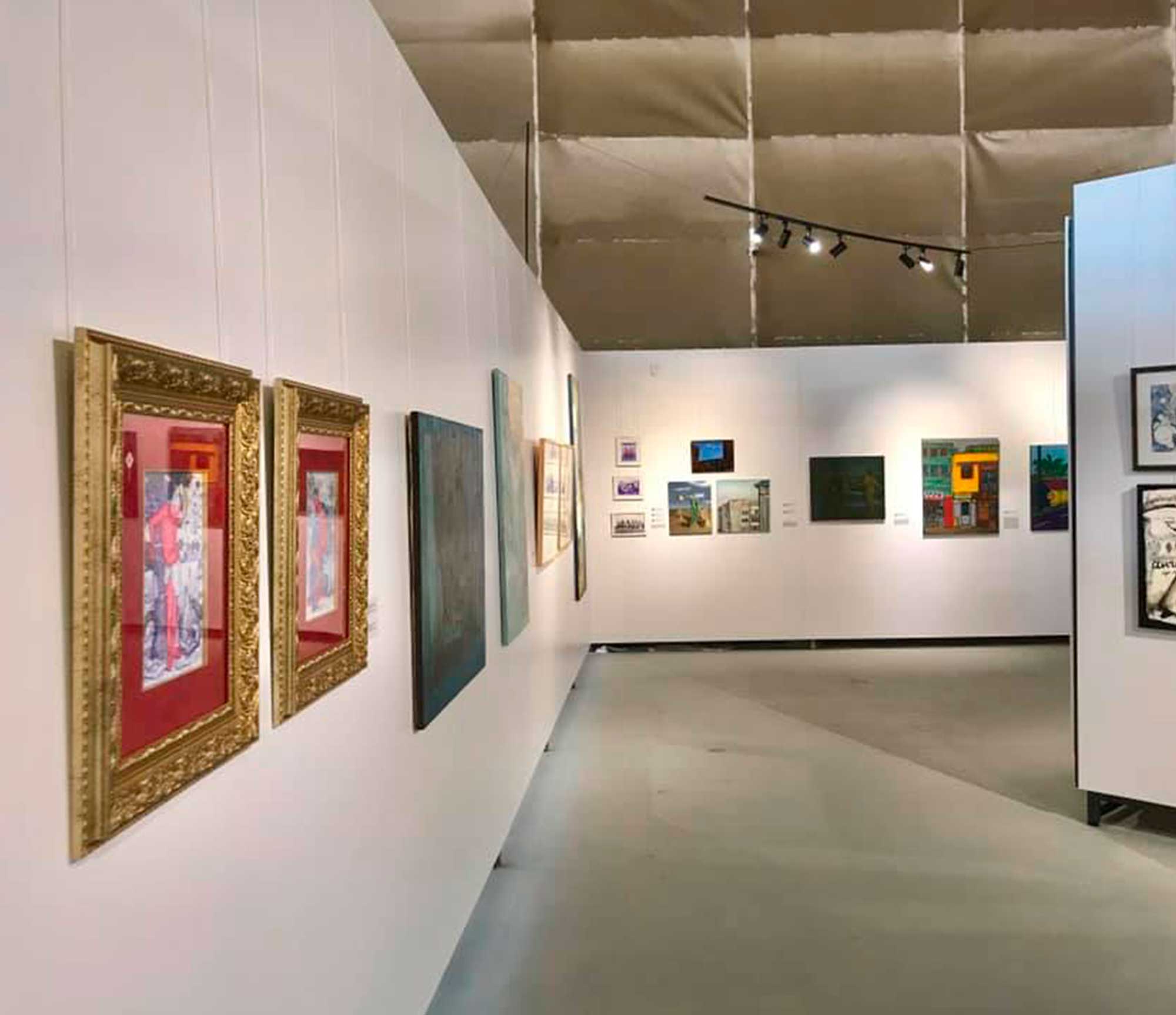 |
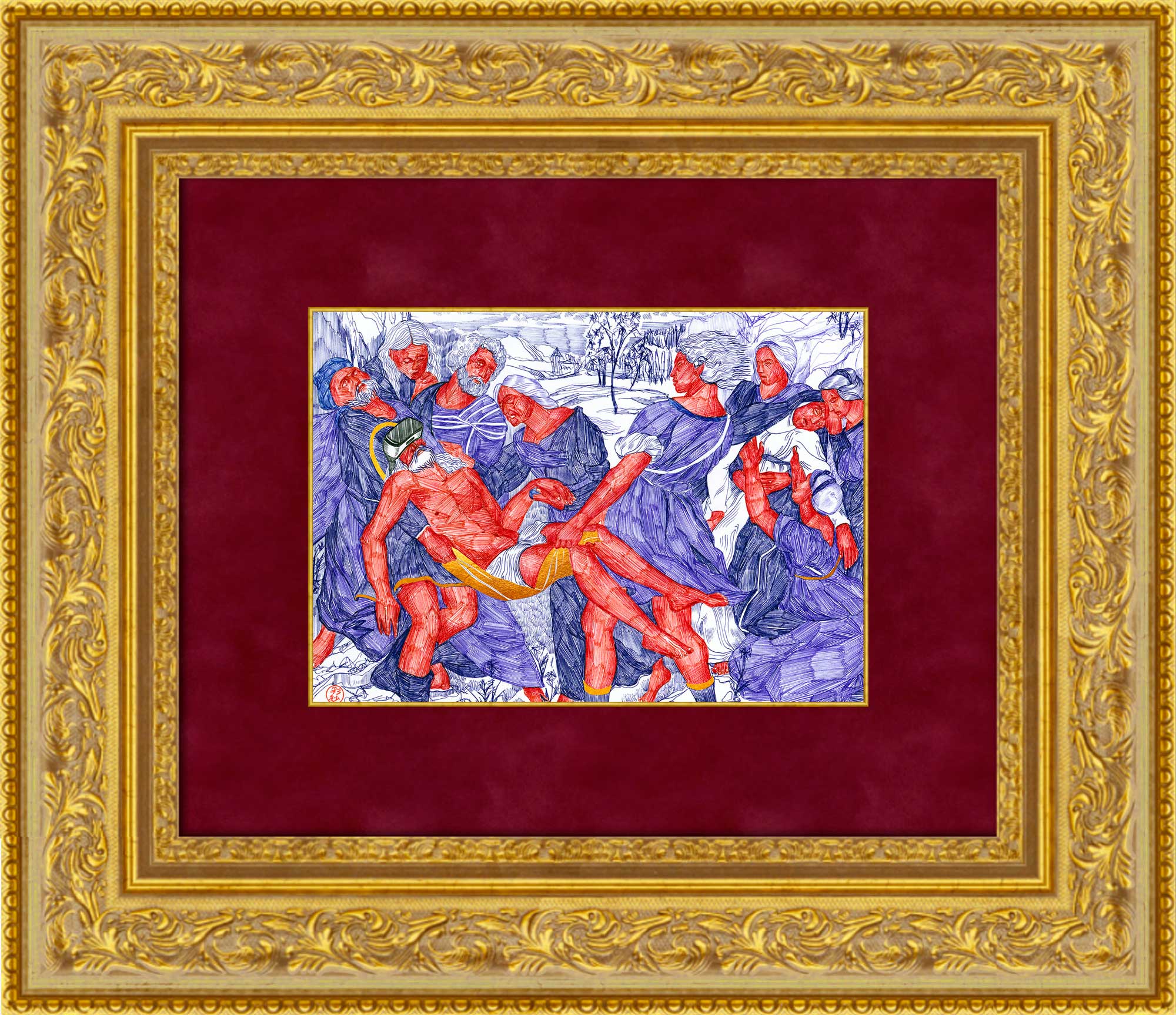 |
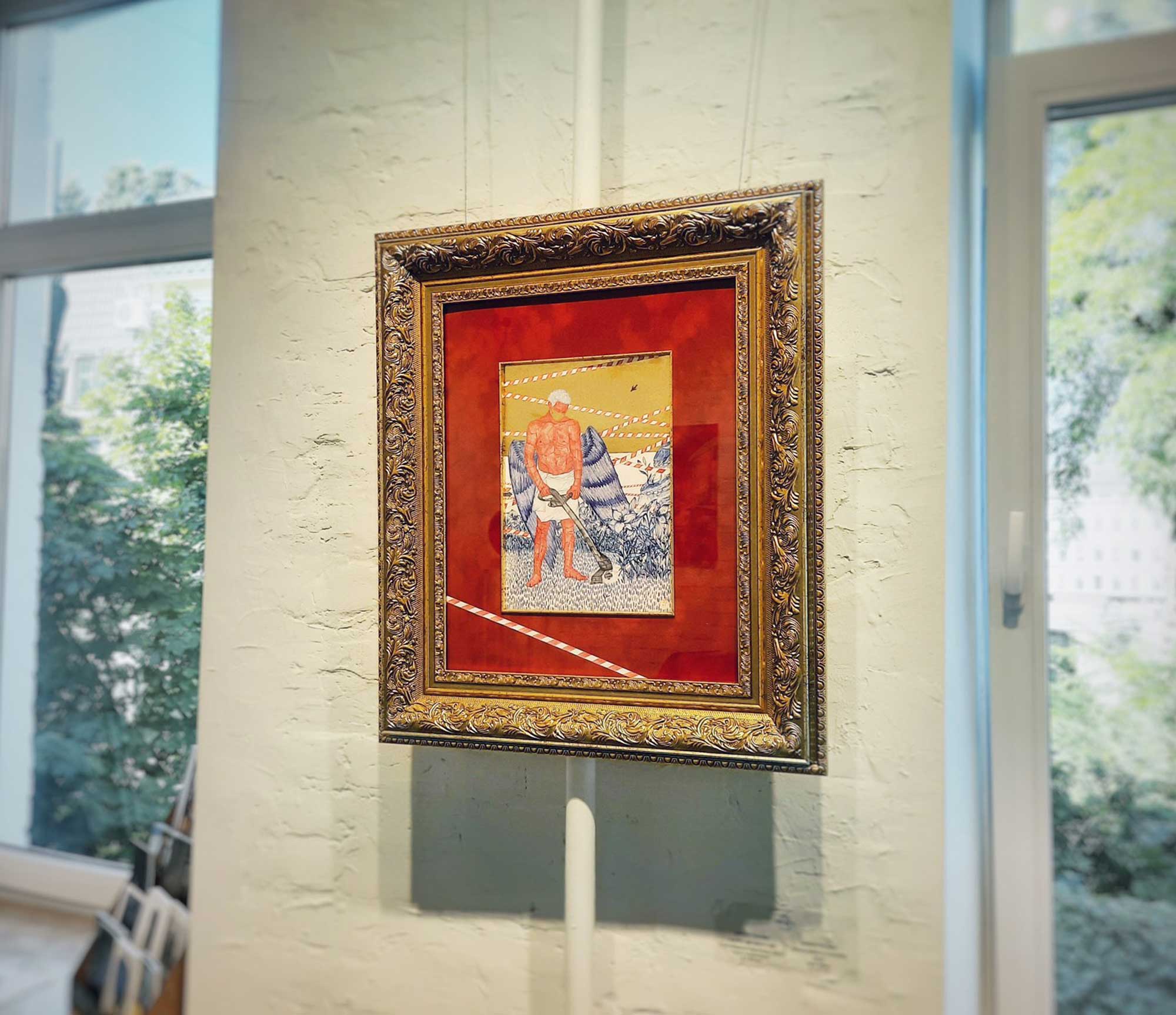 |
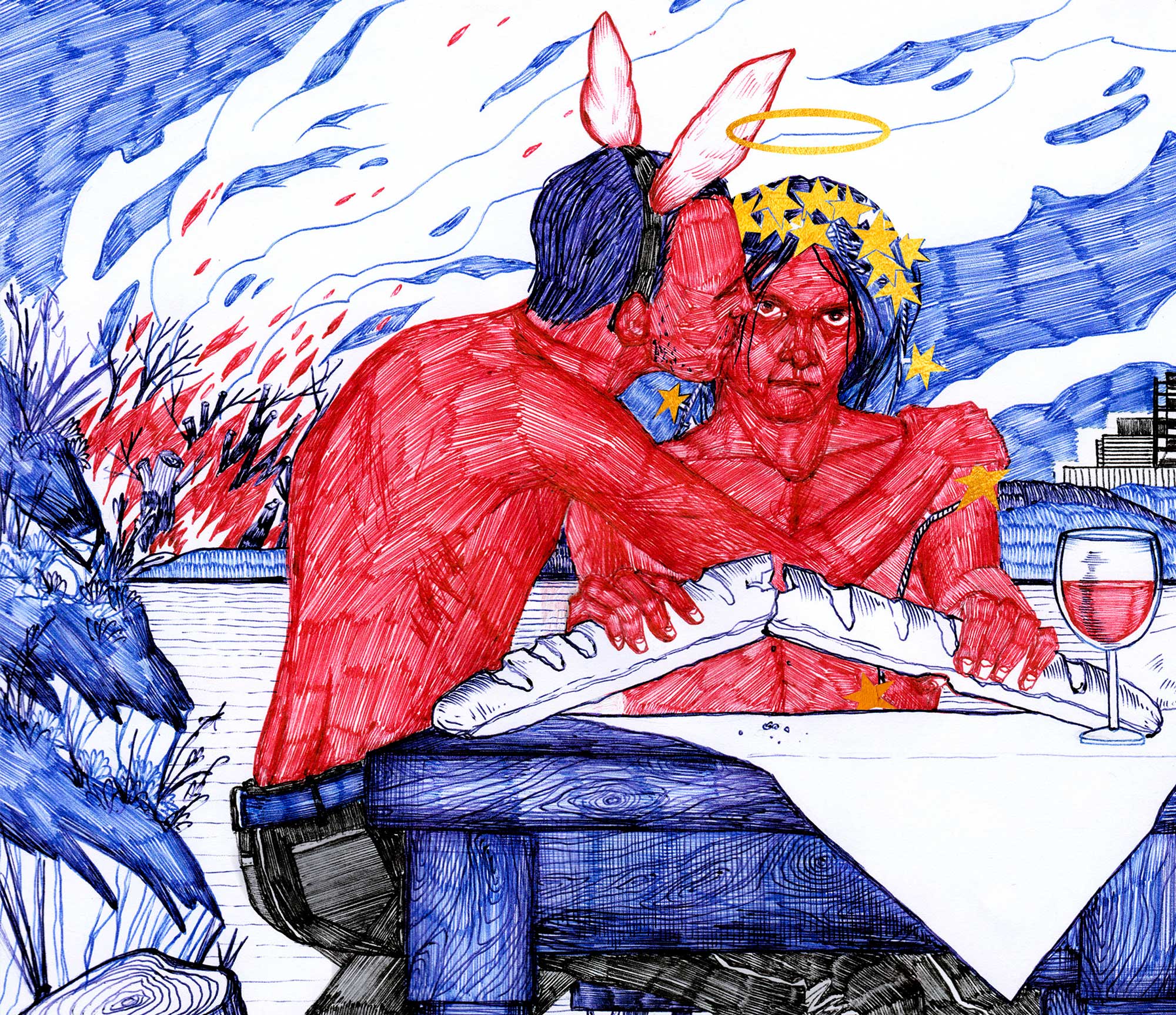 |
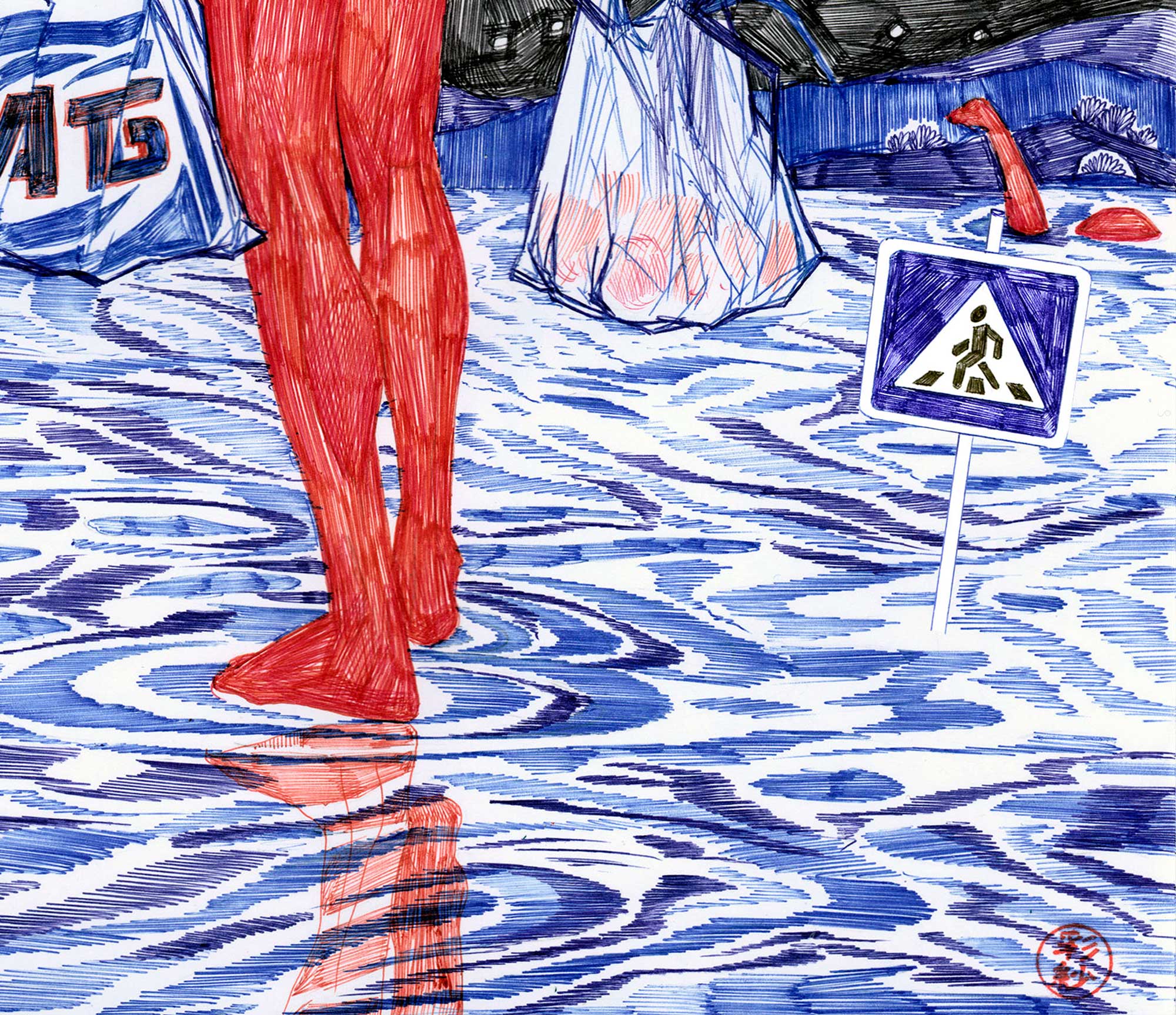 |
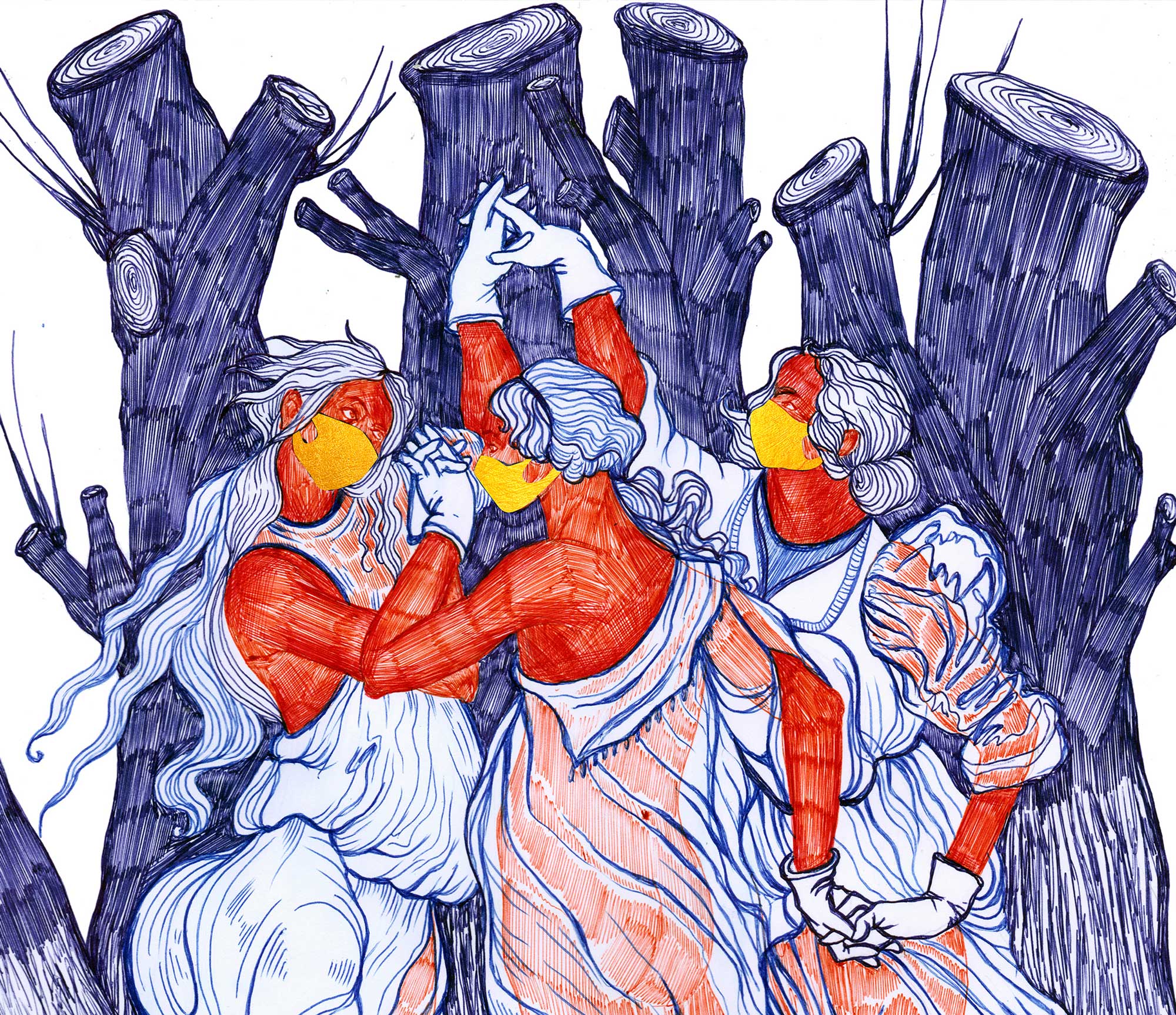 |
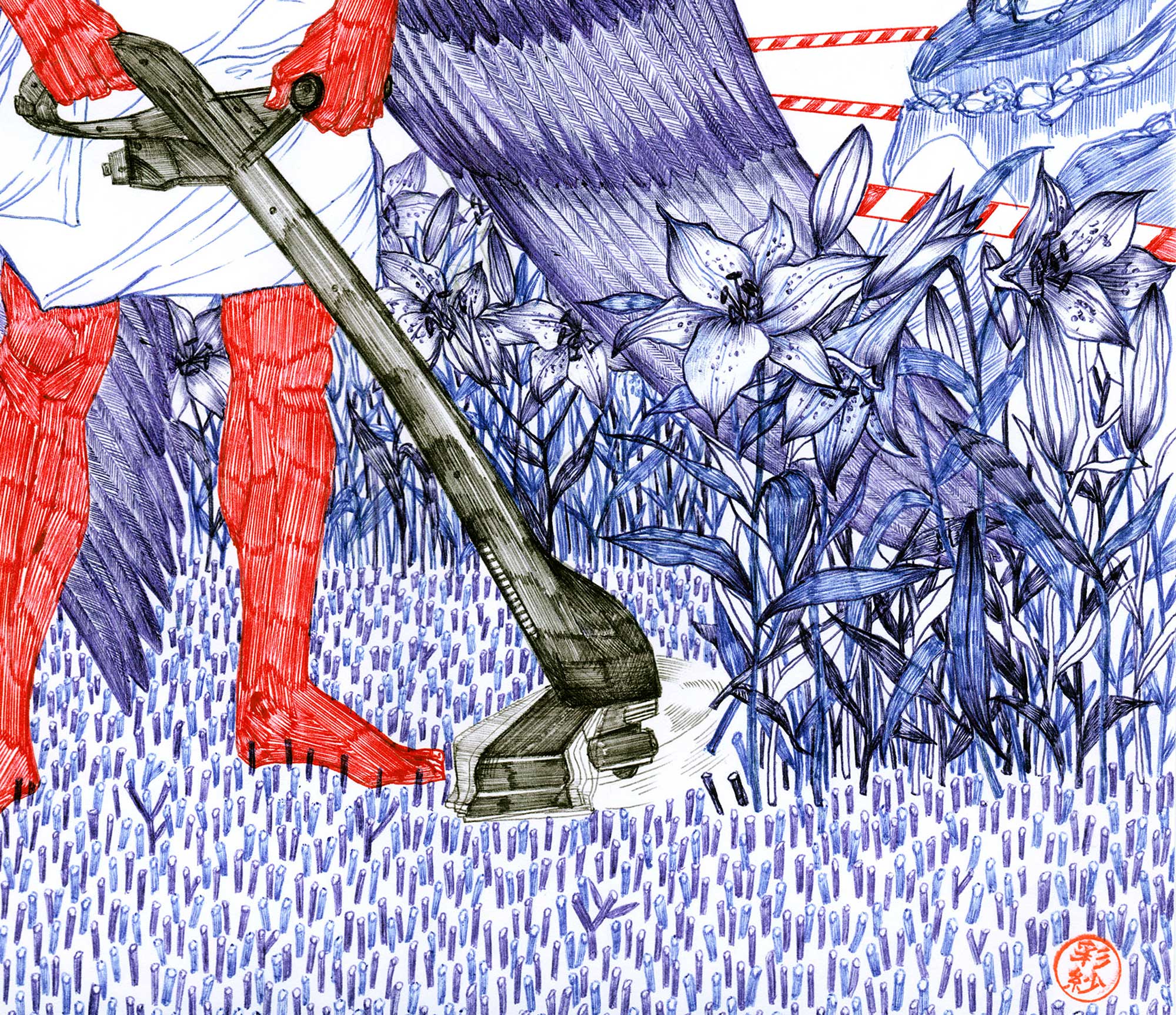 |
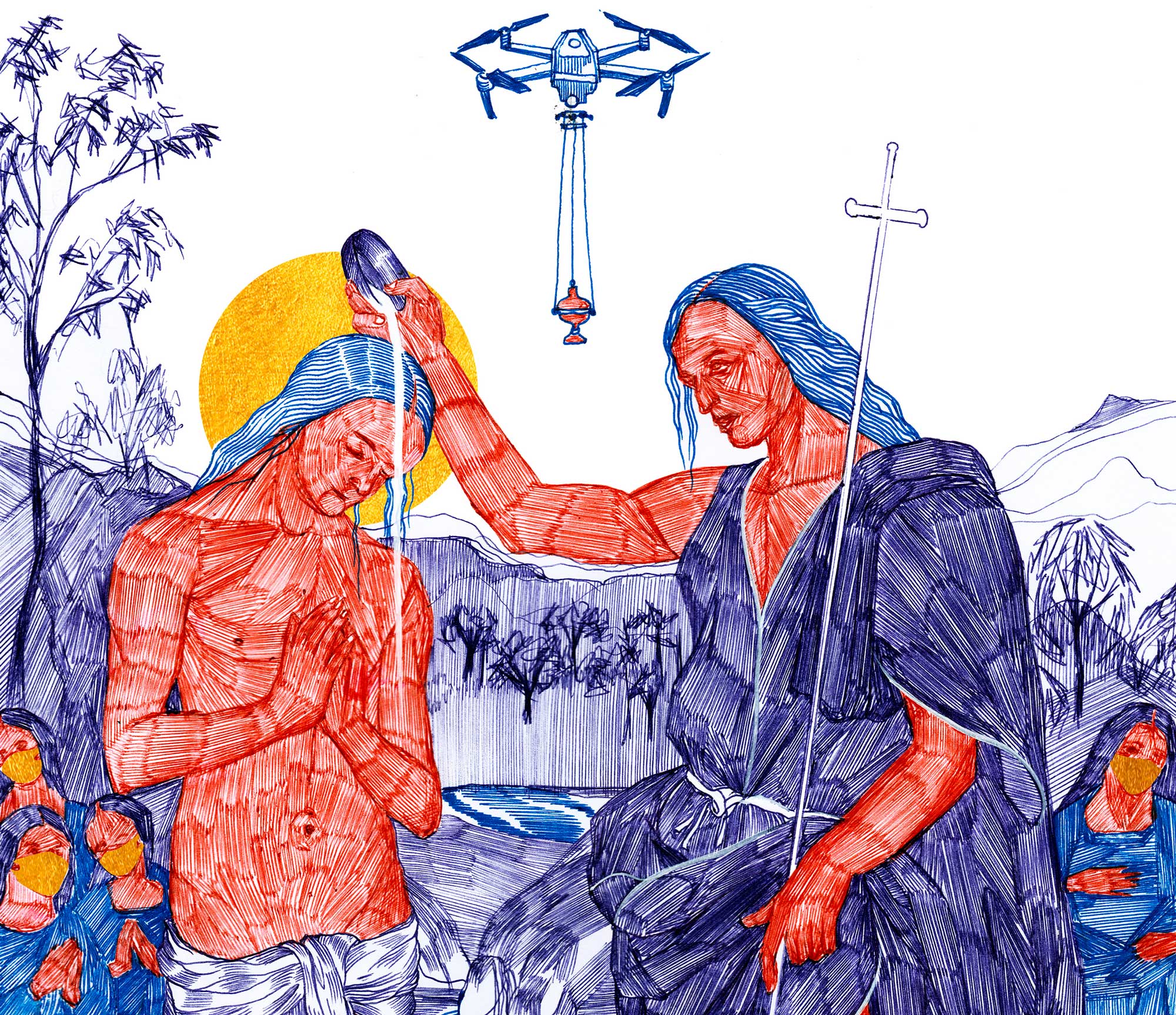 |
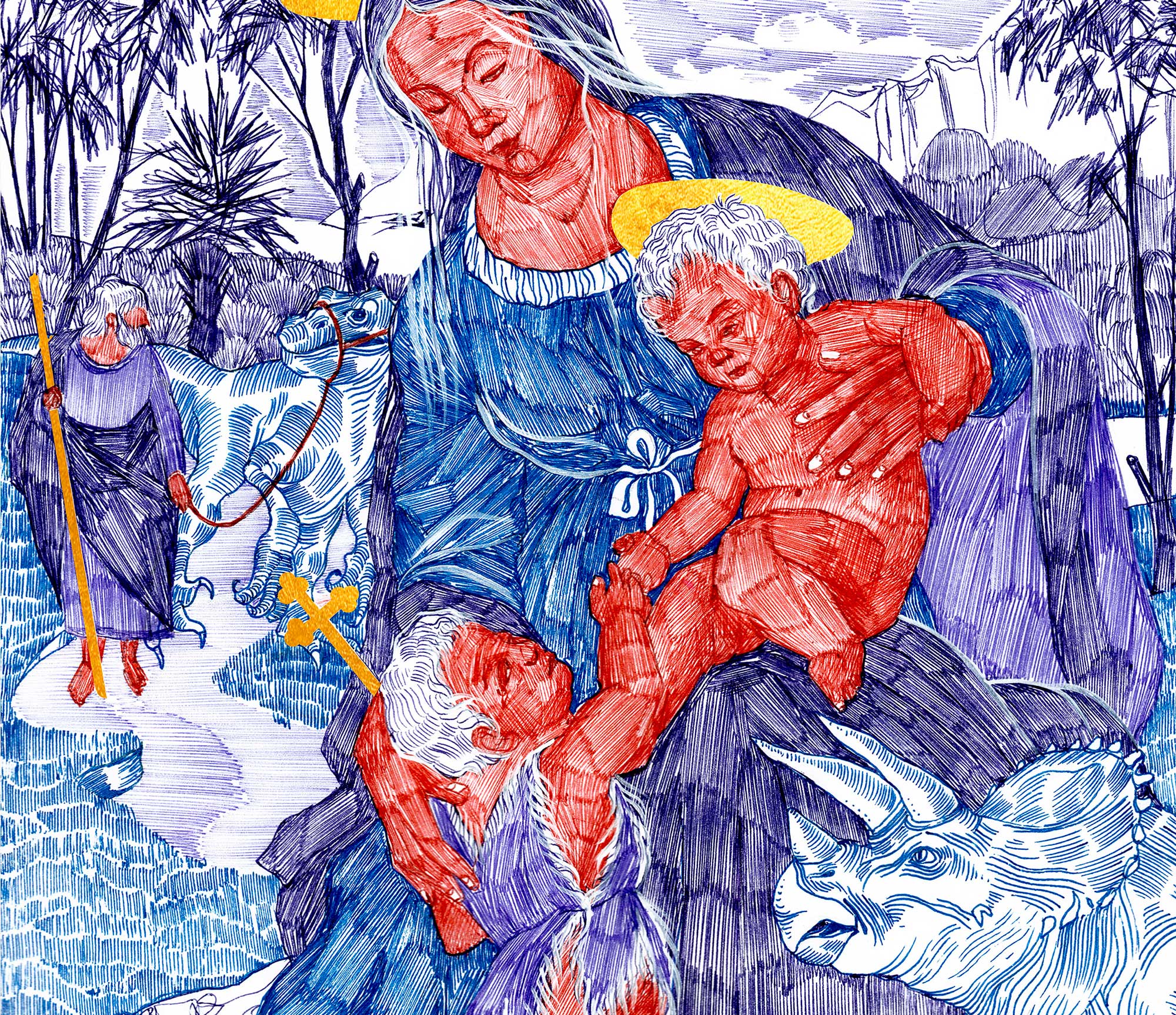 |
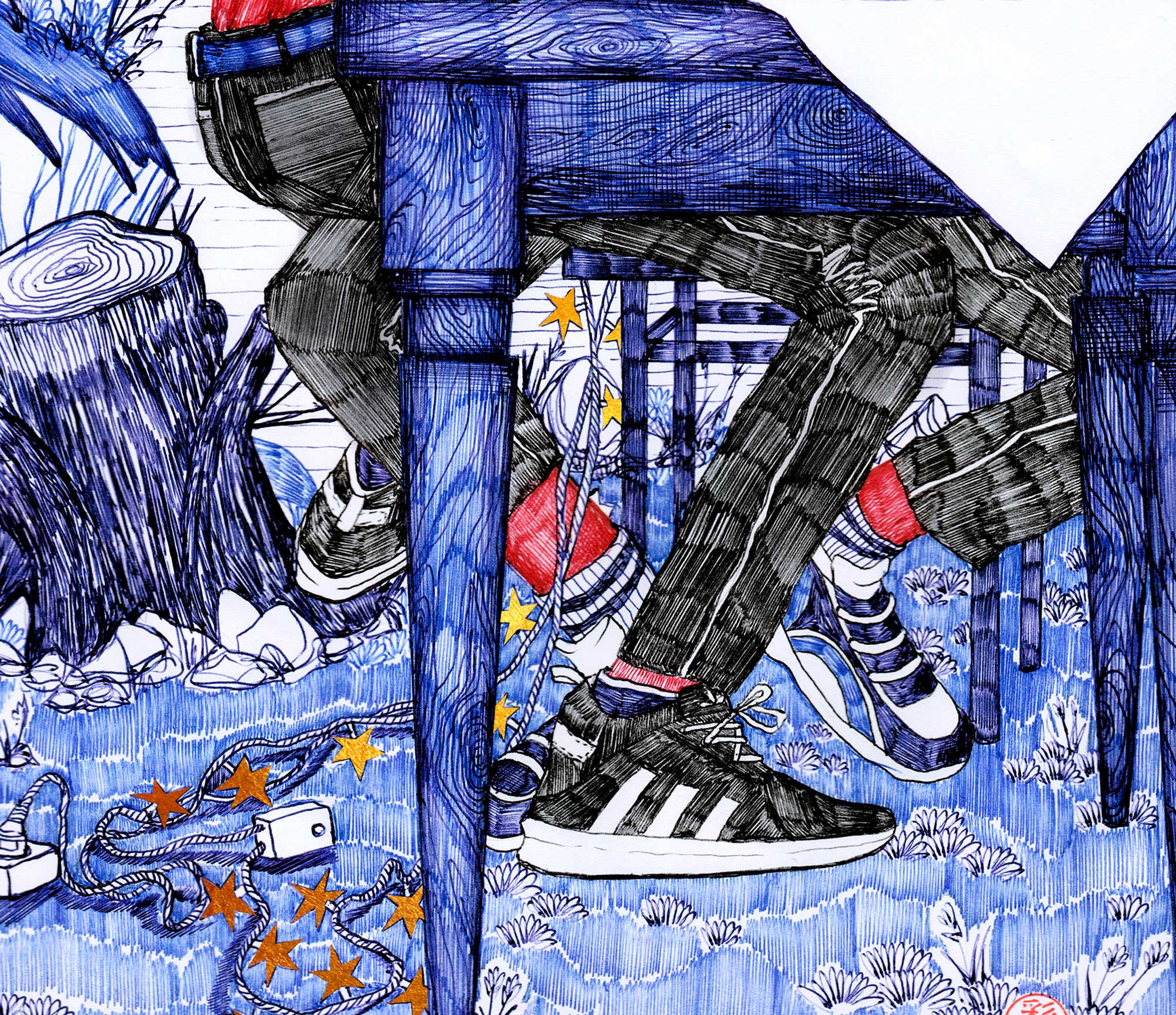 |
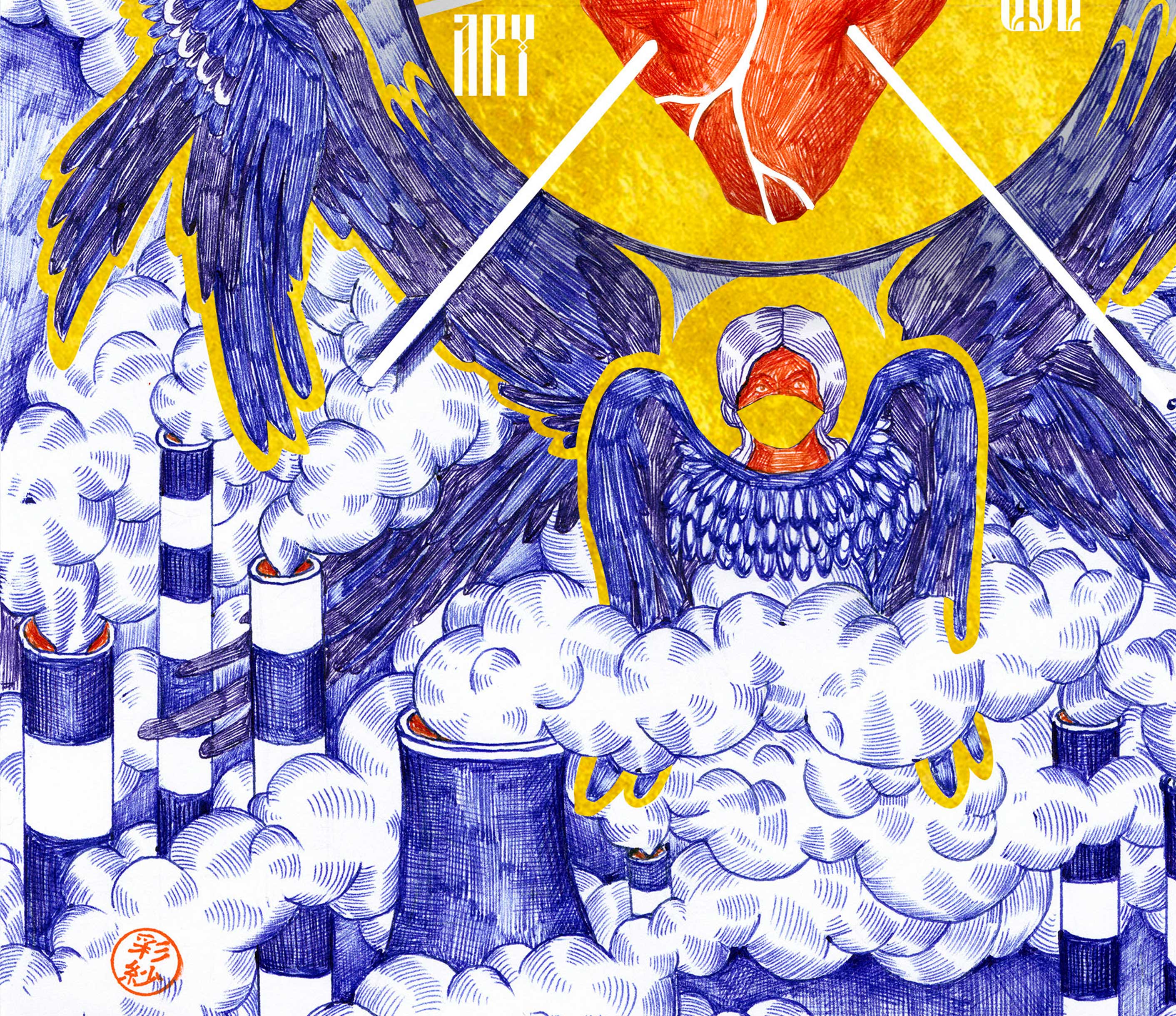 |
|
Project: #sparkling2020
At all times, the genre of still life has always been considered relatively "genre bas". Why? Because to convey a deep meaning through a symbolic method is not only difficult for the artist: to "read" all the deep interweaving of meanings for the observer is also a difficult intellectual challenge. I believe in a thinking person, so I invite the viewer to think about our common future language of modern still life.What we do, what world we live in and what we leave behind. Curator statement: "Still life genre in visual arts exists for more than five centuries. During these years many styles and media were changed. Started in Netherlandish paintings in the 16th century this genre spreaded all over the globe, became one of the main genres in fine art paintings, graphics, photography and mixed media. In most of Roman languages this genre is called “Dead Nature” (Nature Morte in French, Natura Morta in Italian, Naturaleza Muerta in Spanish, Natureza-morta in Portuguese). On the contrary German languages call it “Still Life” (Still Life in English, Stillleben in German, Stilleven in Dutch, Stilleben in Danish, Swedish and Norwegian). This opposite approach to the name of this genre (life or death) causes us to see still life artworks from different angles: as an image of something that once was alive and now is dead, or as something alive but immobile and motionless. In this exhibition artists who create in different fields of visual arts: photography, painting, drawing, collages and mixed techniques are participating in this discussion by creating images of objects that can be observed from different points of view as alive or dead ones. Maria Rosenblatt https://www.beamcollective.net/nature-morte Exhibitions: "Nature: Morte?" by Beam Collective, Tel Aviv, Israel (2020) Florence Contemporary gallery catalogue, 2020 | |
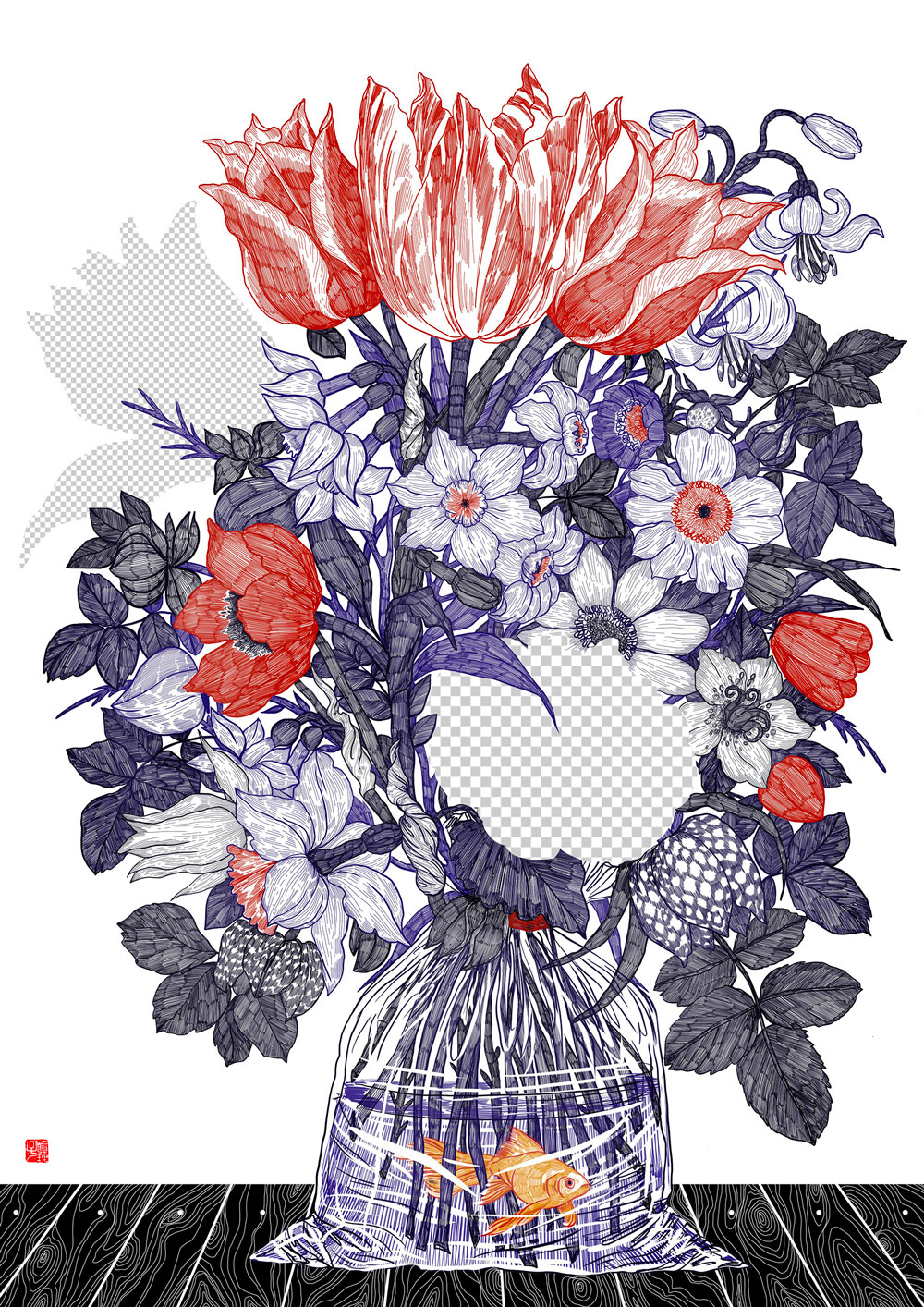 |
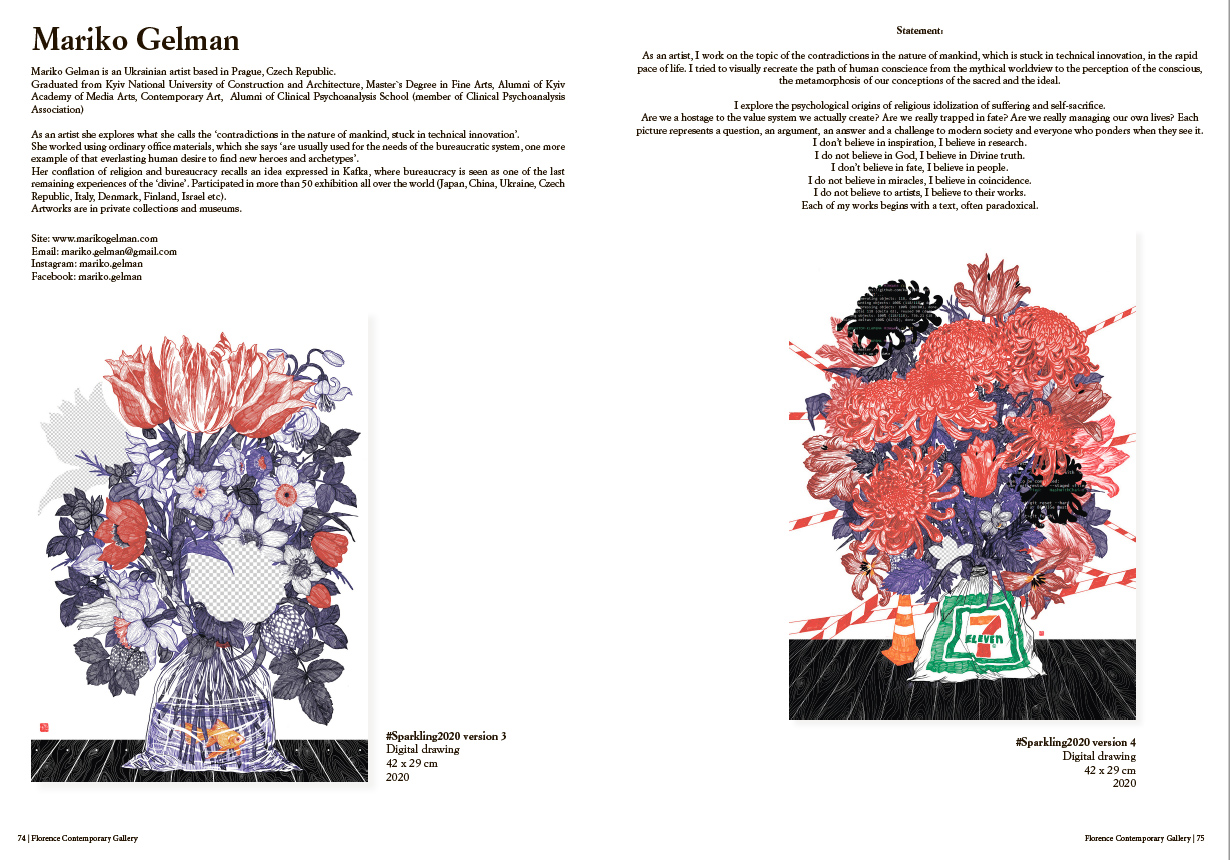 |
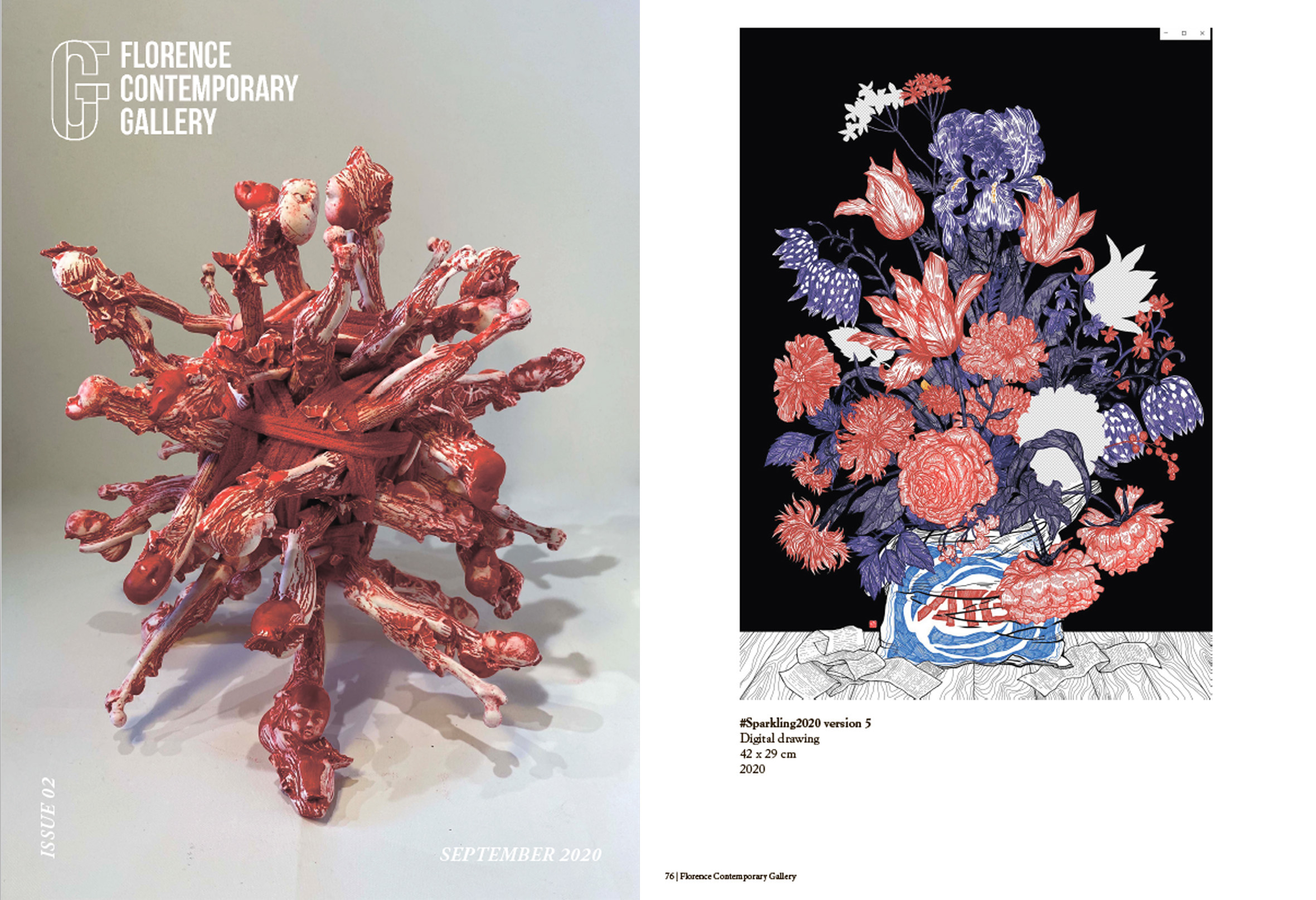 |
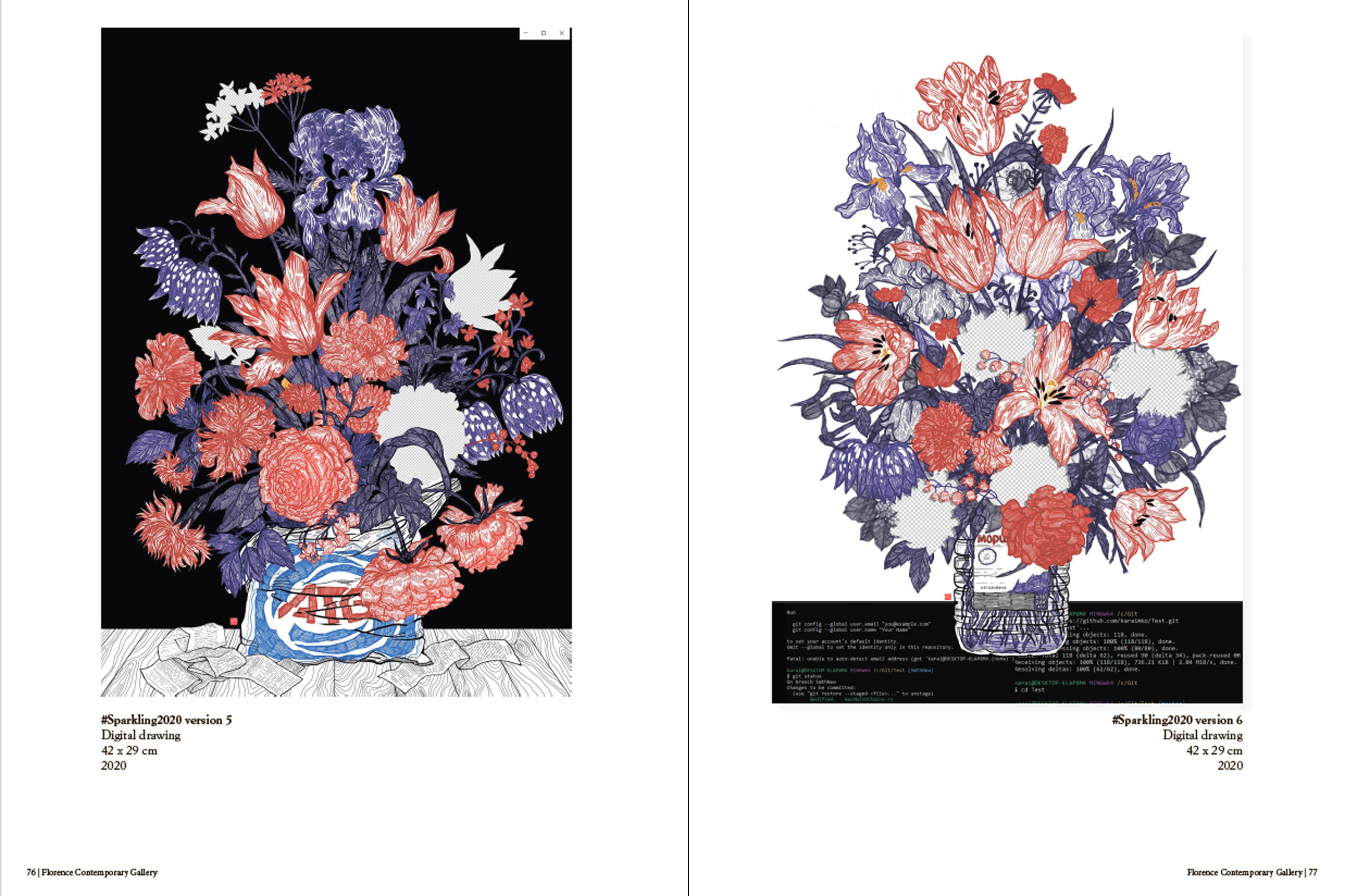 |
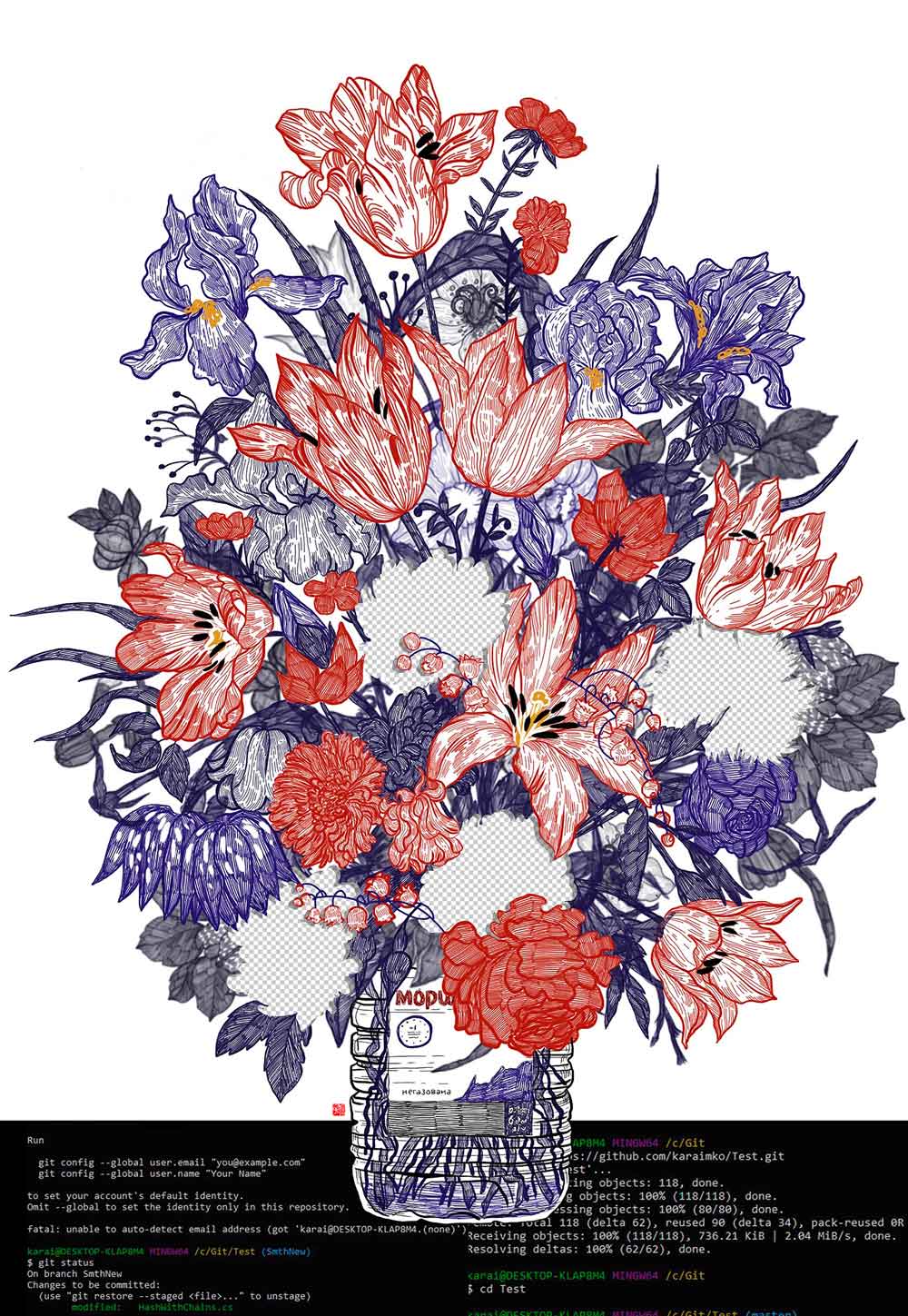 |
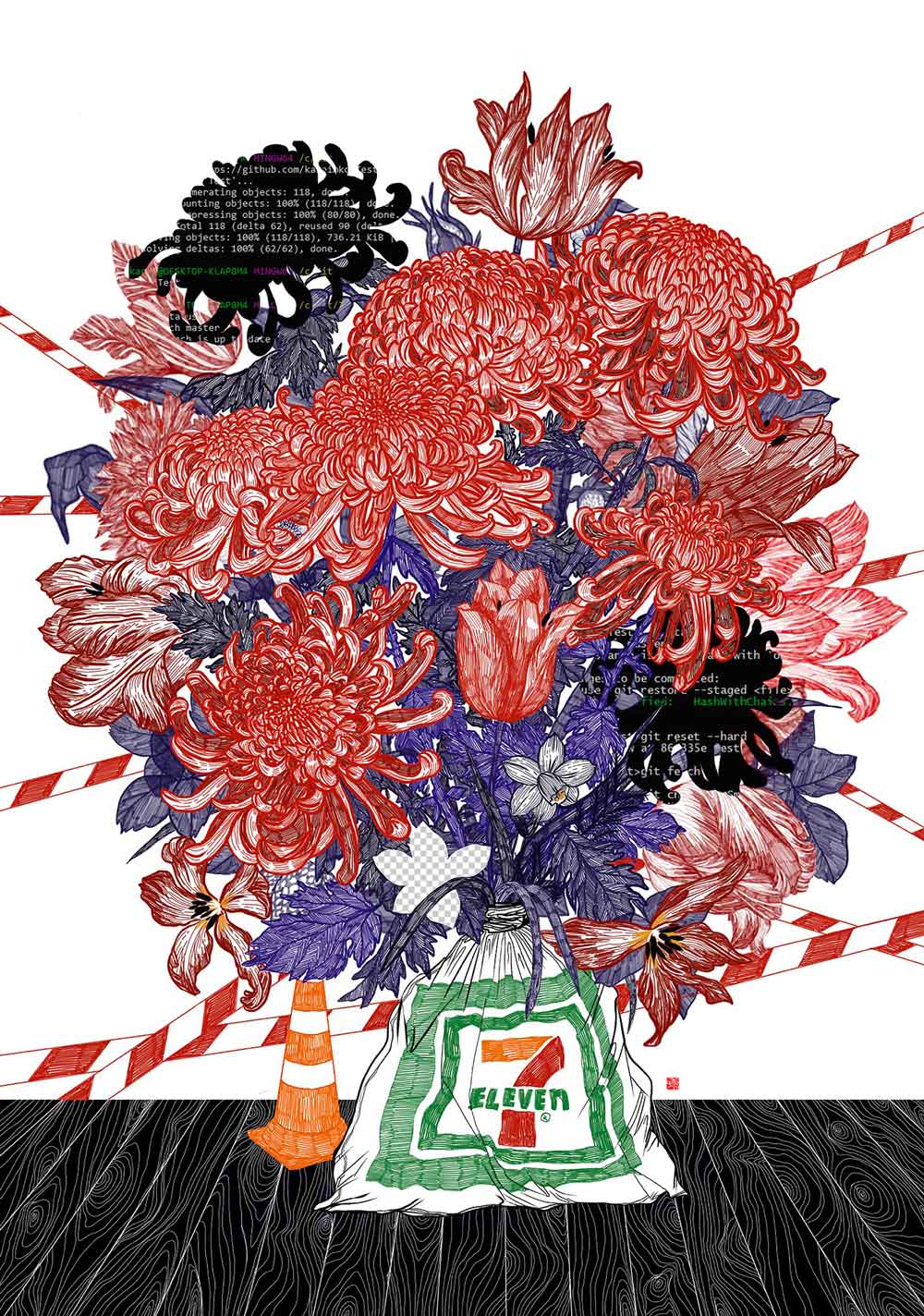 |
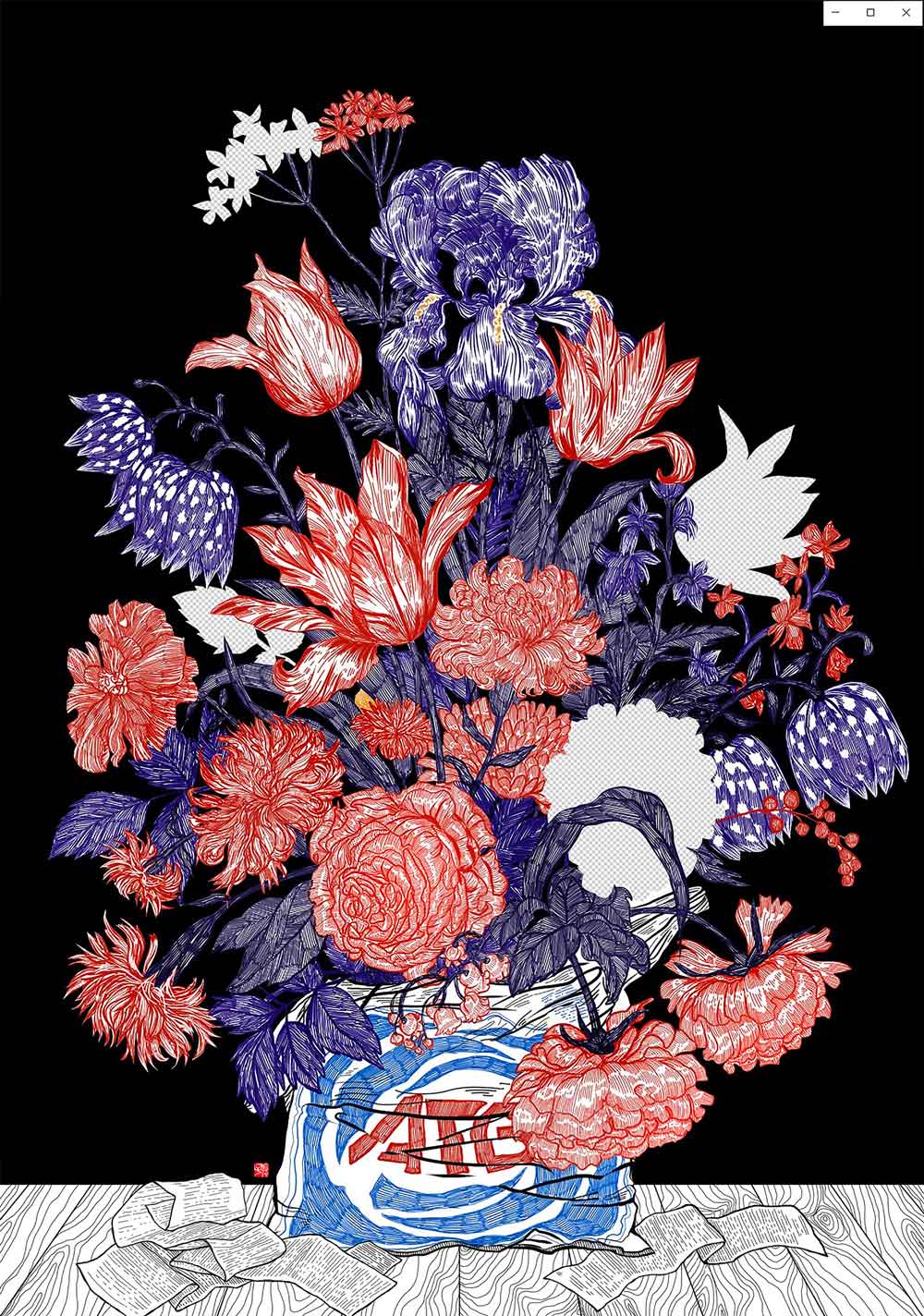 |
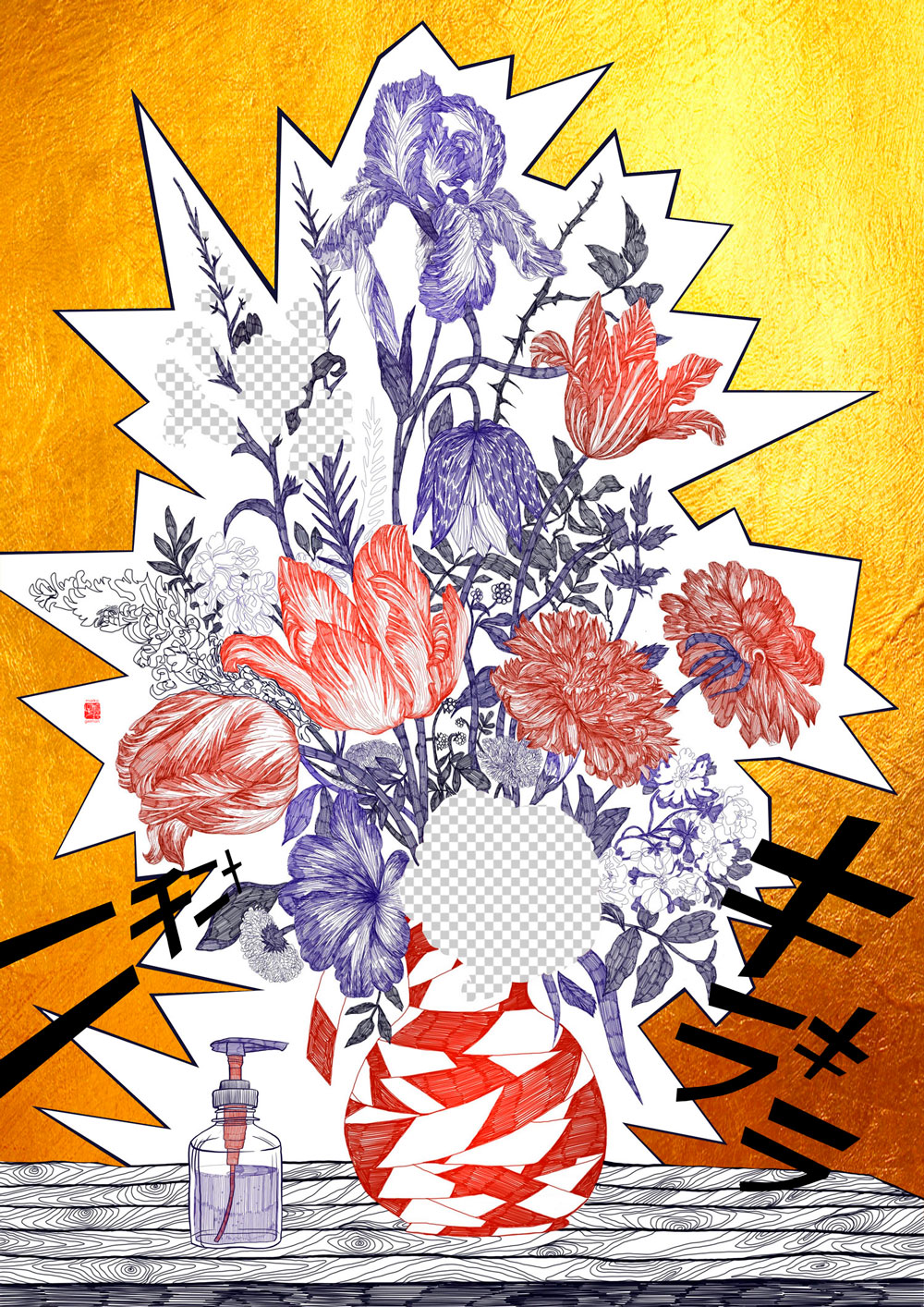 |
Project: Embriogenesis
The series “Kyiv Landscape. Embryogenesis” is being created as a research of the urbanistic expansion of Kyiv city landscape. acryl on canvas, gold leaf, d 90 cm A city landscape is always a result of deep anatomical and physiological processes, from a spontaneous germination of a zygote city, through stages of division and development, to sociogenesis. Researching deep evolution processes of a city and a society, we can observe urban and social regeneration after great disasters (fires, wars, landslides). A typical example of urban phagocytosis and regeneration is a drastic change of the Podil landscape after 1811 fire, an example of “landscape expansion” is the invasion and germination of vessels (1900, the tram line) into Pushcha-Vodytsia and its eventual absorption. An example of functional transfomation of the city’s connective tissue is the replacement of the artificial lake in the park “Chateau des Fleures” by the “Dynamo” stadium. The urban landscape is not static: a research of its historical dynamics allows to see it through the perspective of centuries and to observe the contemporary transformation processes in times of crisis. Presented in gallery Karas gallery, Kyiv, Ukraine (2016), Museum of History of Kyiv (2017). Current location: private collection | |
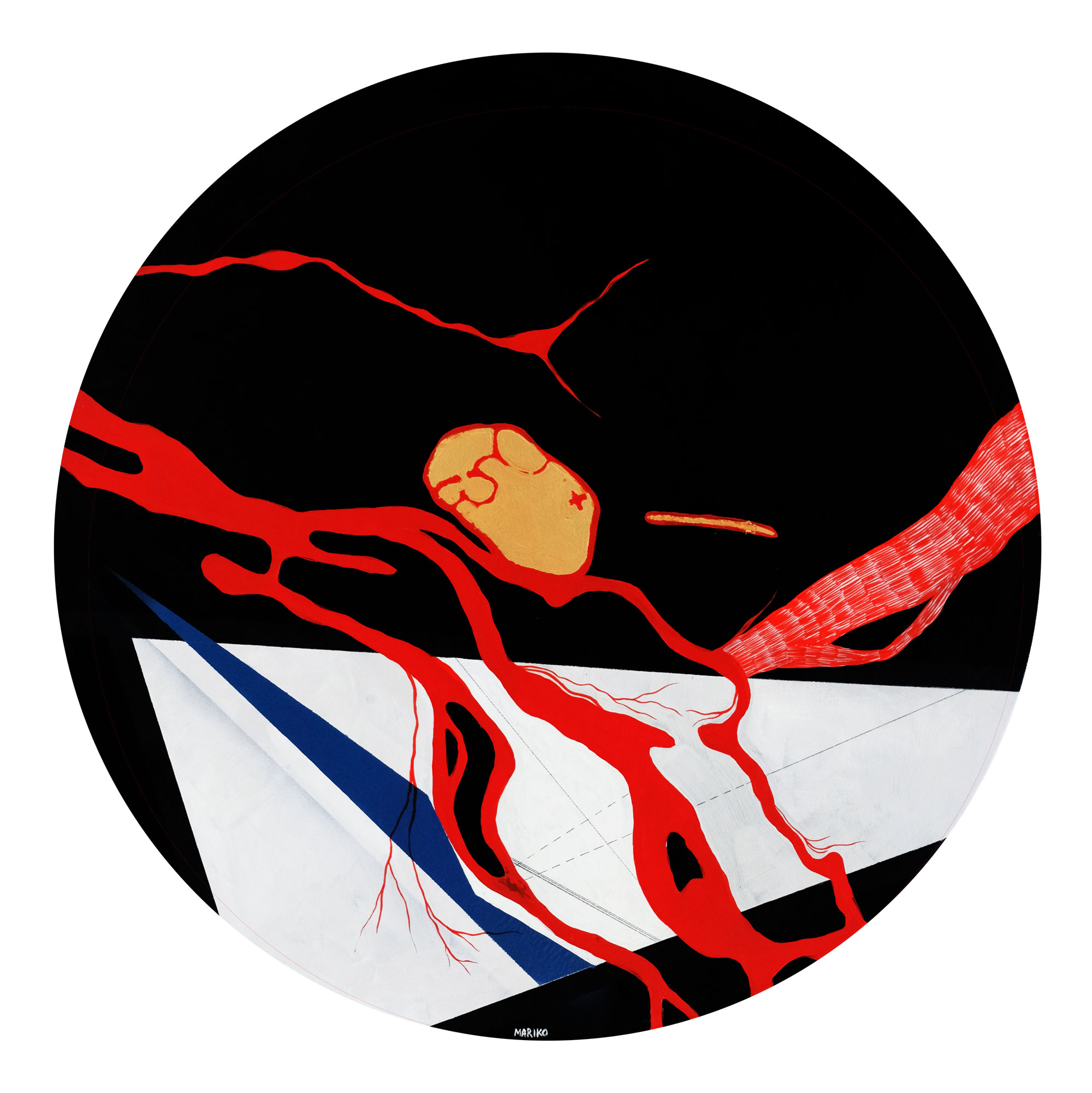 |
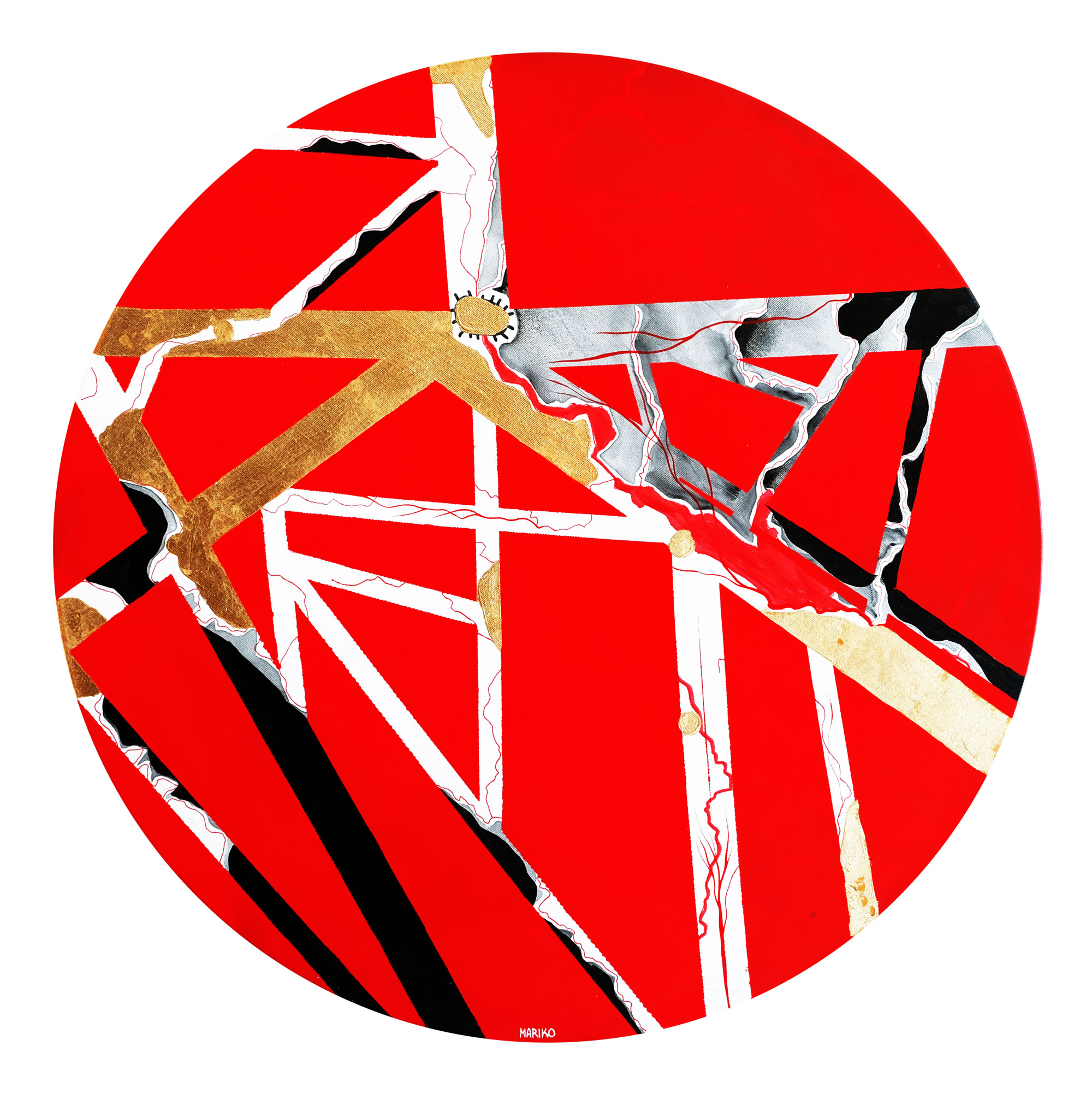 |
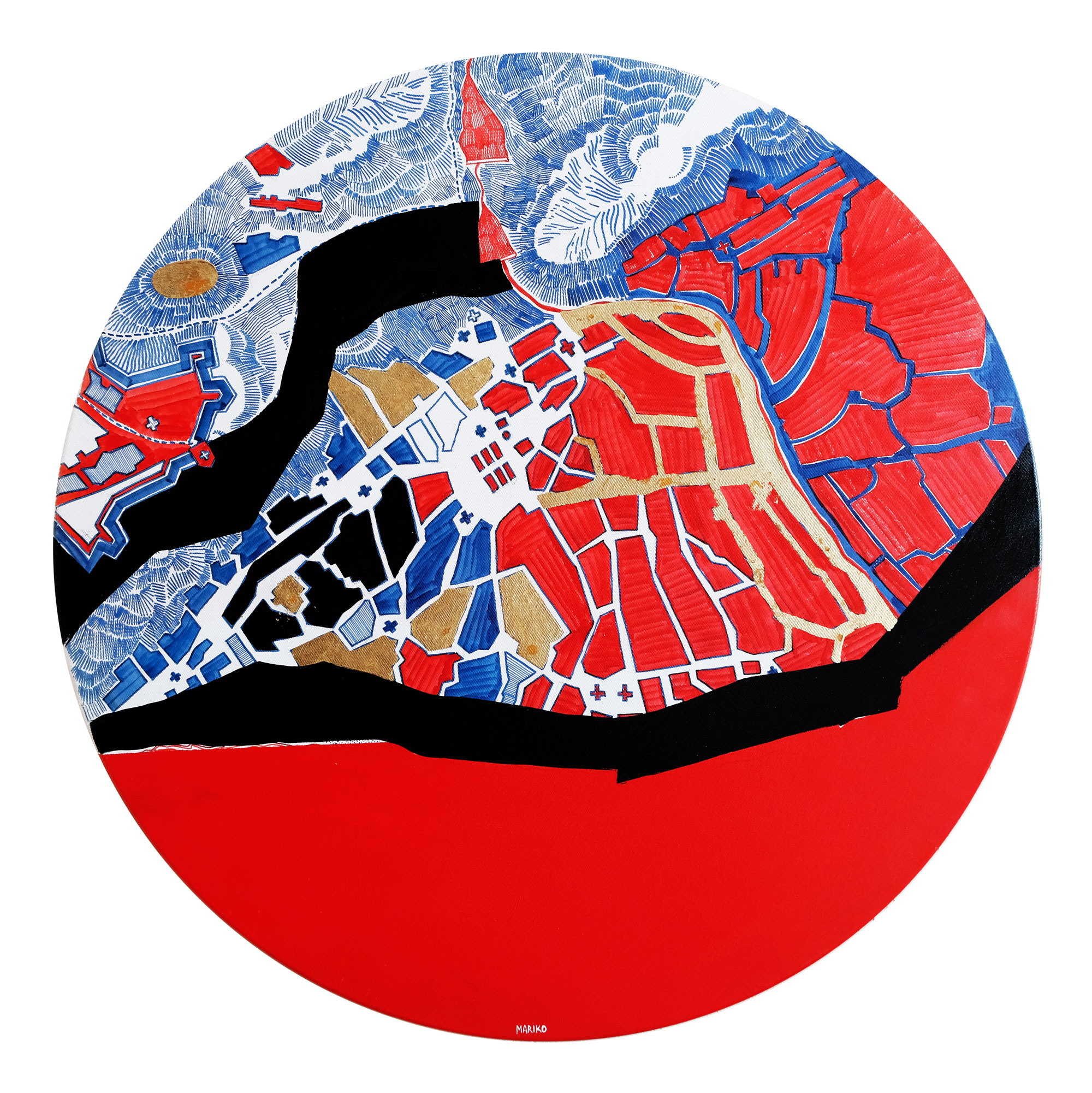 |
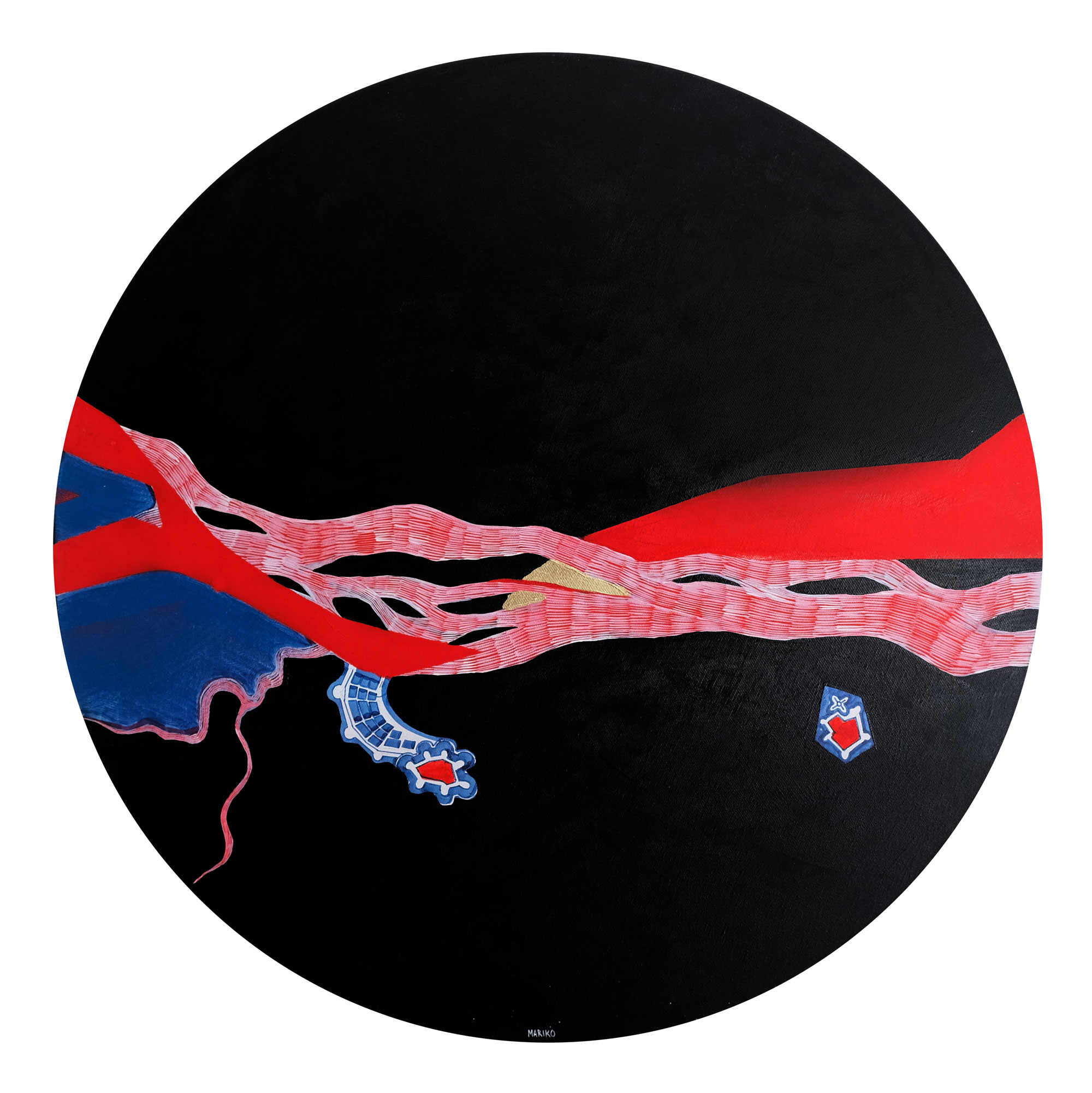 |
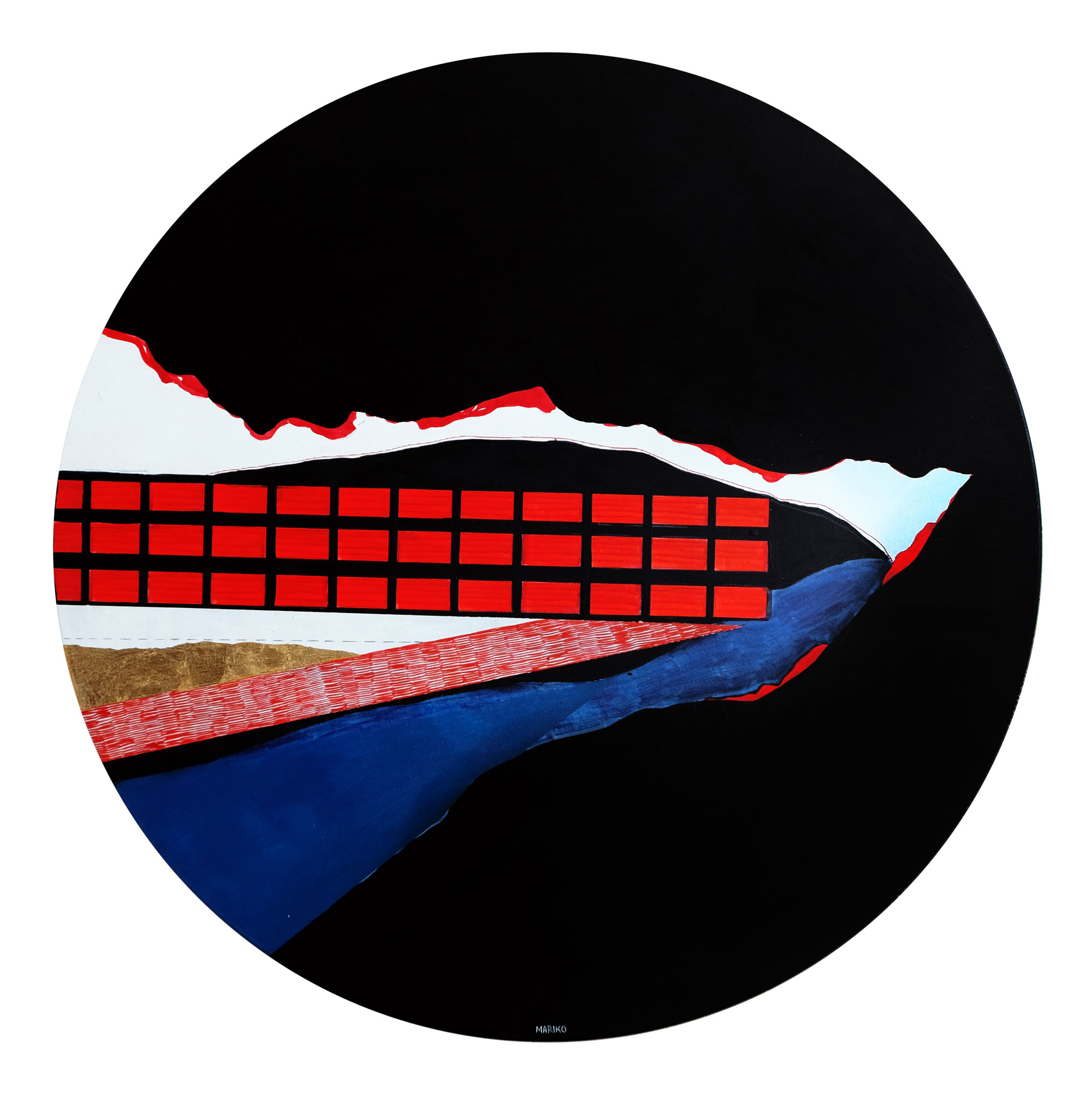 |
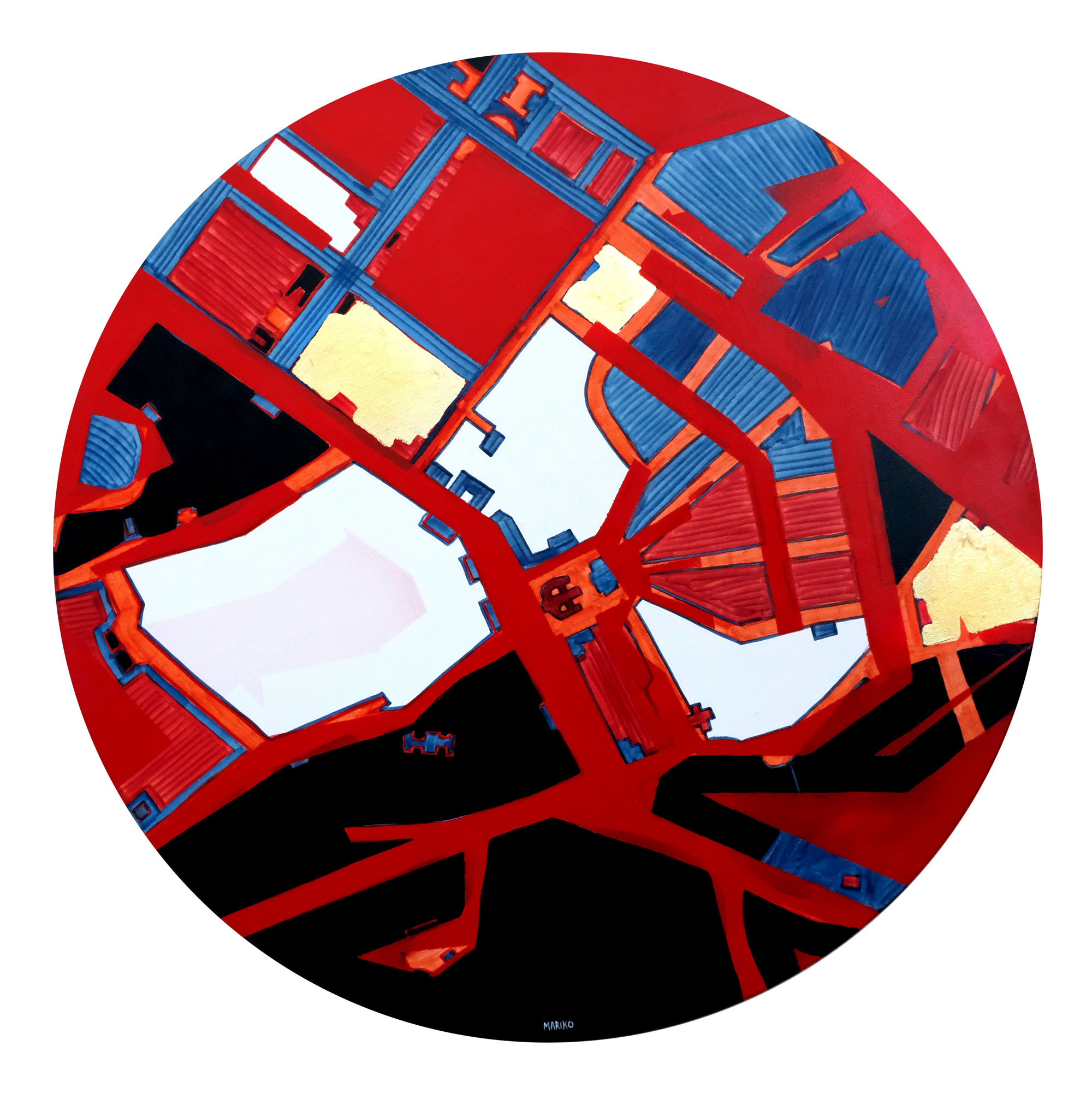 |
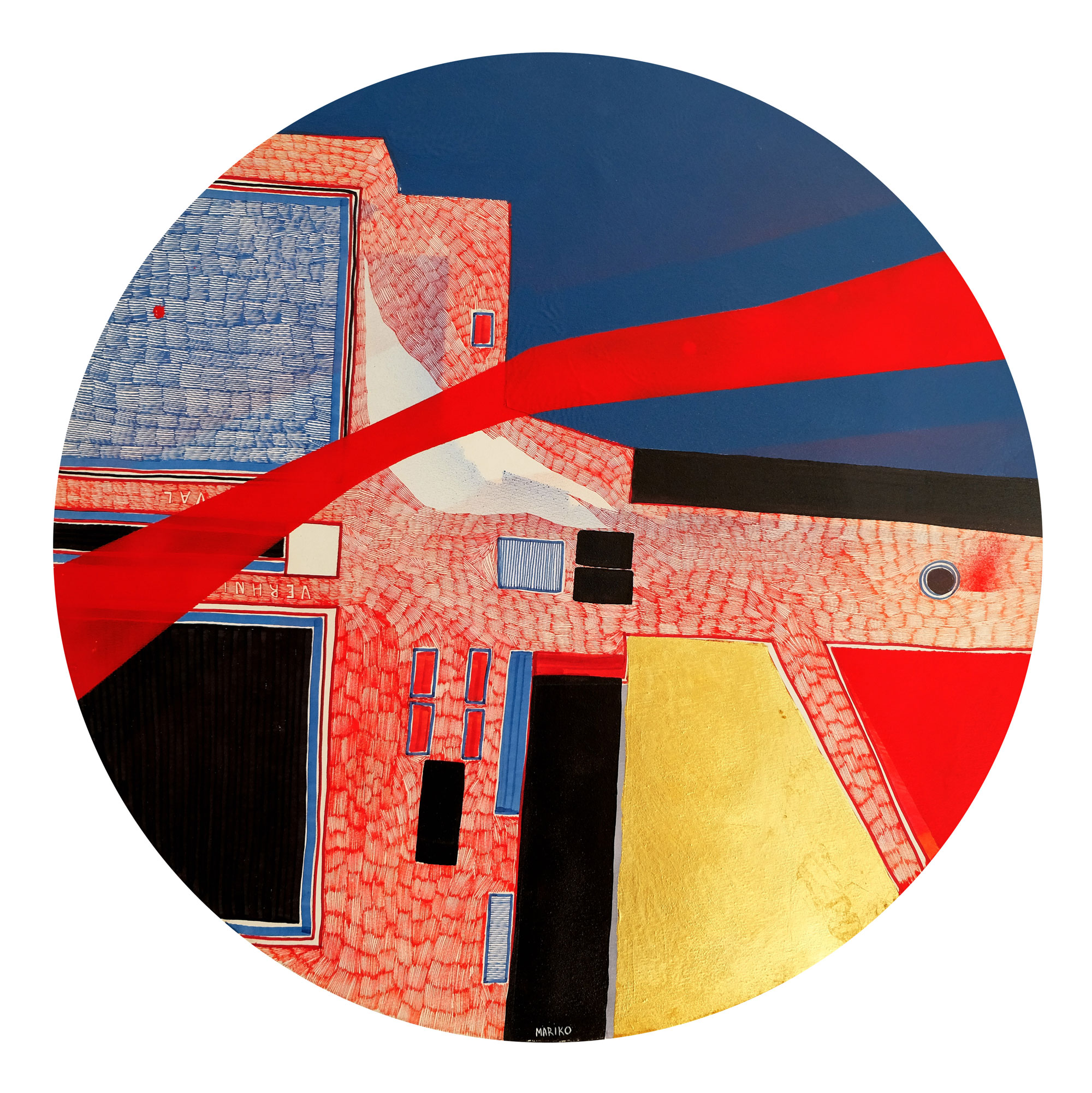 |
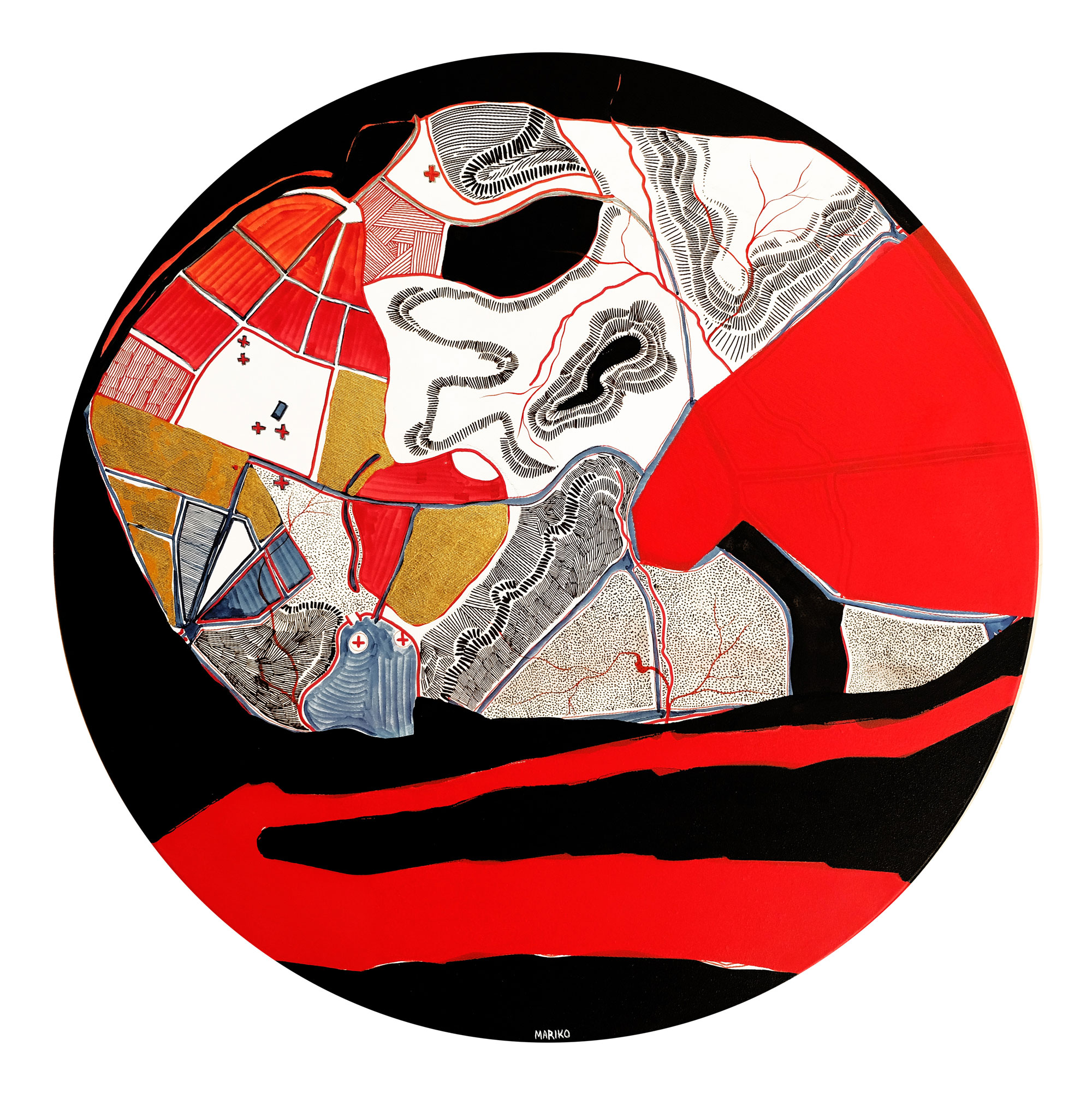 |
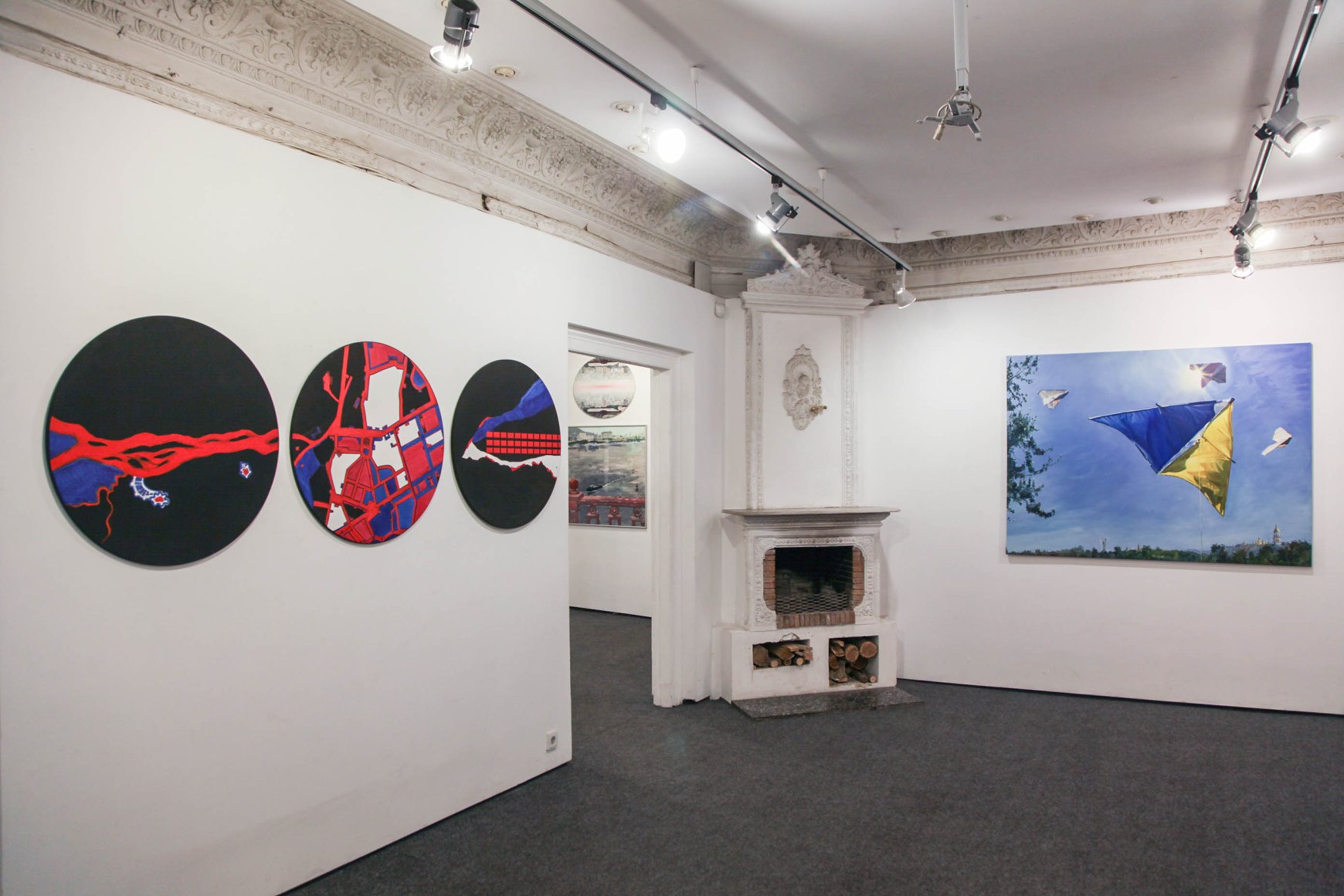 |
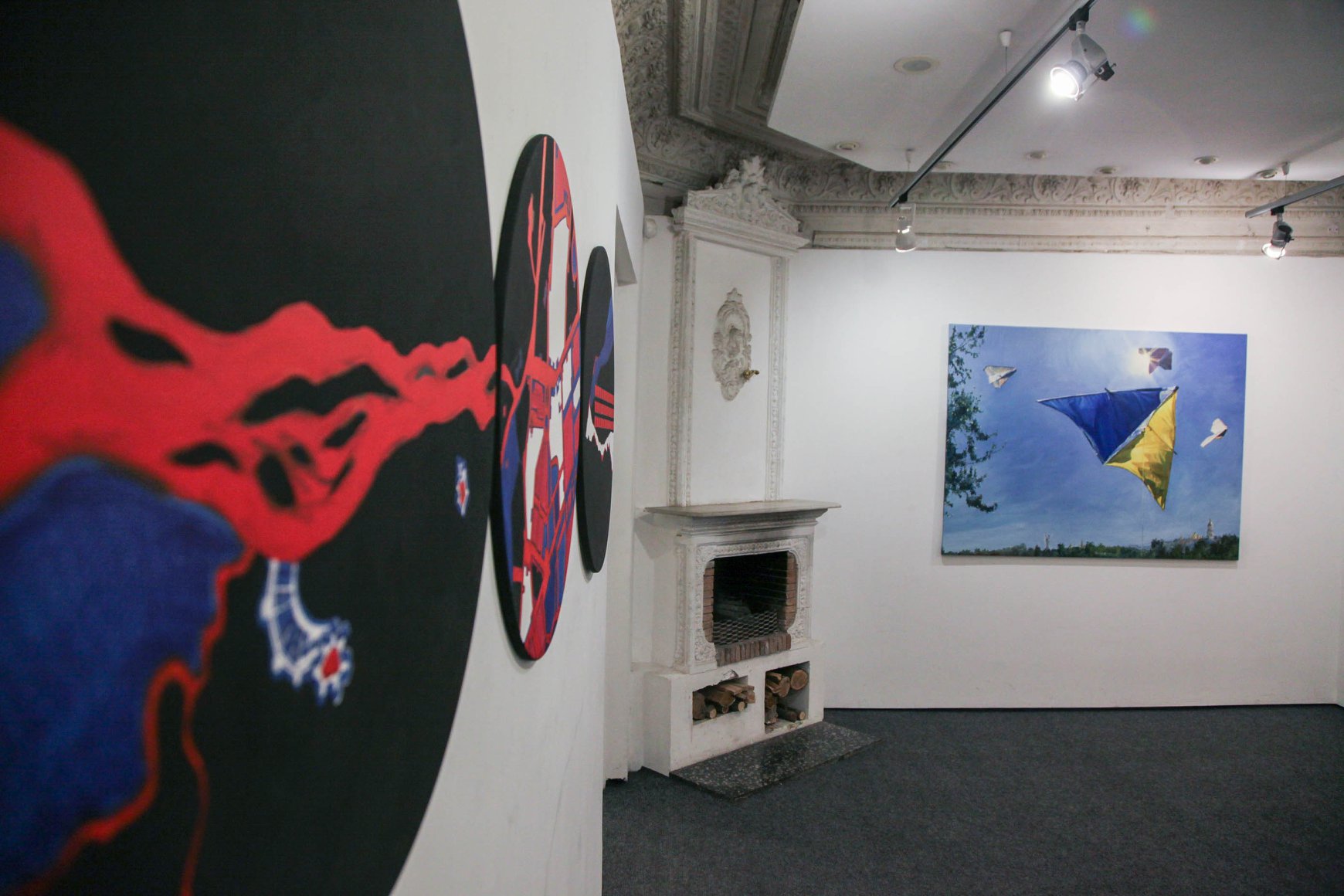 |
 |
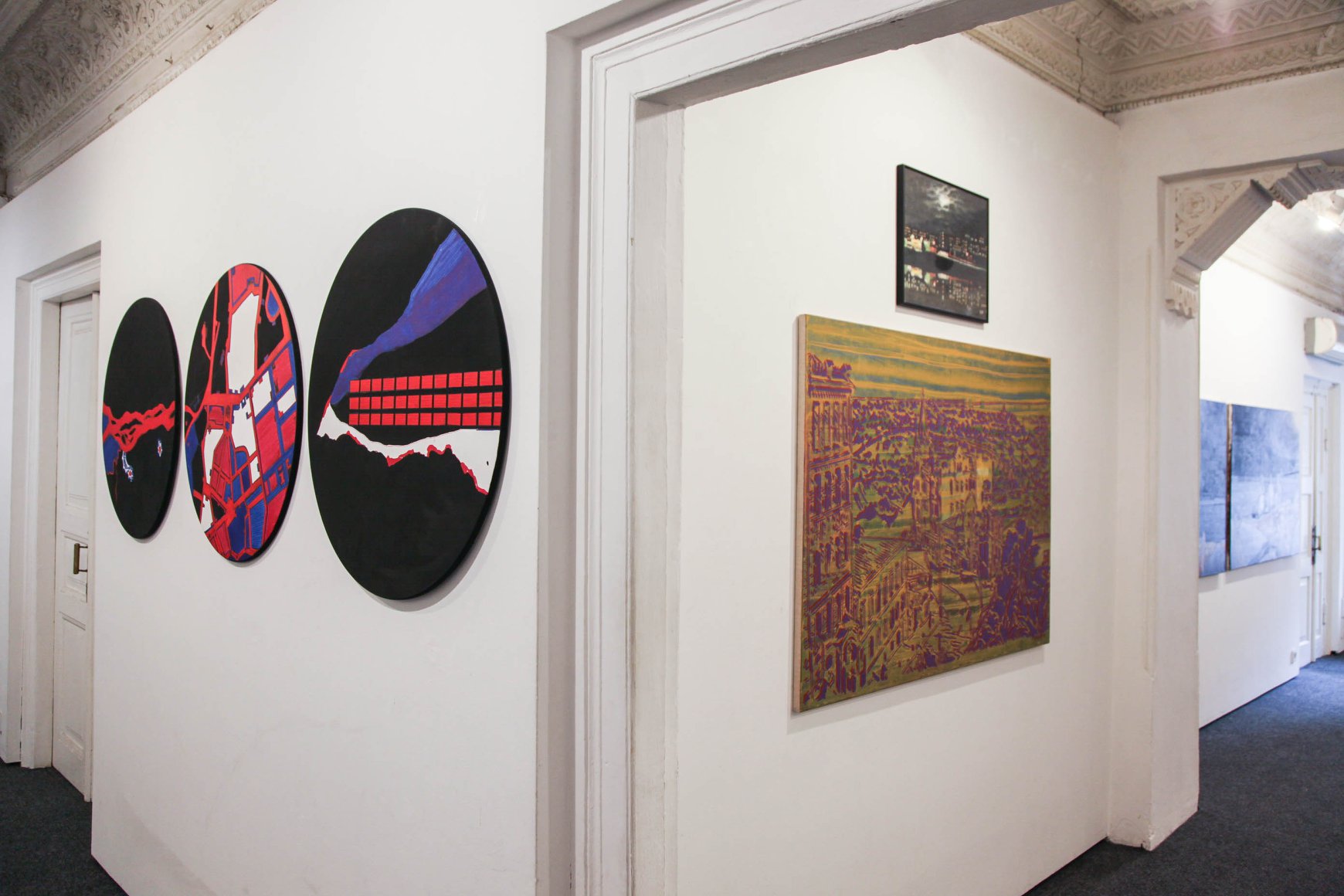 |
Project: ARTESCORT
“ArtEscort” series by Mariko Gelman is a curious shear of the condition of the Ukrainian contemporary art and the established practices related to this ambiguous phenomenon. Is that a sphere which accommodates frequent statements and manifestos about overcoming all possible (stylistic, technical, practical, etc.) prohibitions and formalities, about permissiveness that exists within the artist’s trade and about free access to that trade for any people from without – or is that a sphere where the borders of any notions become blurred, being determined only based on interests of some particular persons? “ArtEscort” is an attempt to probe the borders of this sphere, which is based not on the manifested ideological agenda but on the real practices and statements. The artist by no means excludes herself from consideration: quite the contrary, by delineating the characteristics of her habitat, she is trying to understand what is the nature of her practice, what does it mean to be an artist in contemporary Ukraine. The pieces included in the series are based on real statements and situations, which Maria has taken from her own experiences: though these phenomena alone are hard to notice, when put together in a series, they produce the snowball effect, and the resulting image obviously differs from the way the contemporary Ukrainian people of art are used to perceive themselves. Art becomes commercialized, turning into “art second hand” bought by kilograms by higher-class establishment, and at the same time faces total inability to understand on the part of the mass audience. An artist is both a bored housewife with a “many-sided personality” who graduated from evening classes and a graduate of several universities who produces sophistry en masse. A gallerist is anybody who has enough finances to establish his or her own gallery. All these characters, as well as their statements, are trying to cohabit this series, which reflects the real Ukrainian “art process,” full of absurd contradictions, double standards, and floating notions. | |
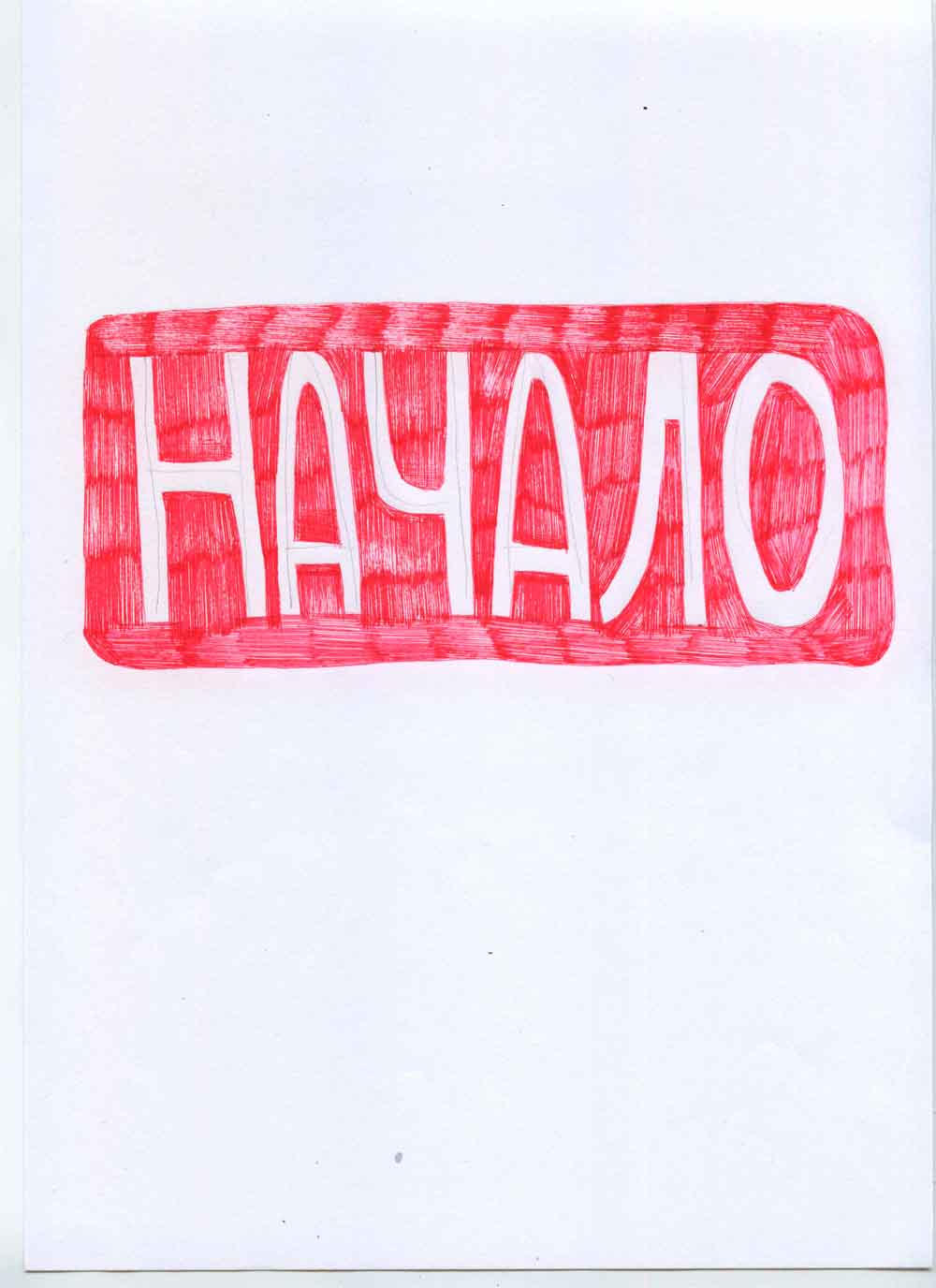 |
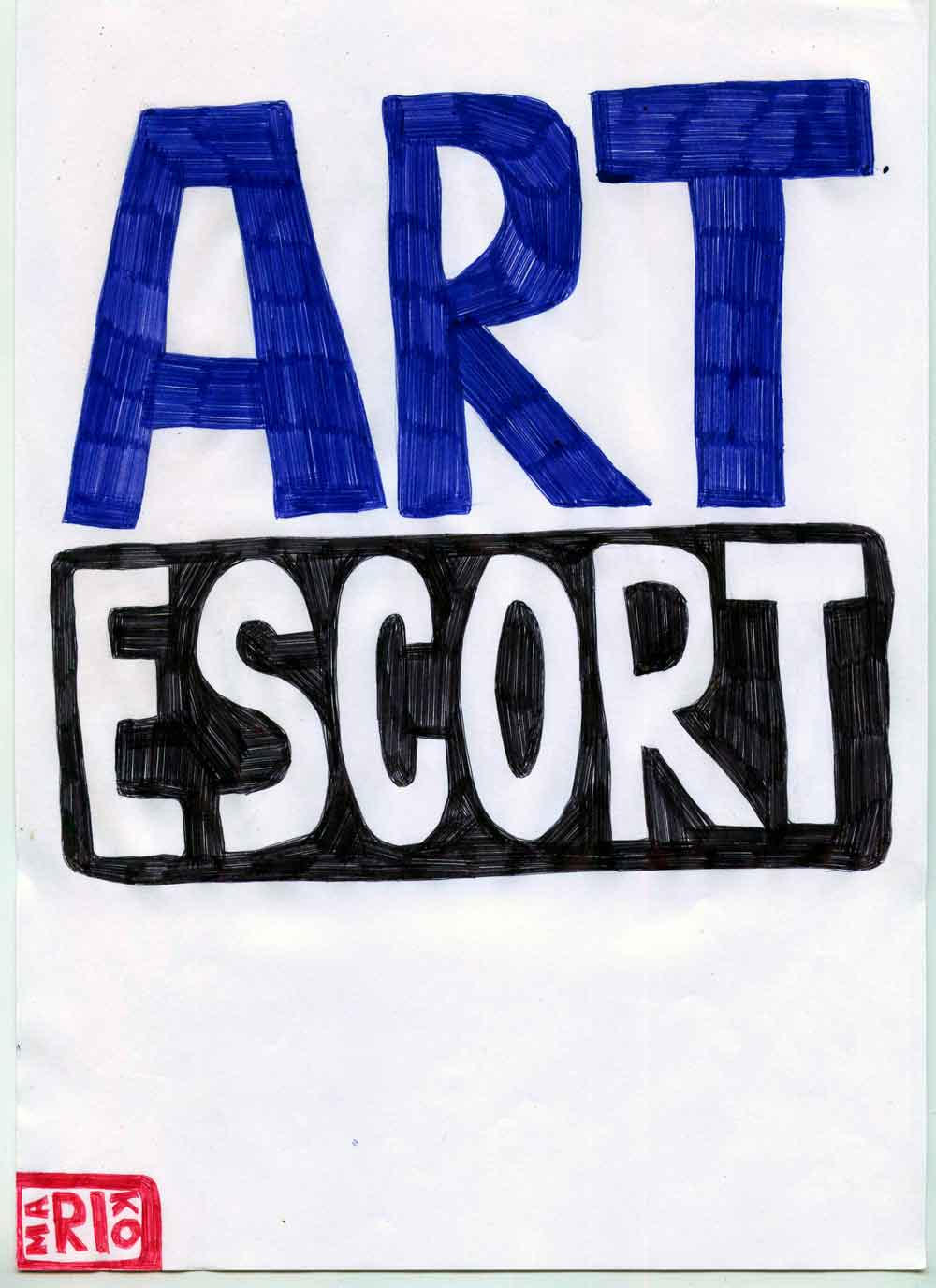 |
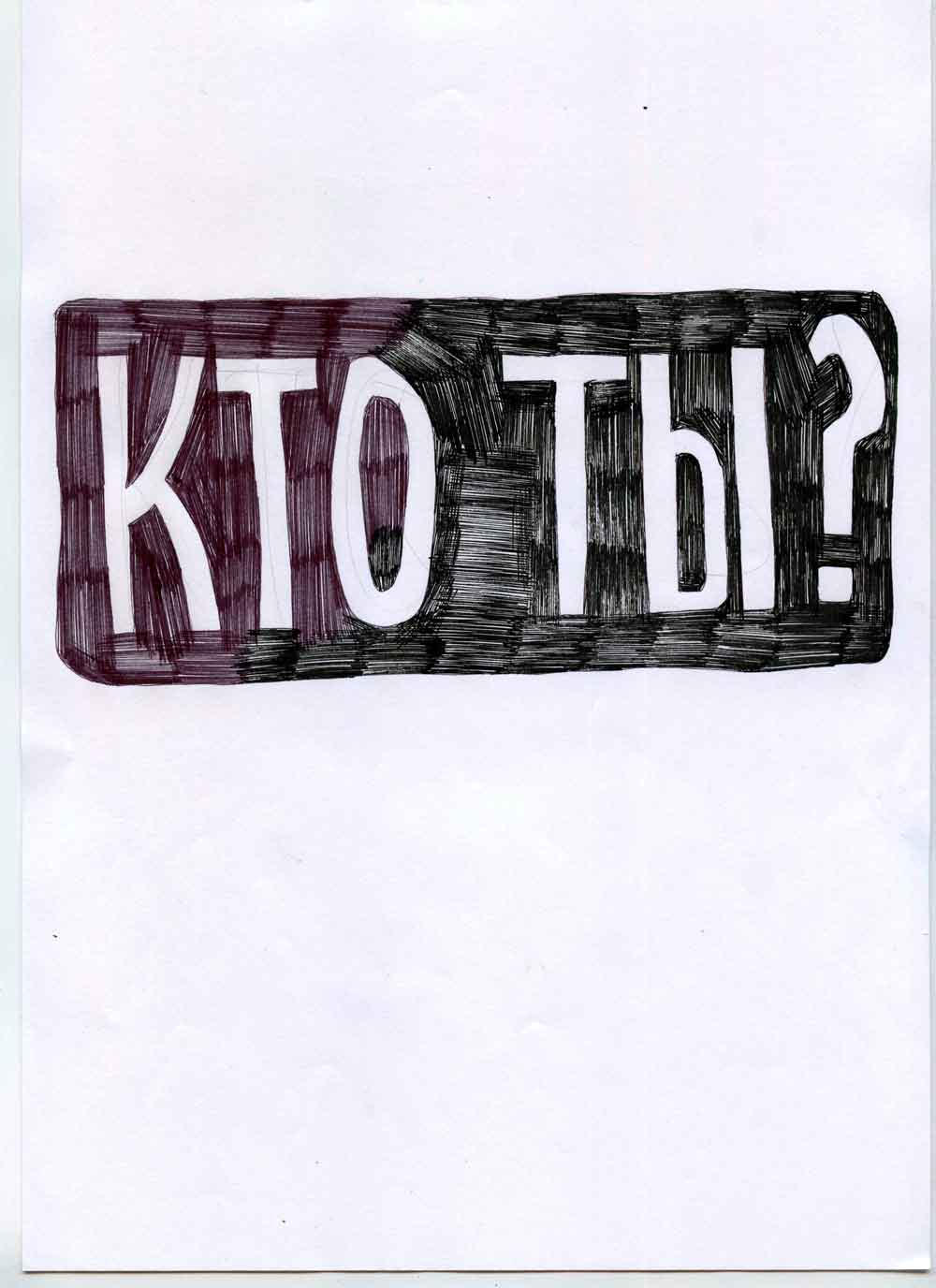 |
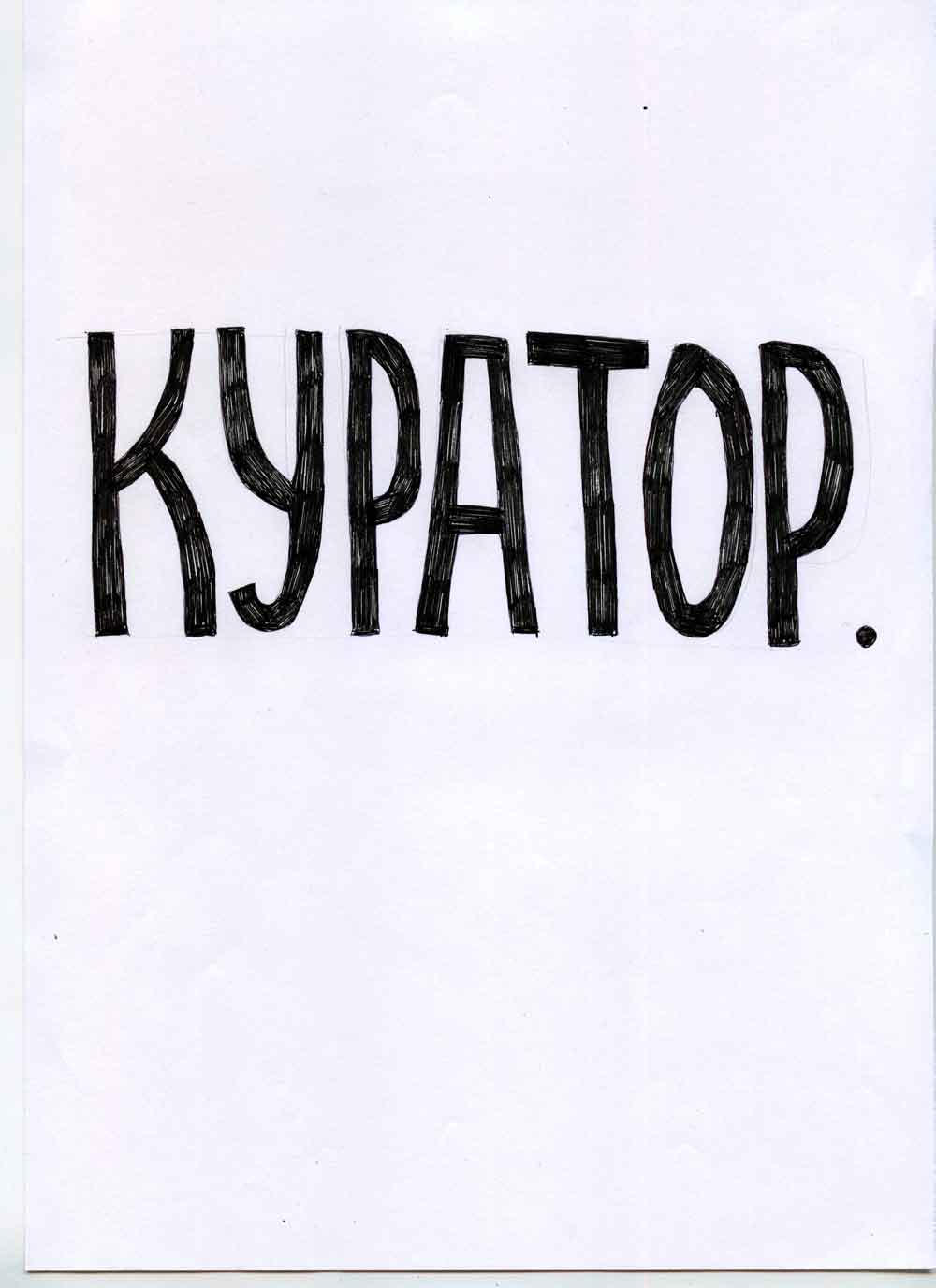 |
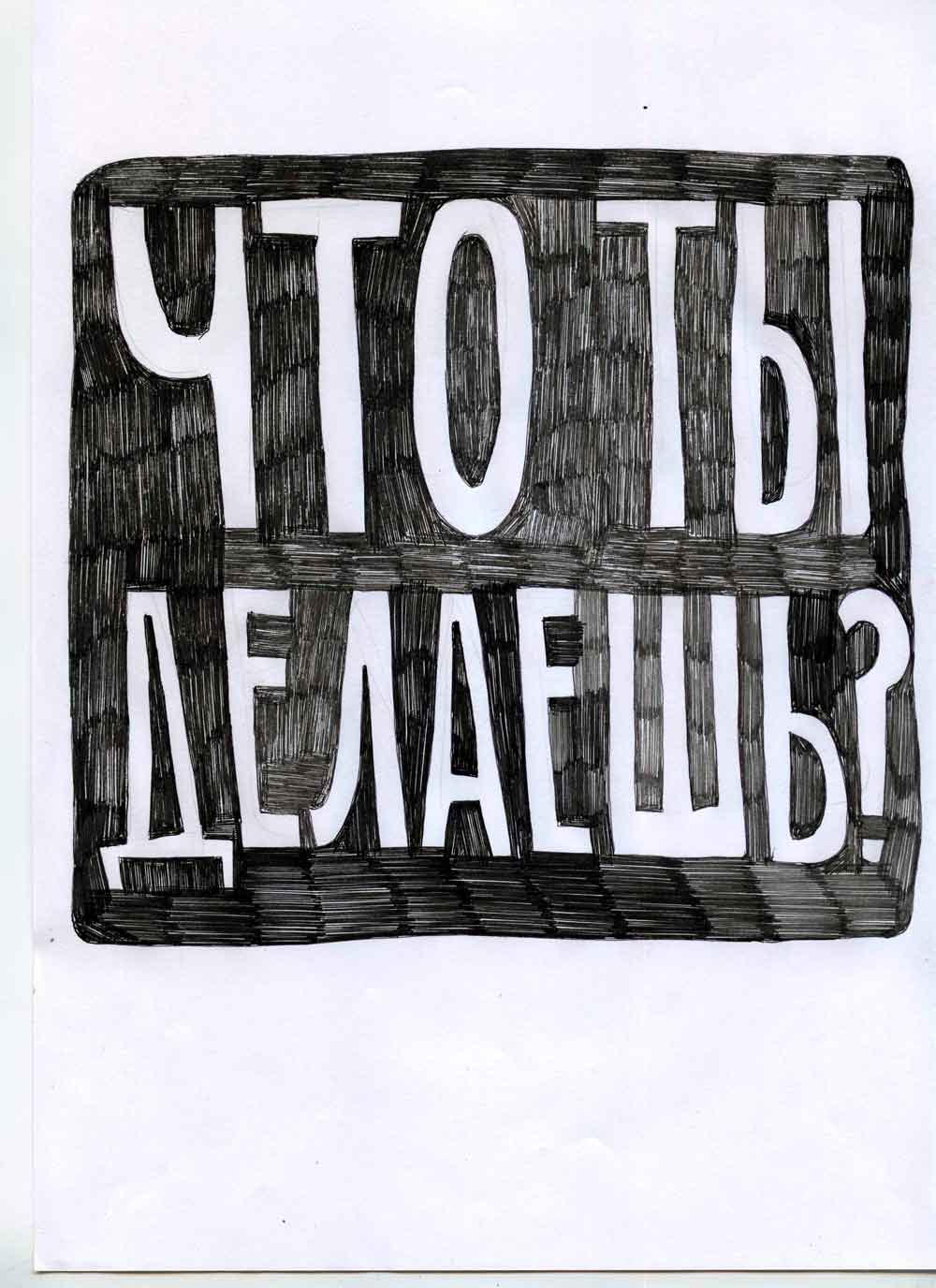 |
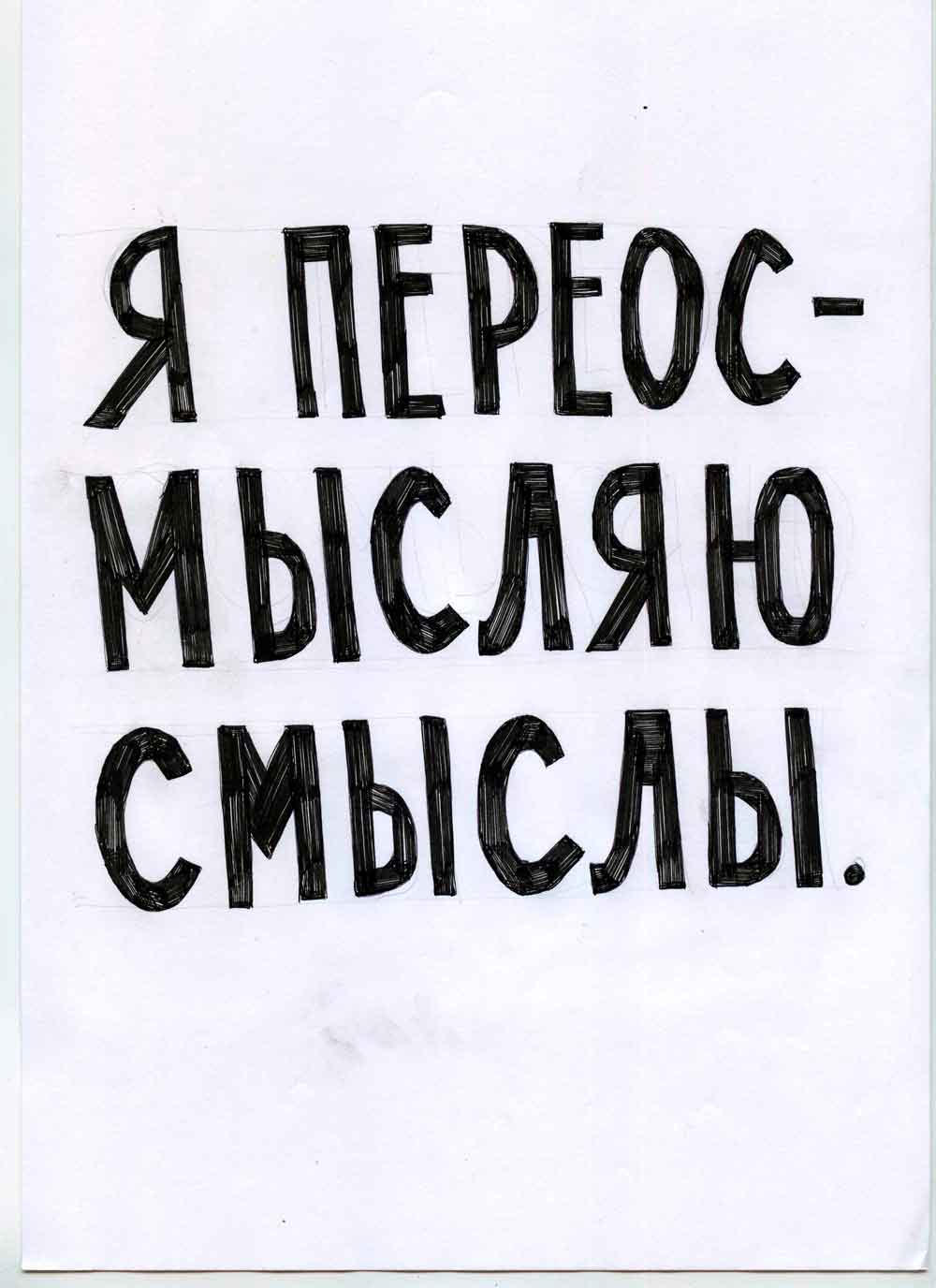 |
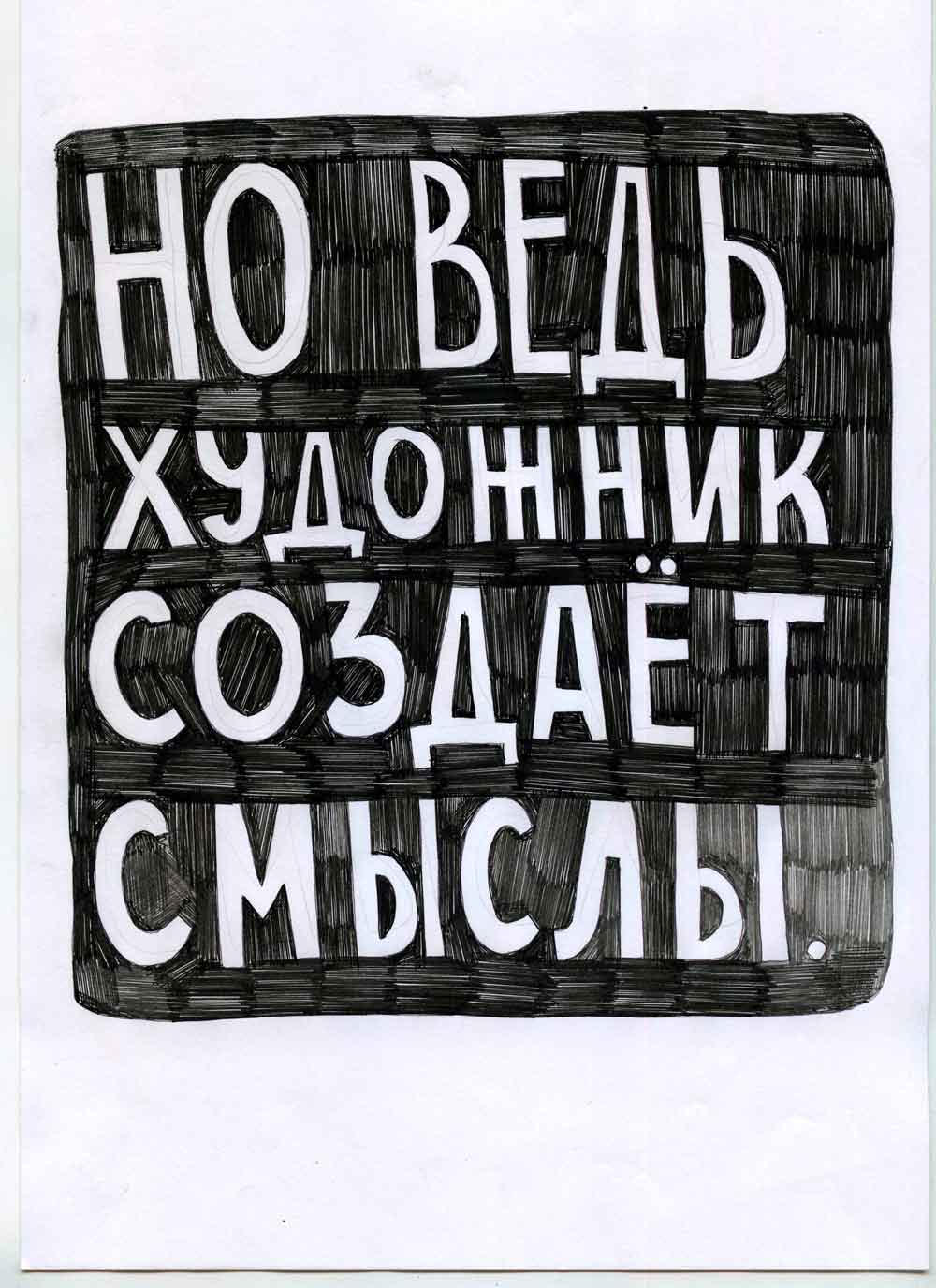 |
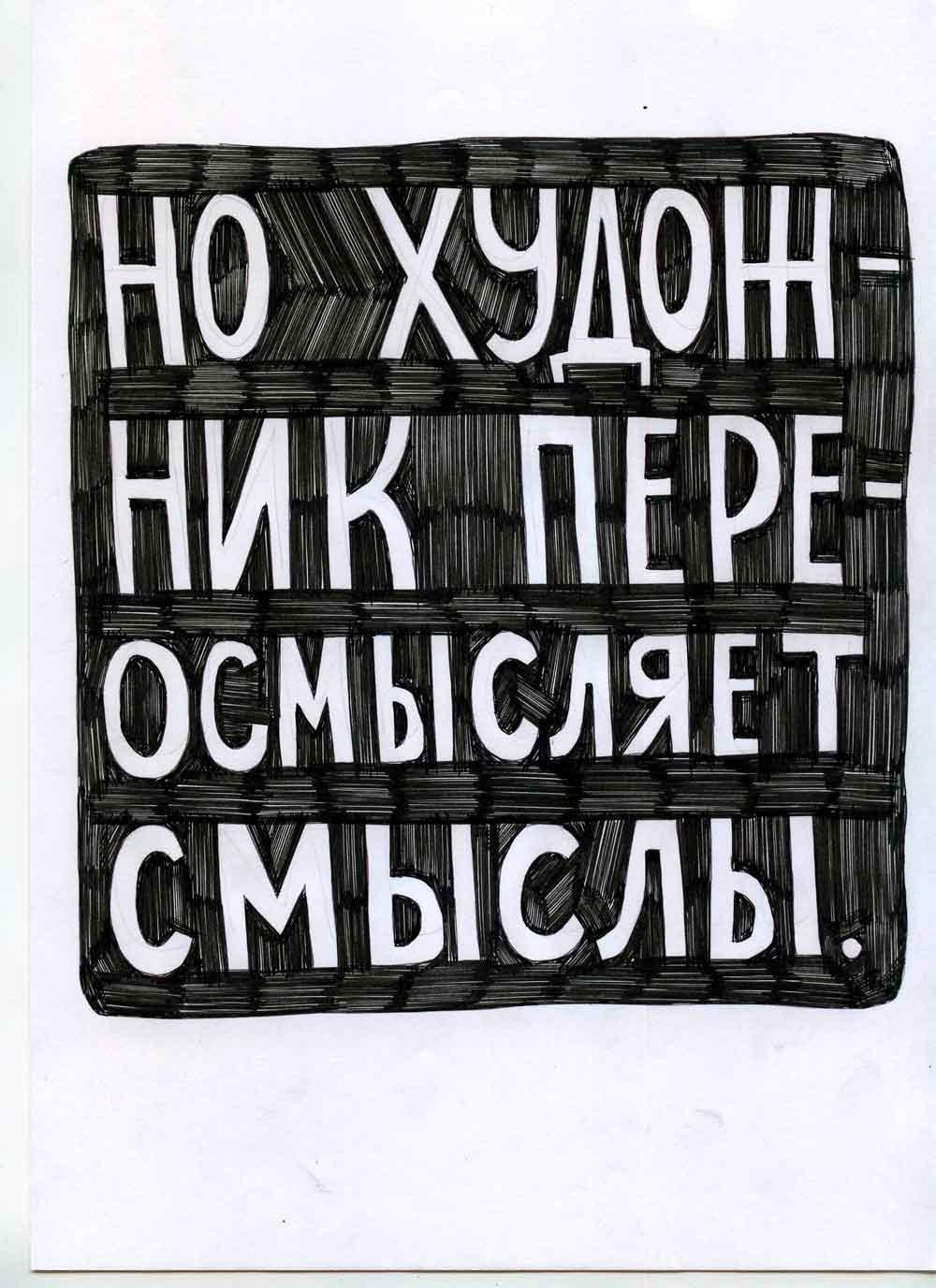 |
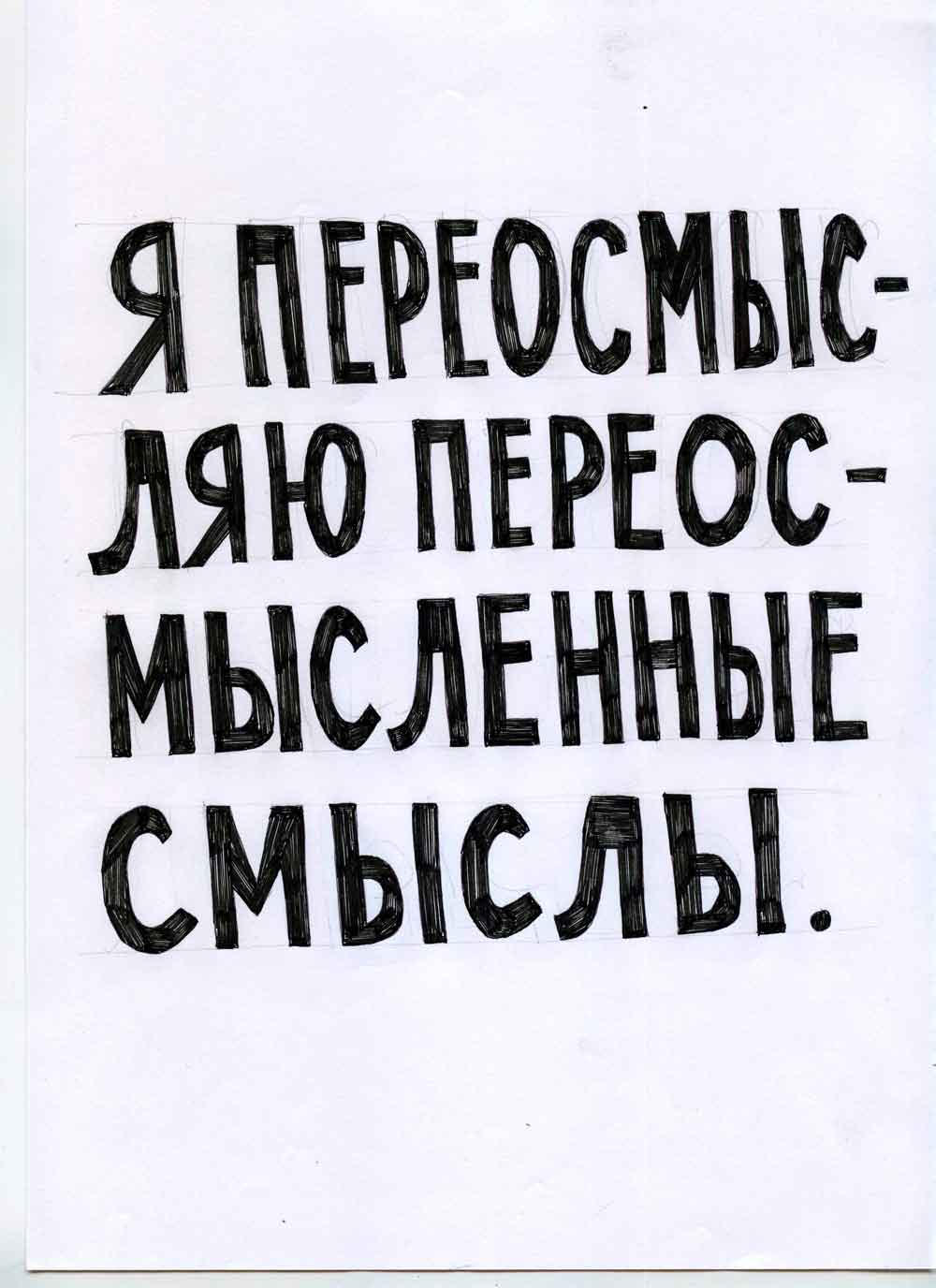 |
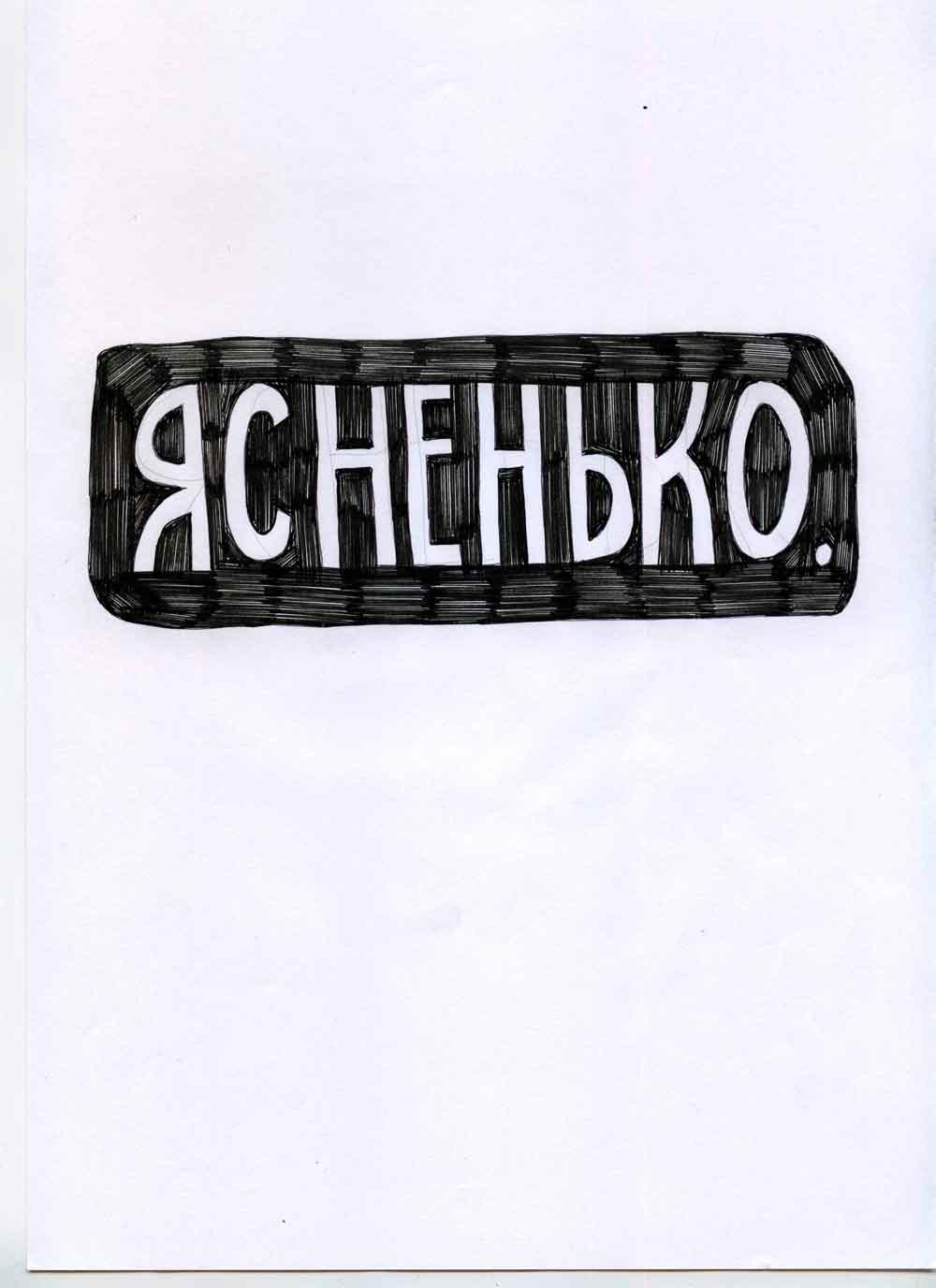 |
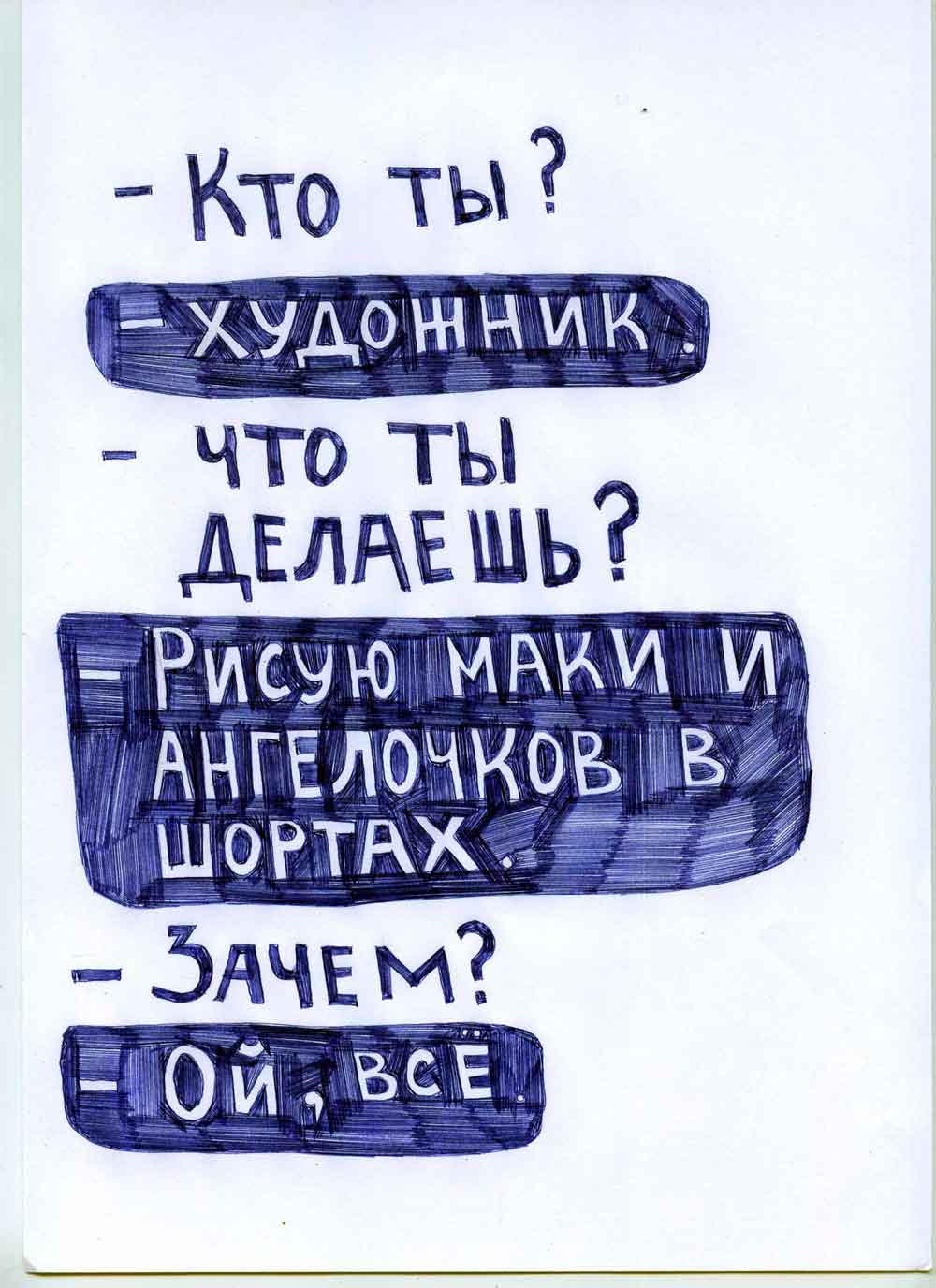 |
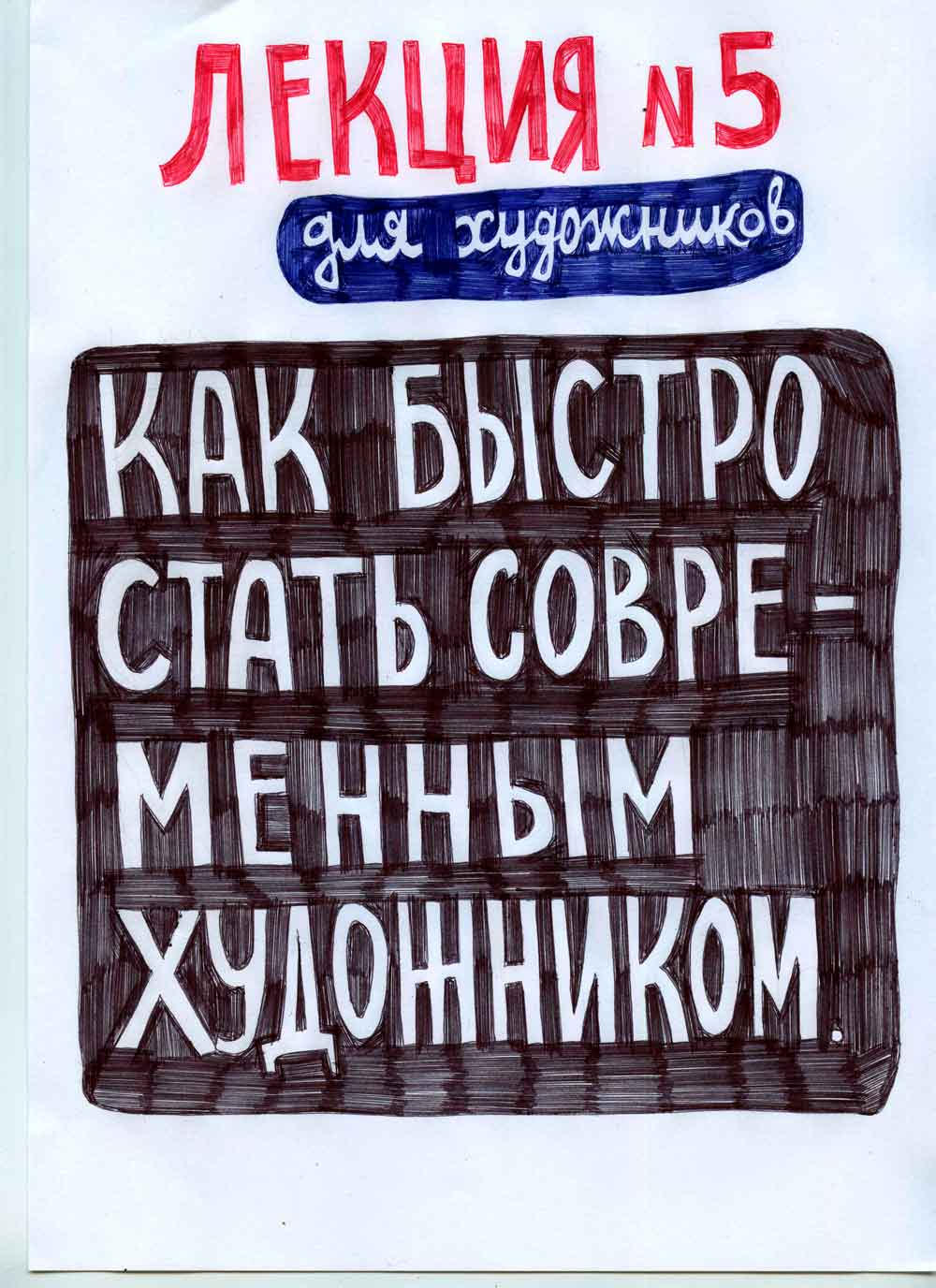 |
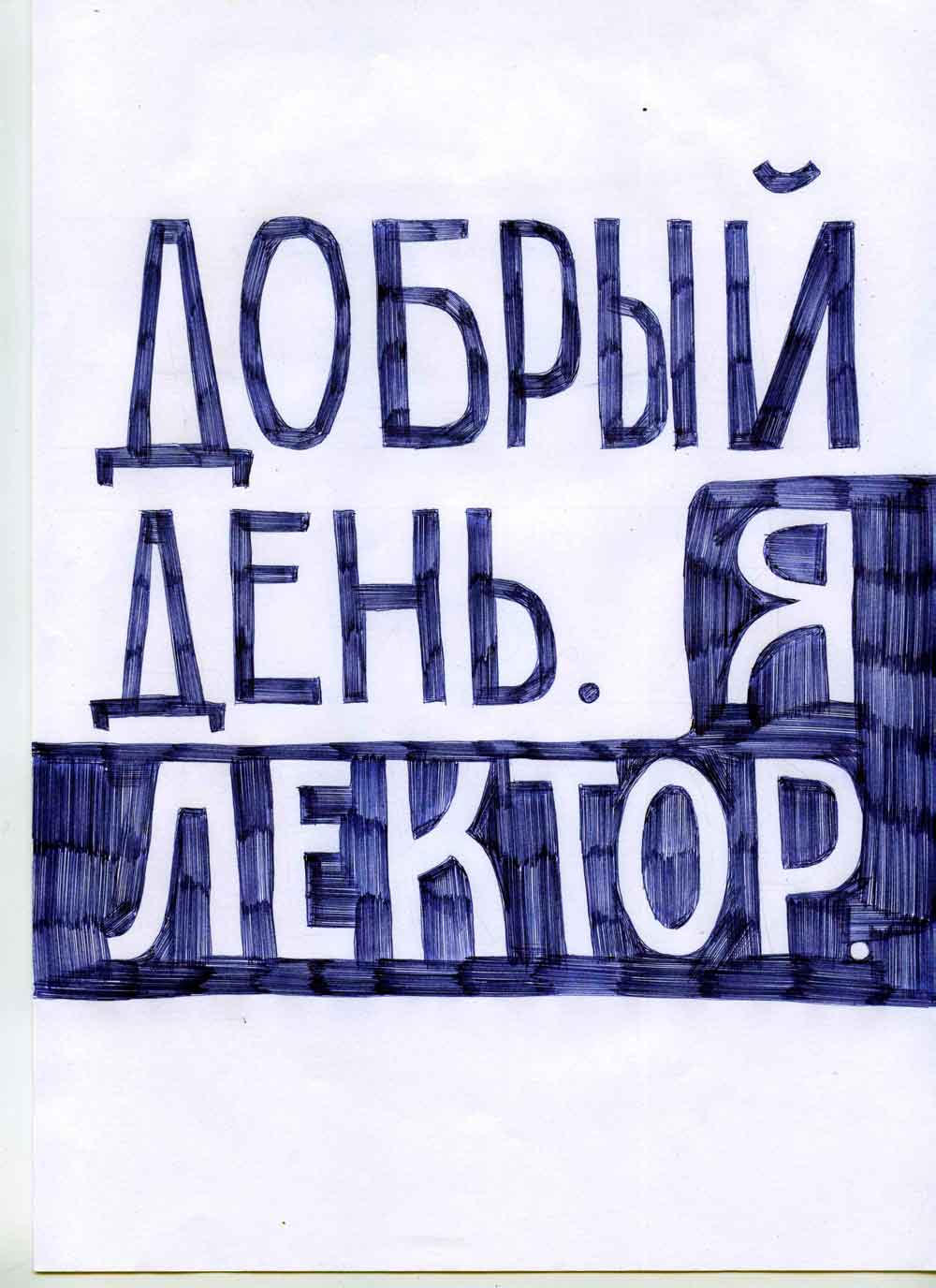 |
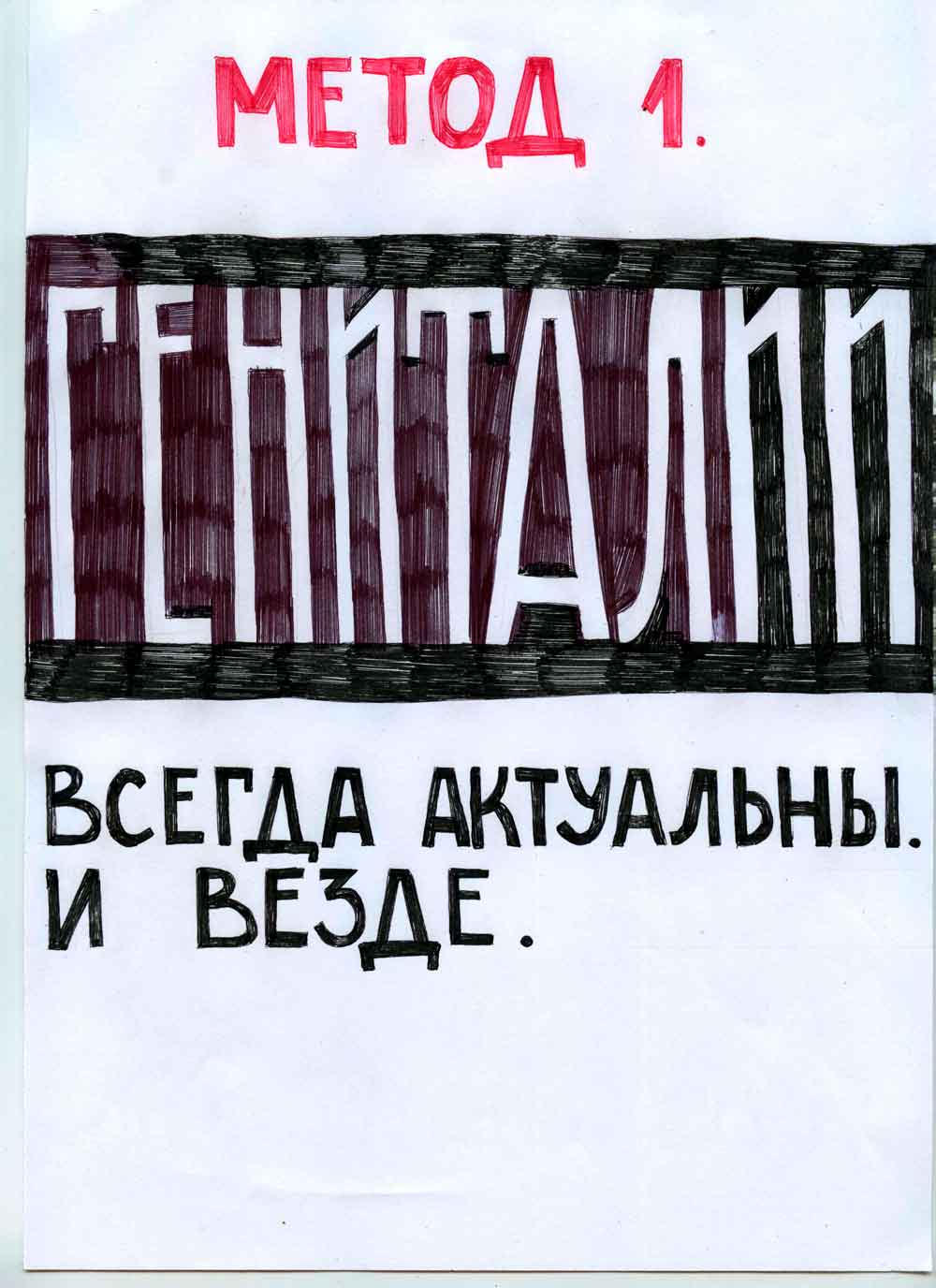 |
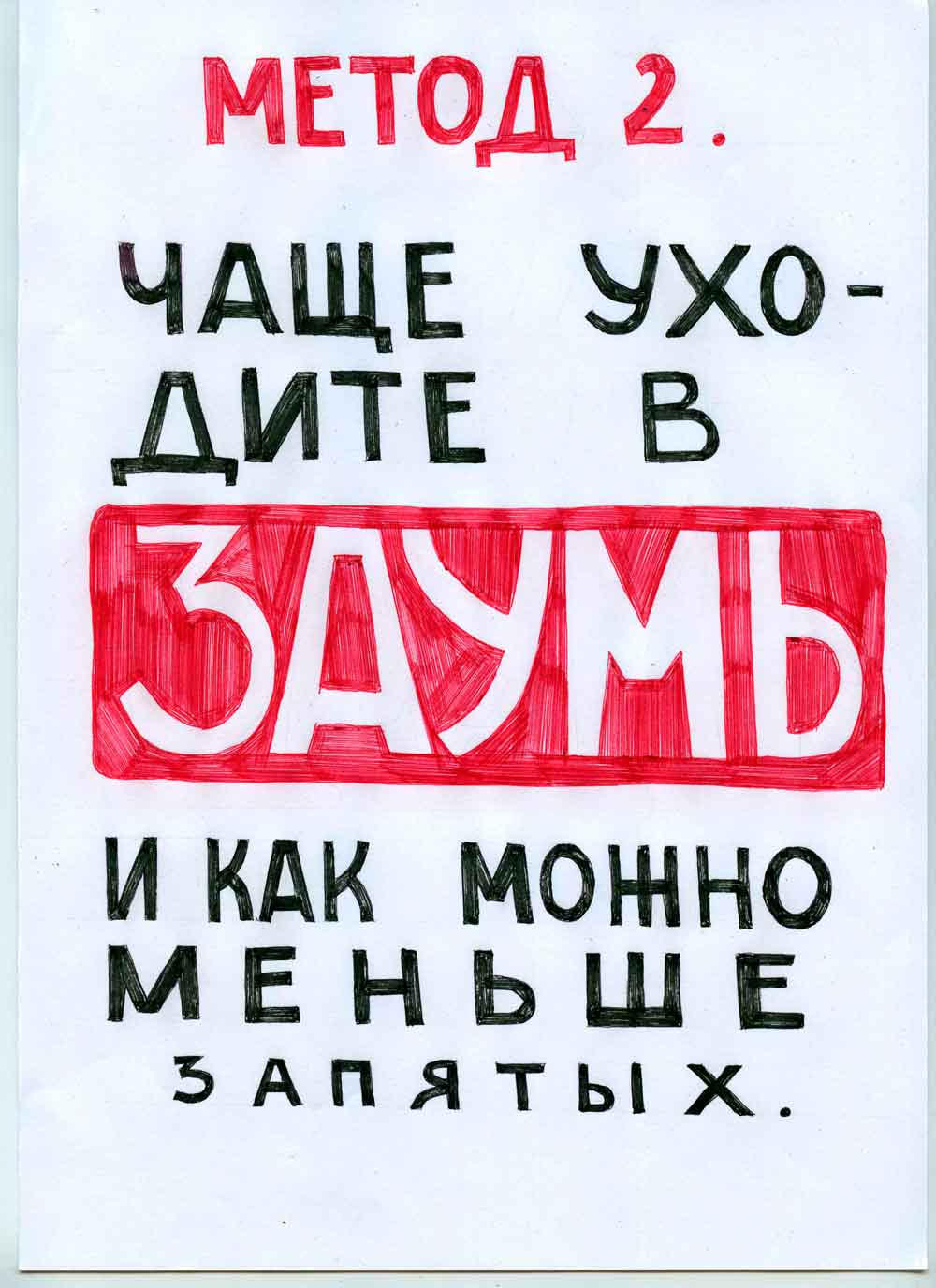 |
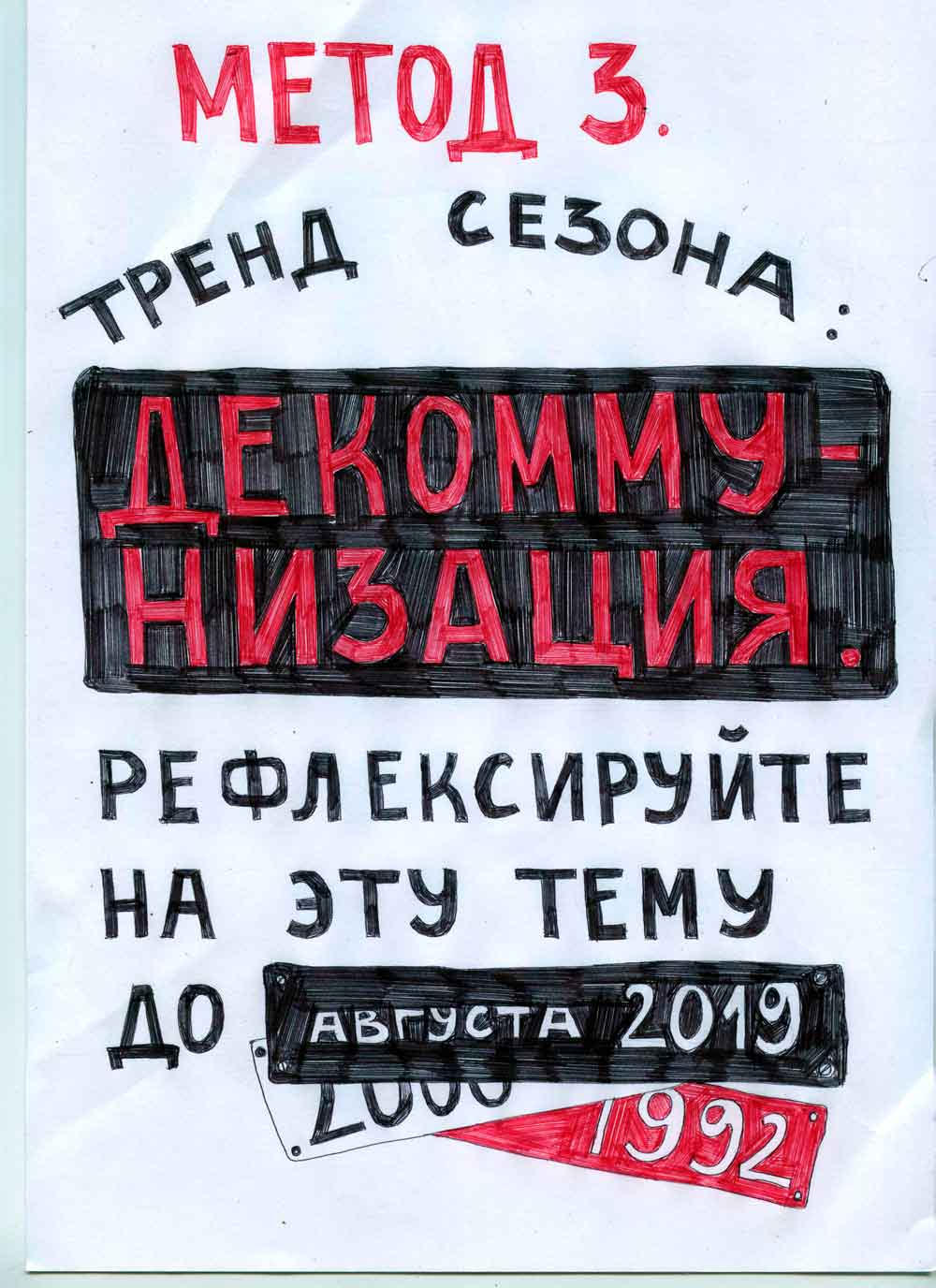 |
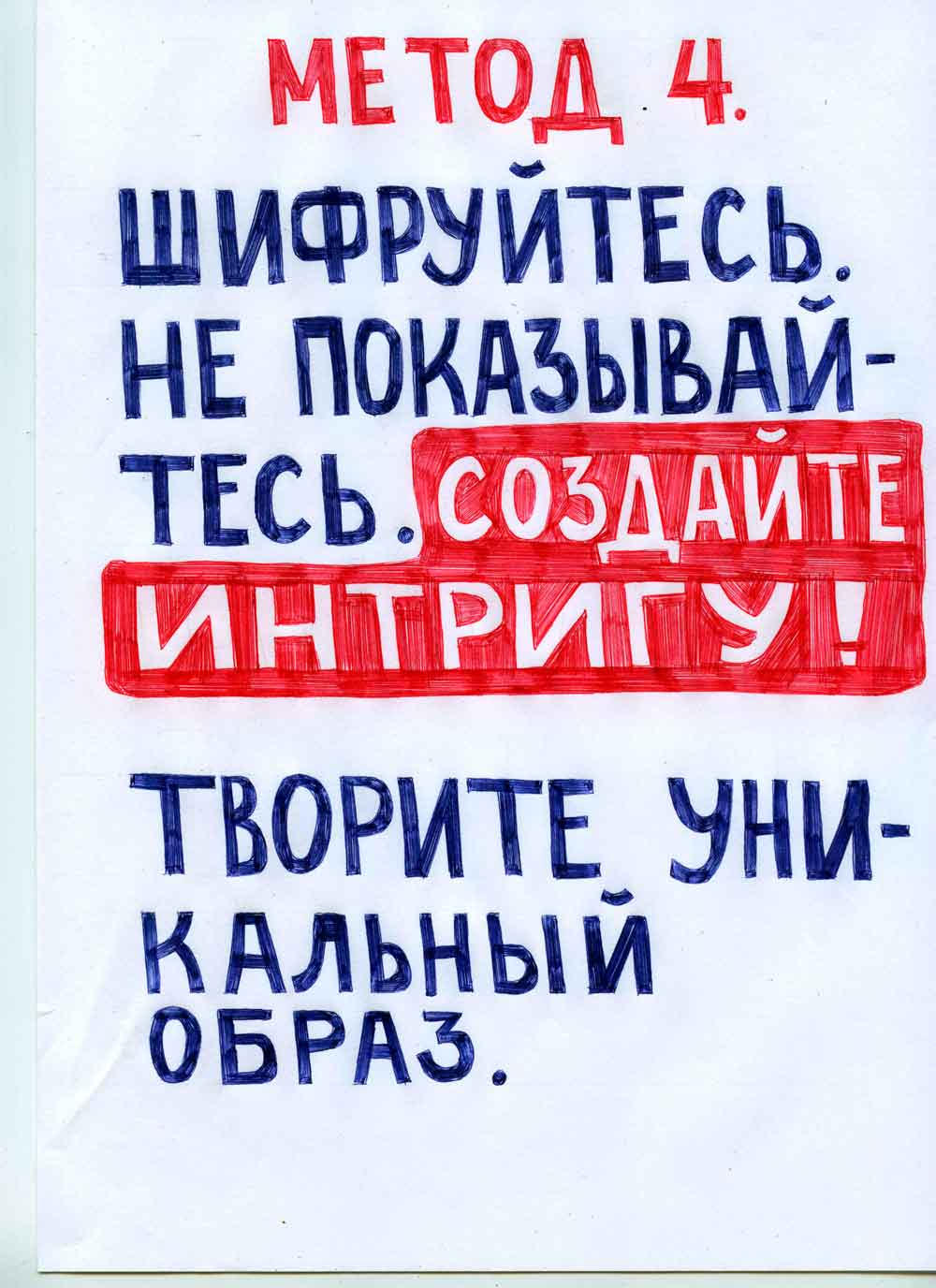 |
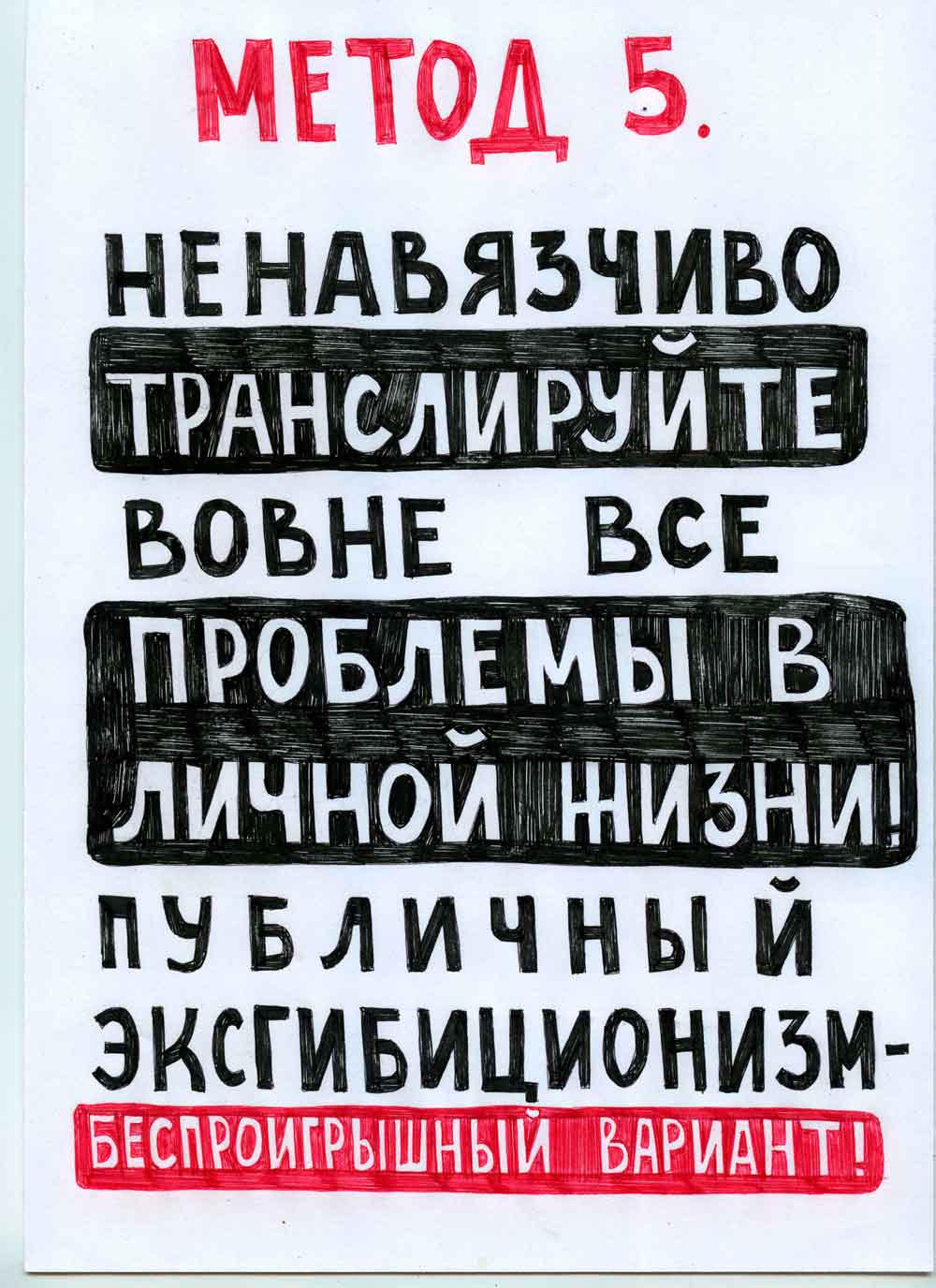 |
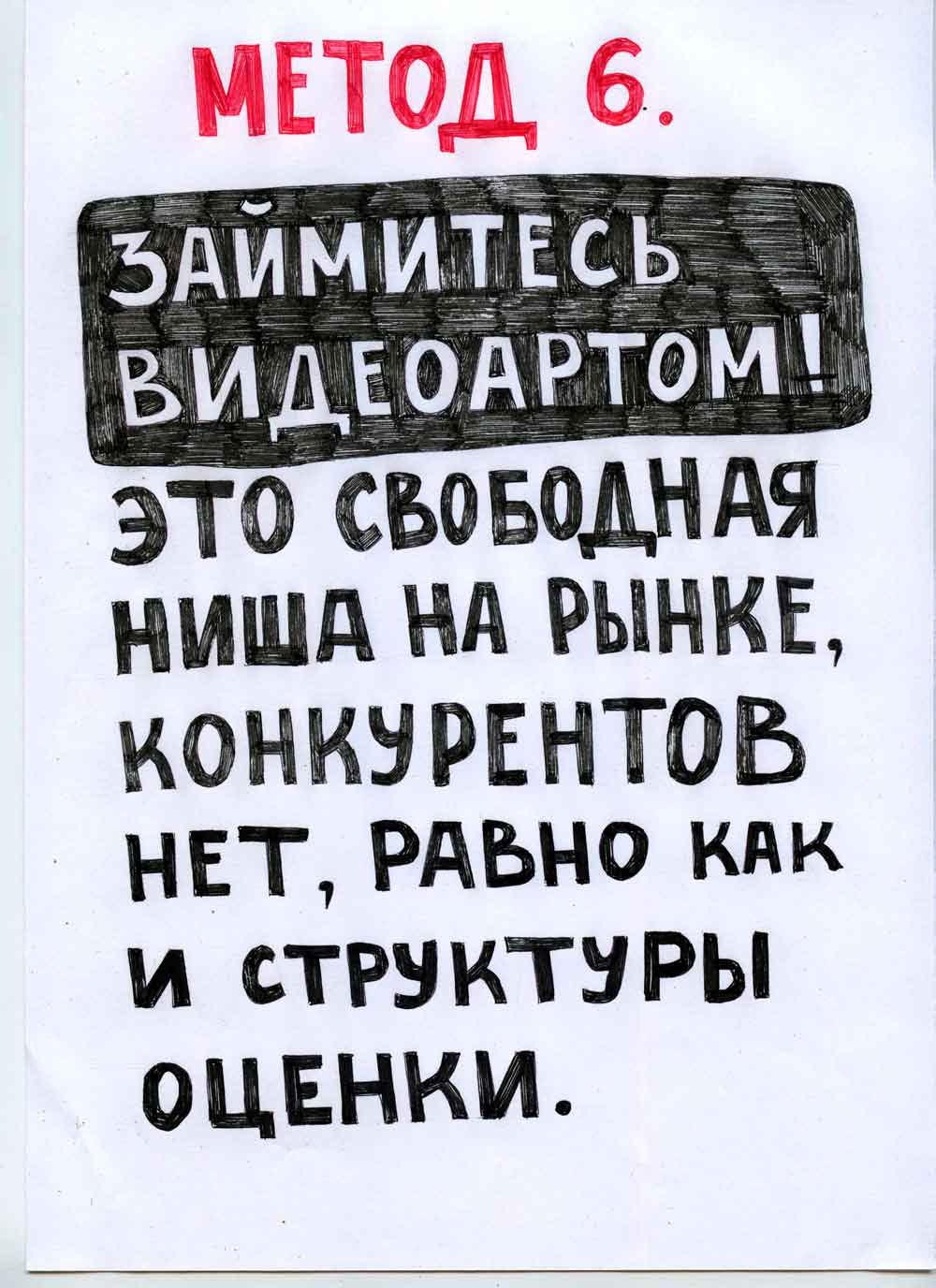 |
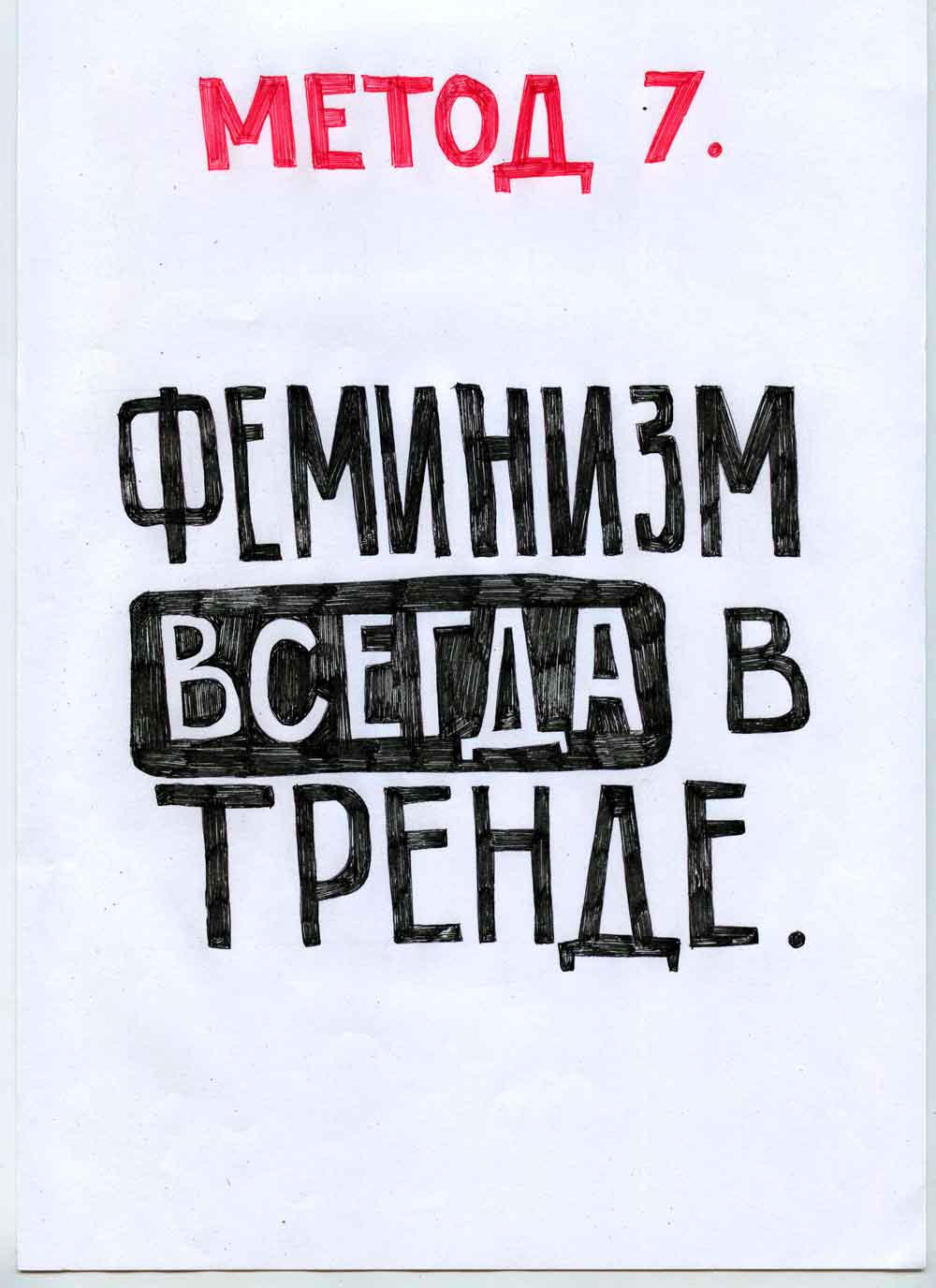 |
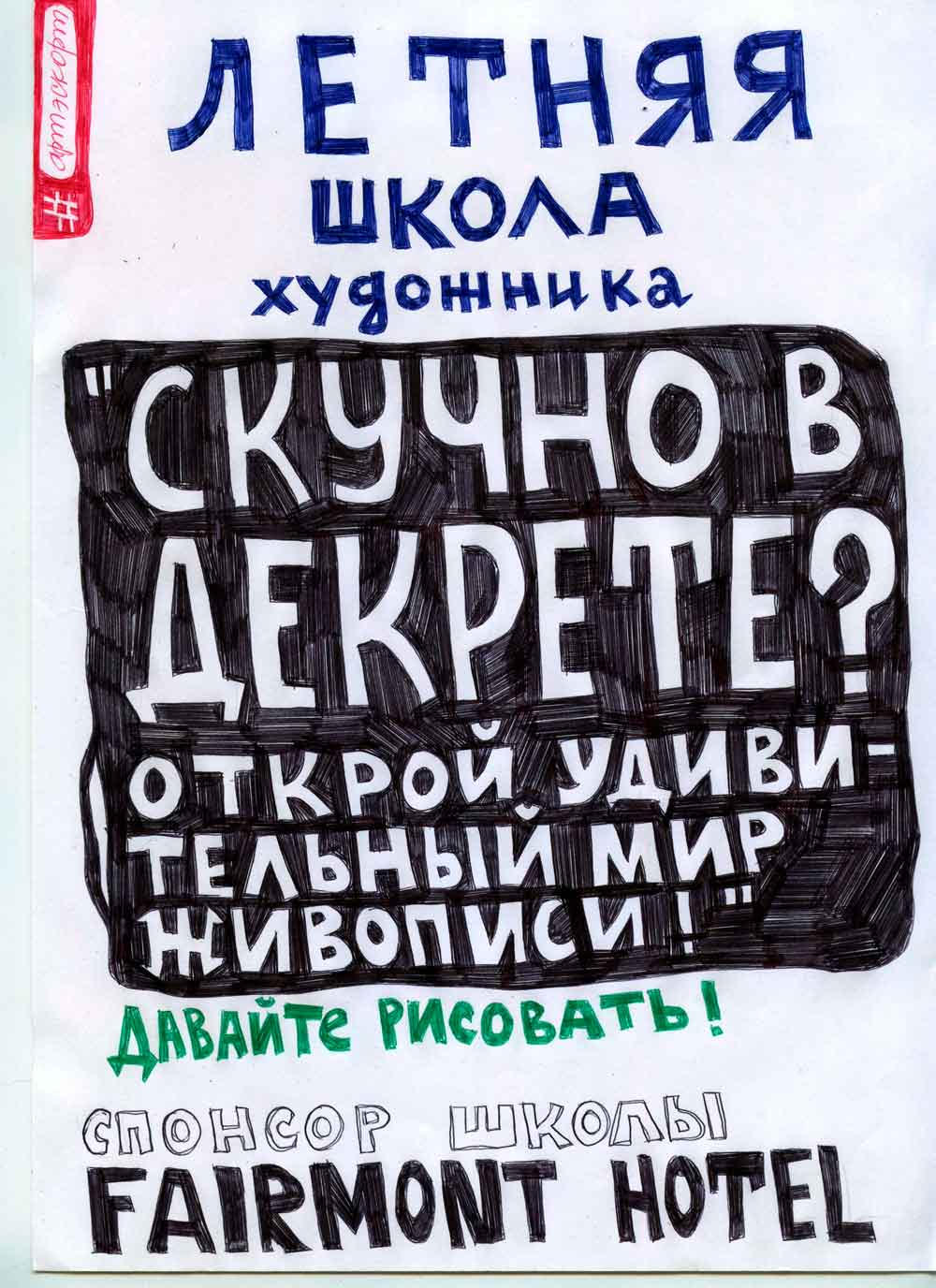 |
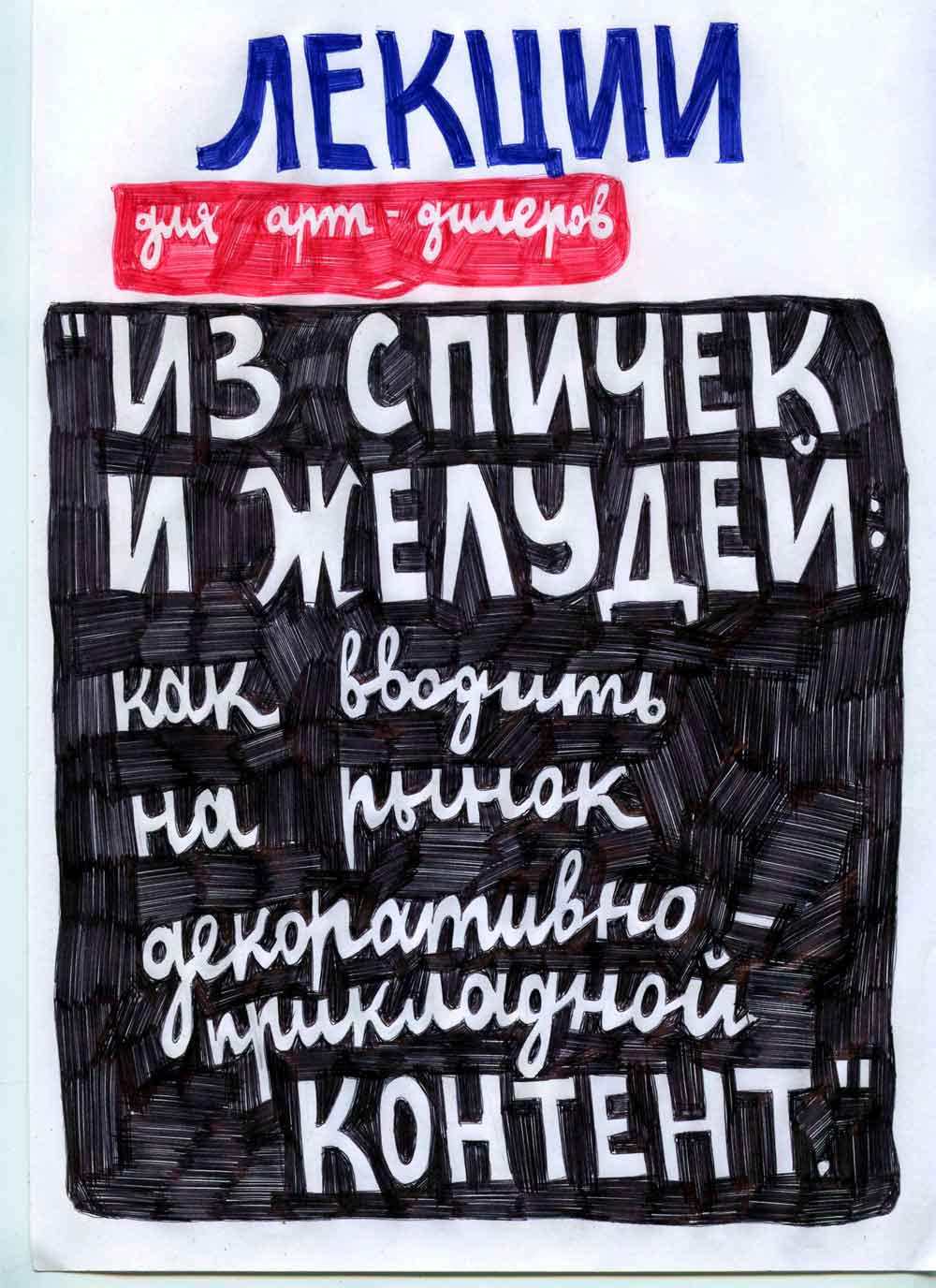 |
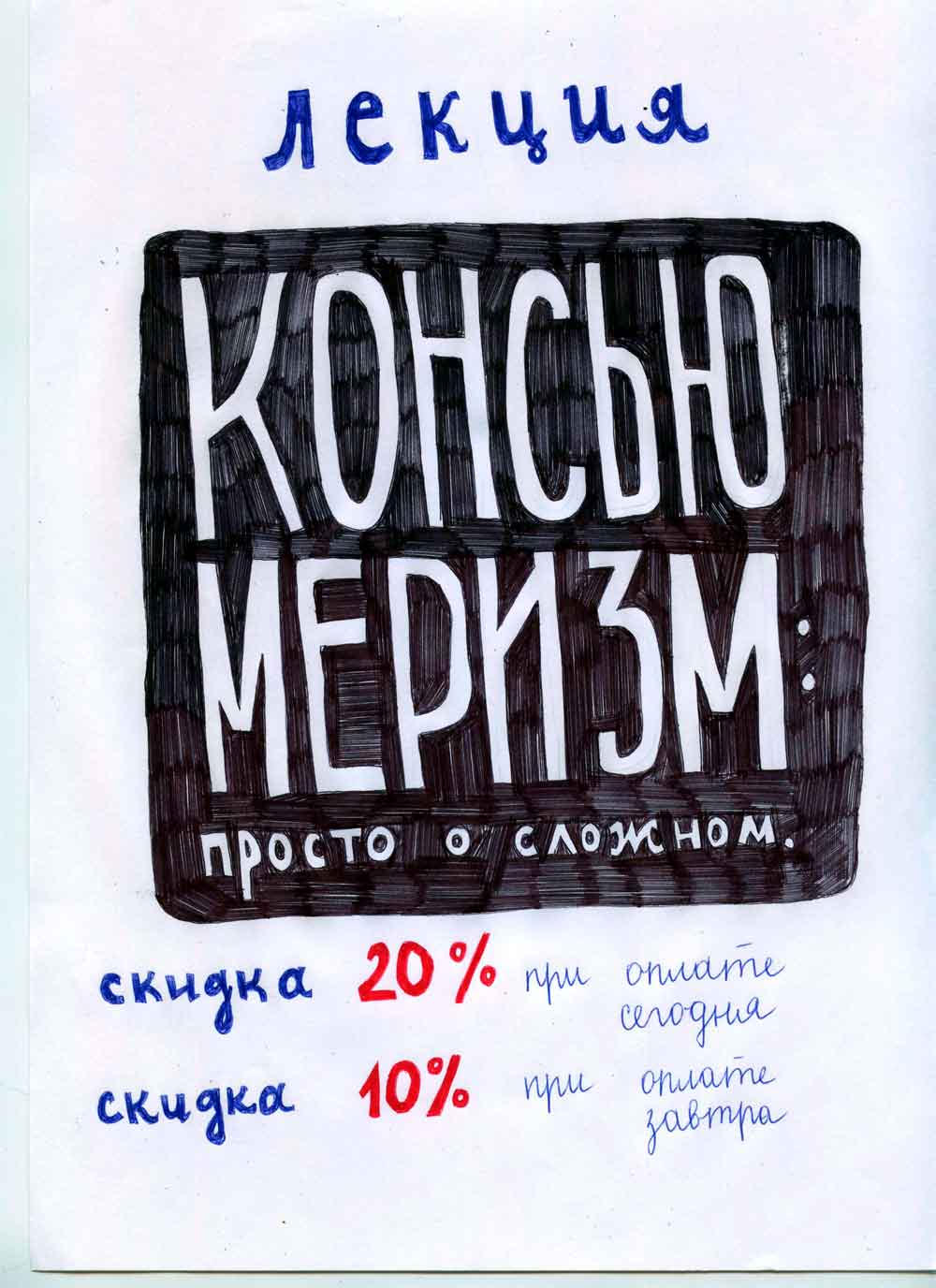 |
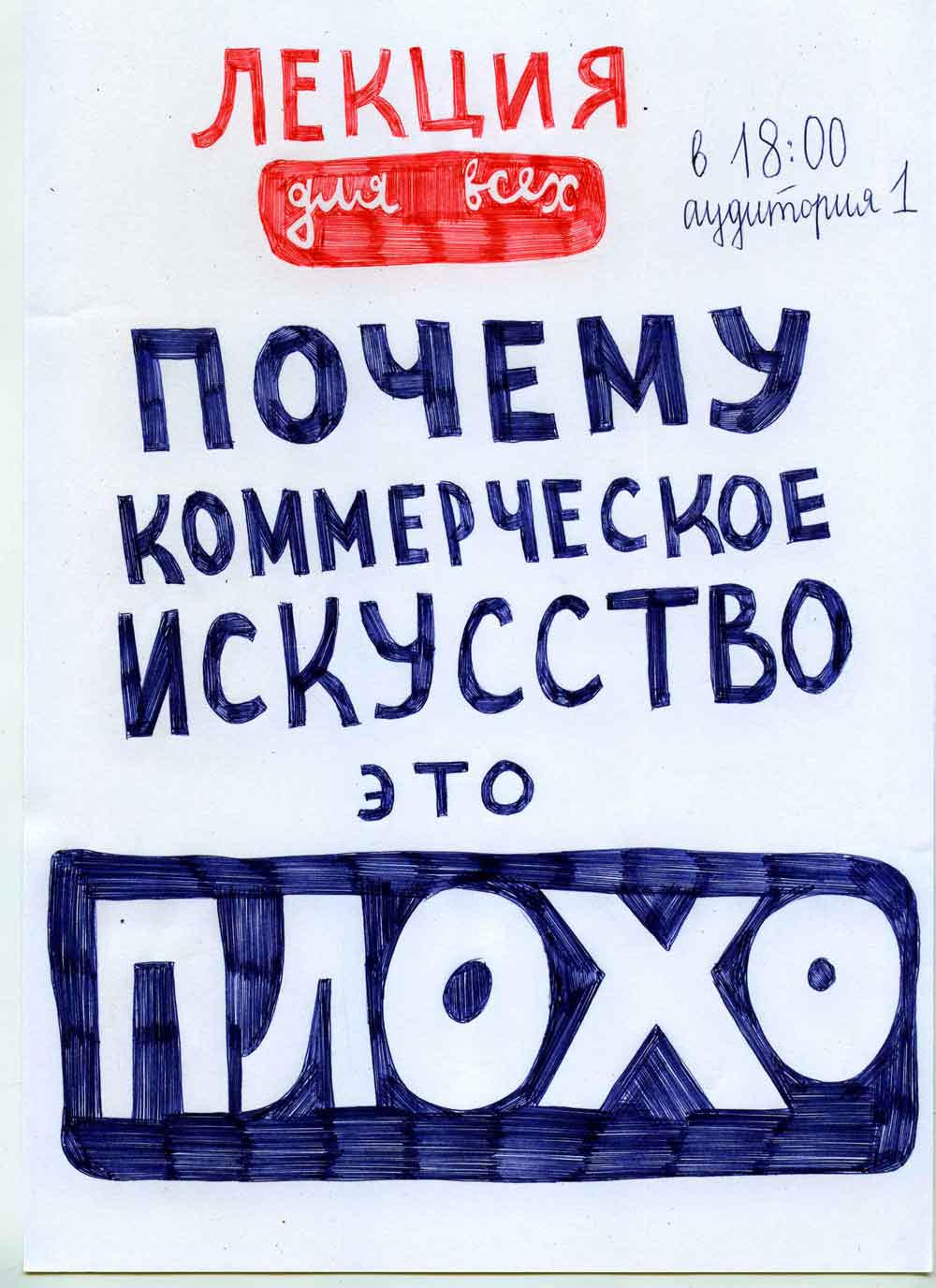 |
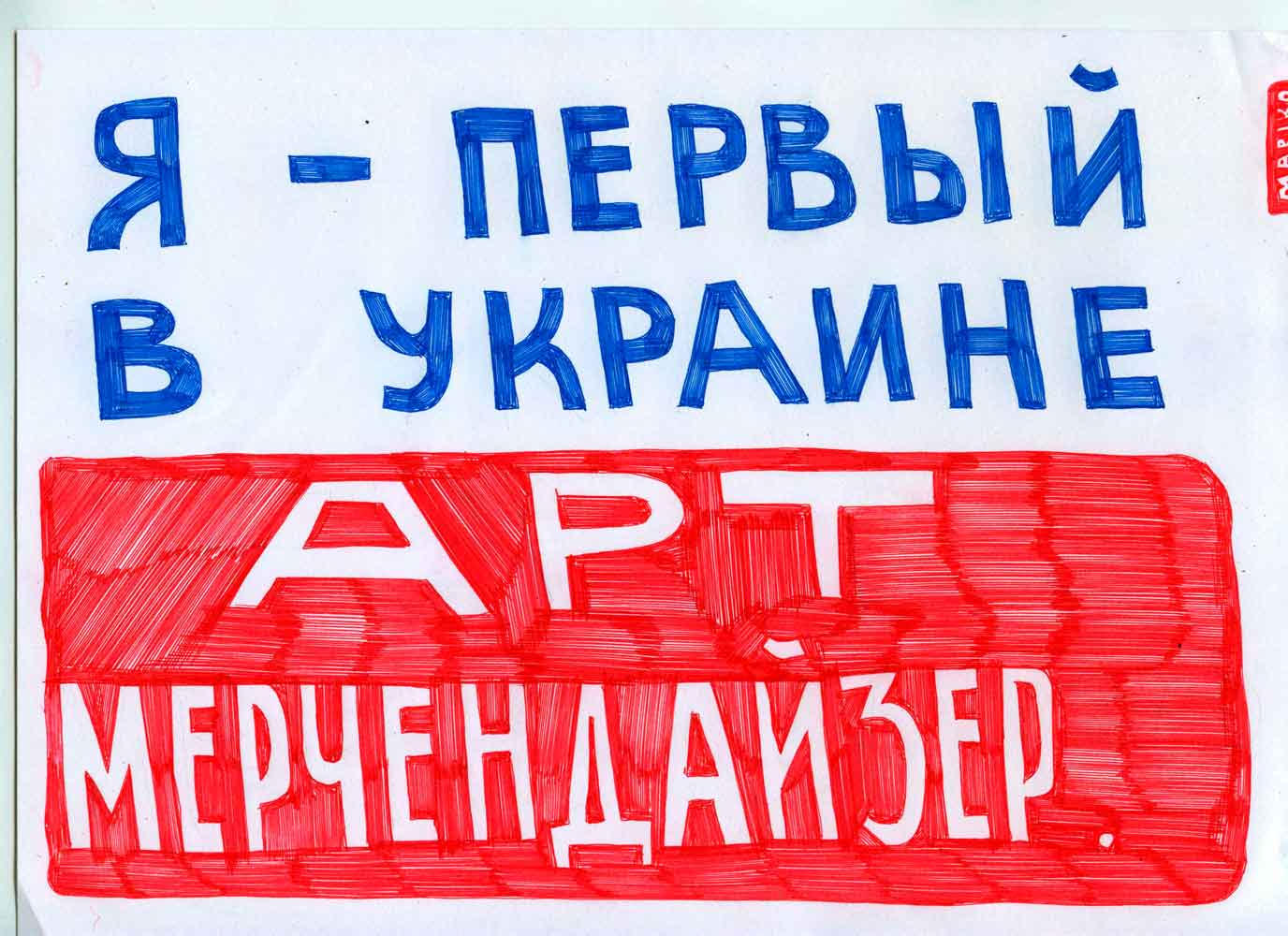 |
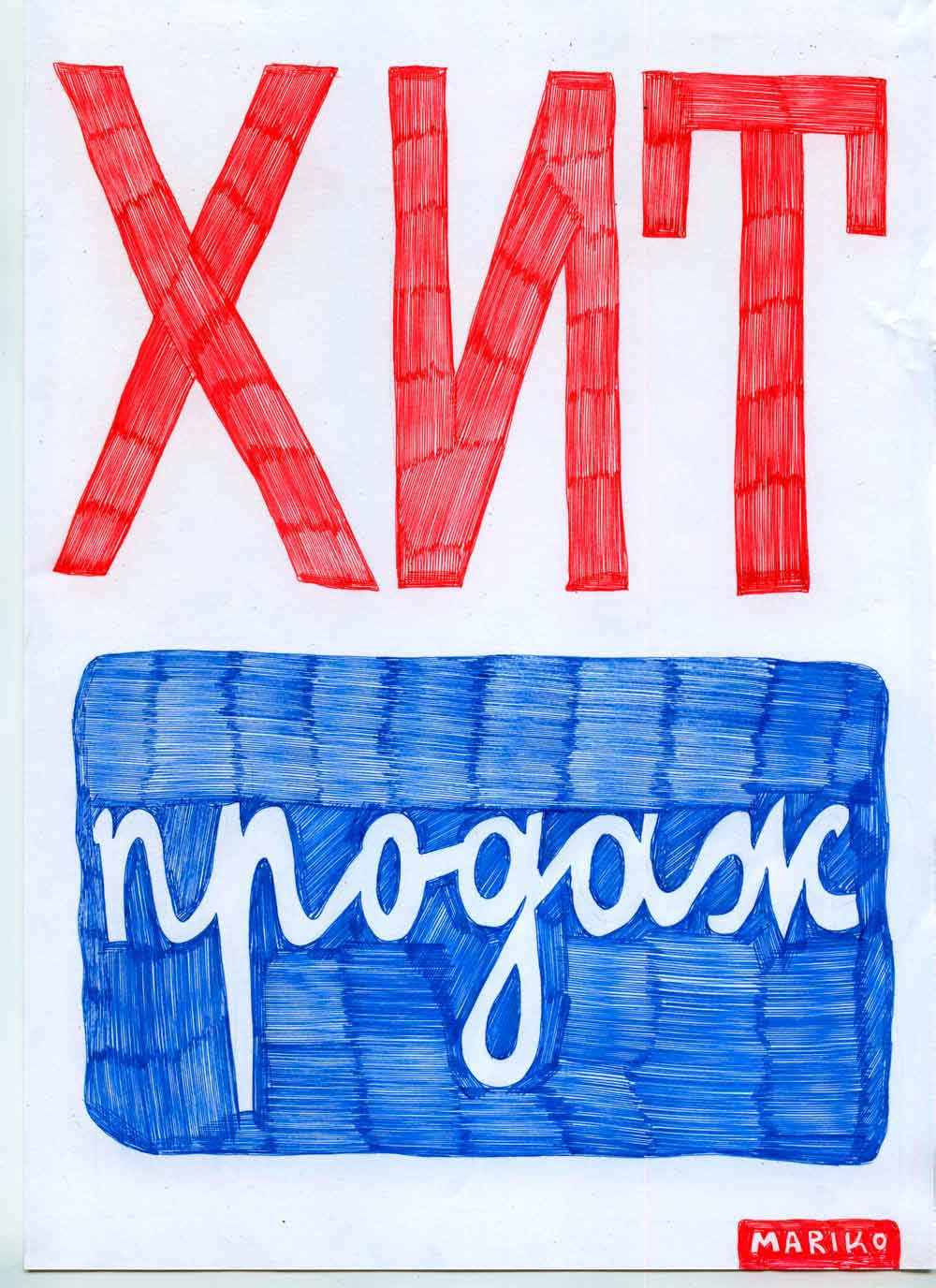 |
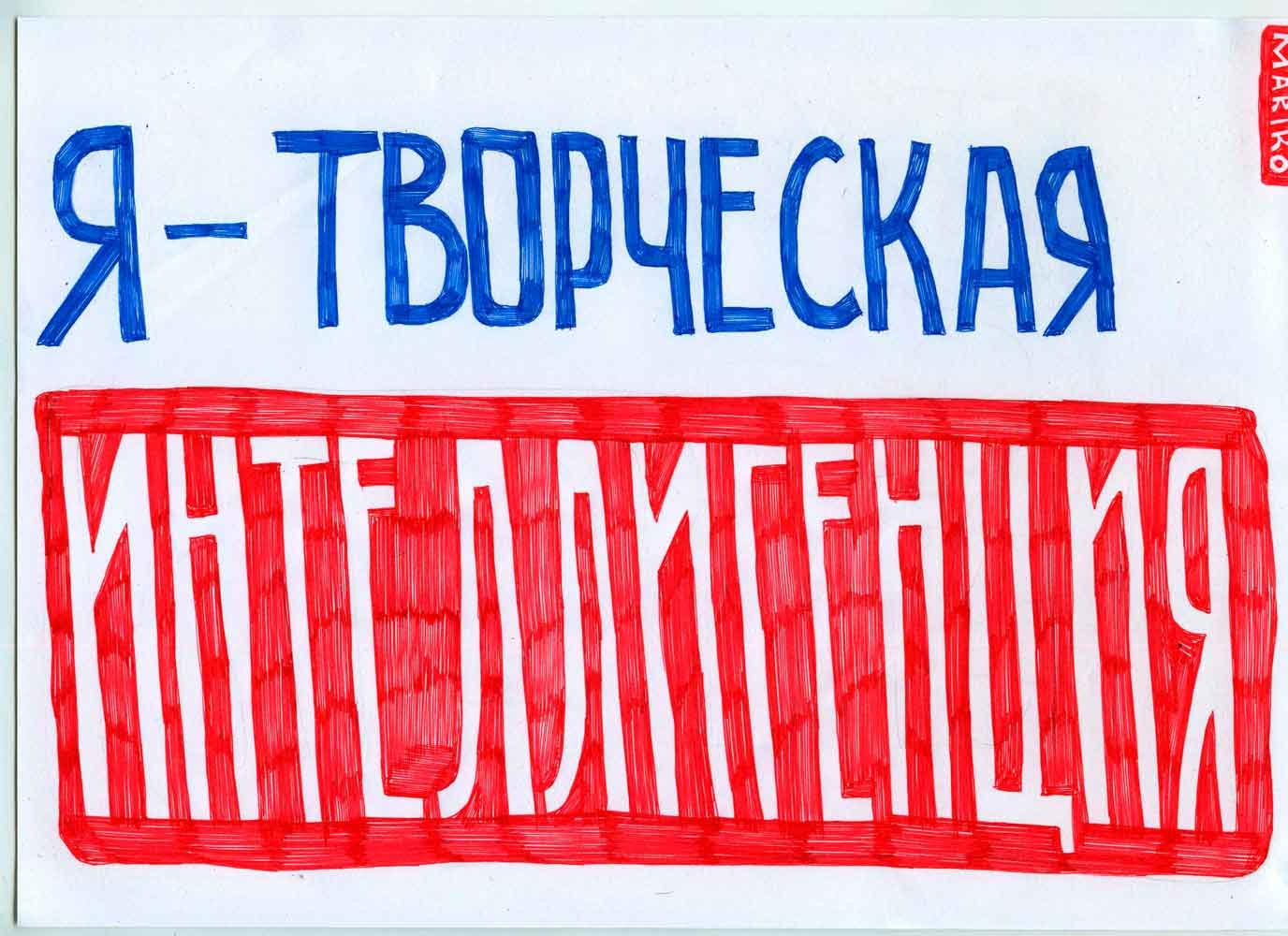 |
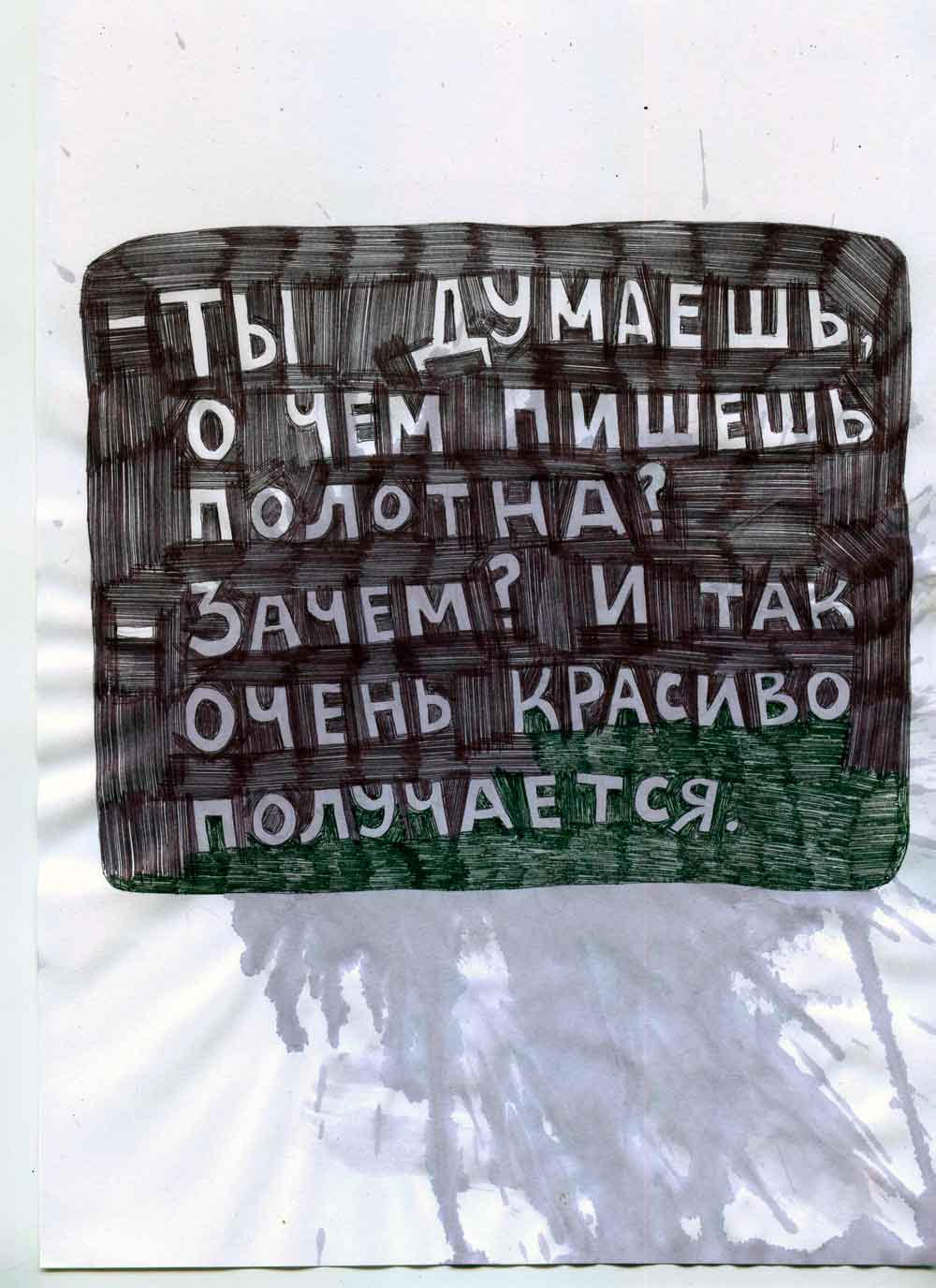 |
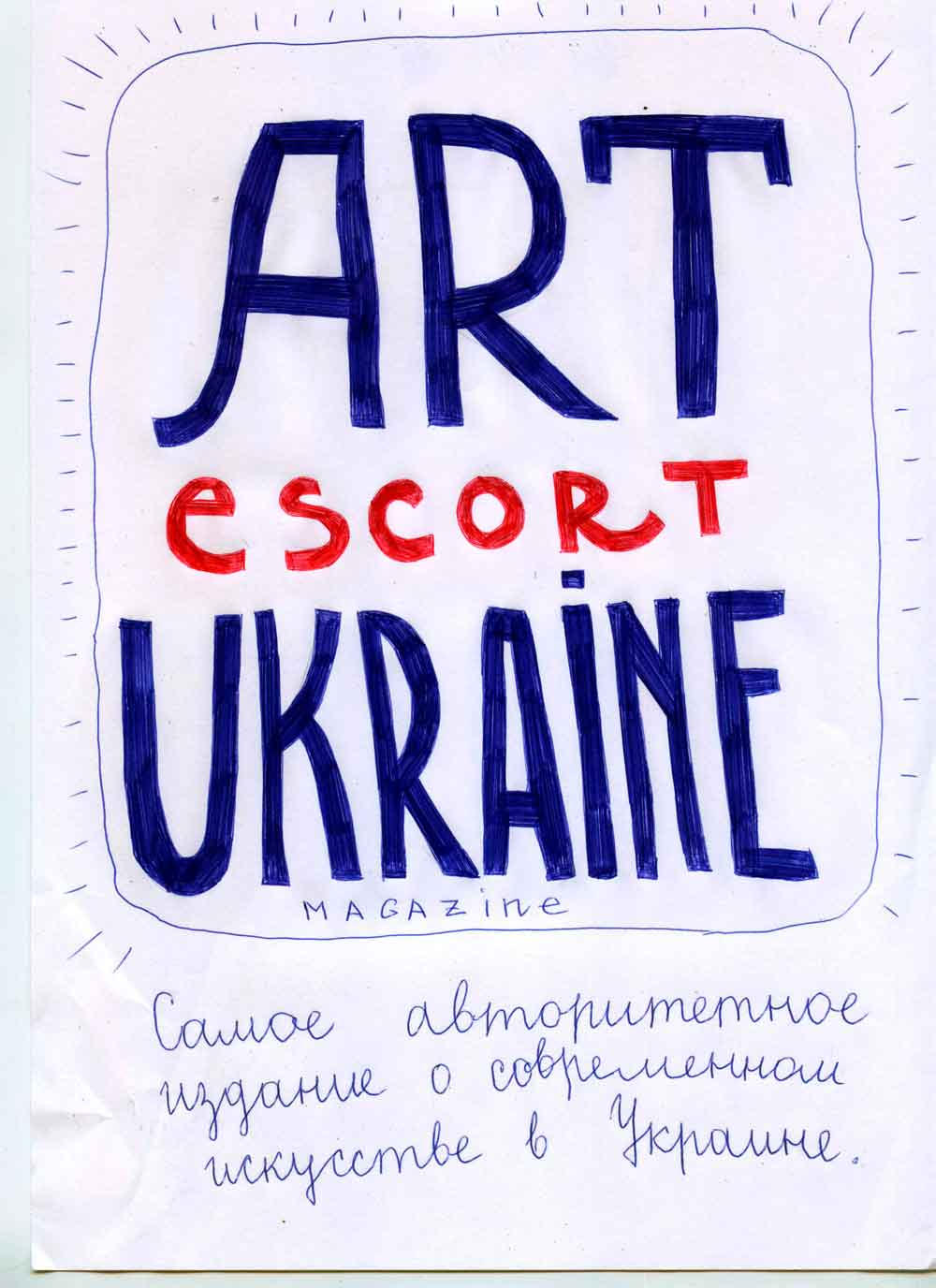 |
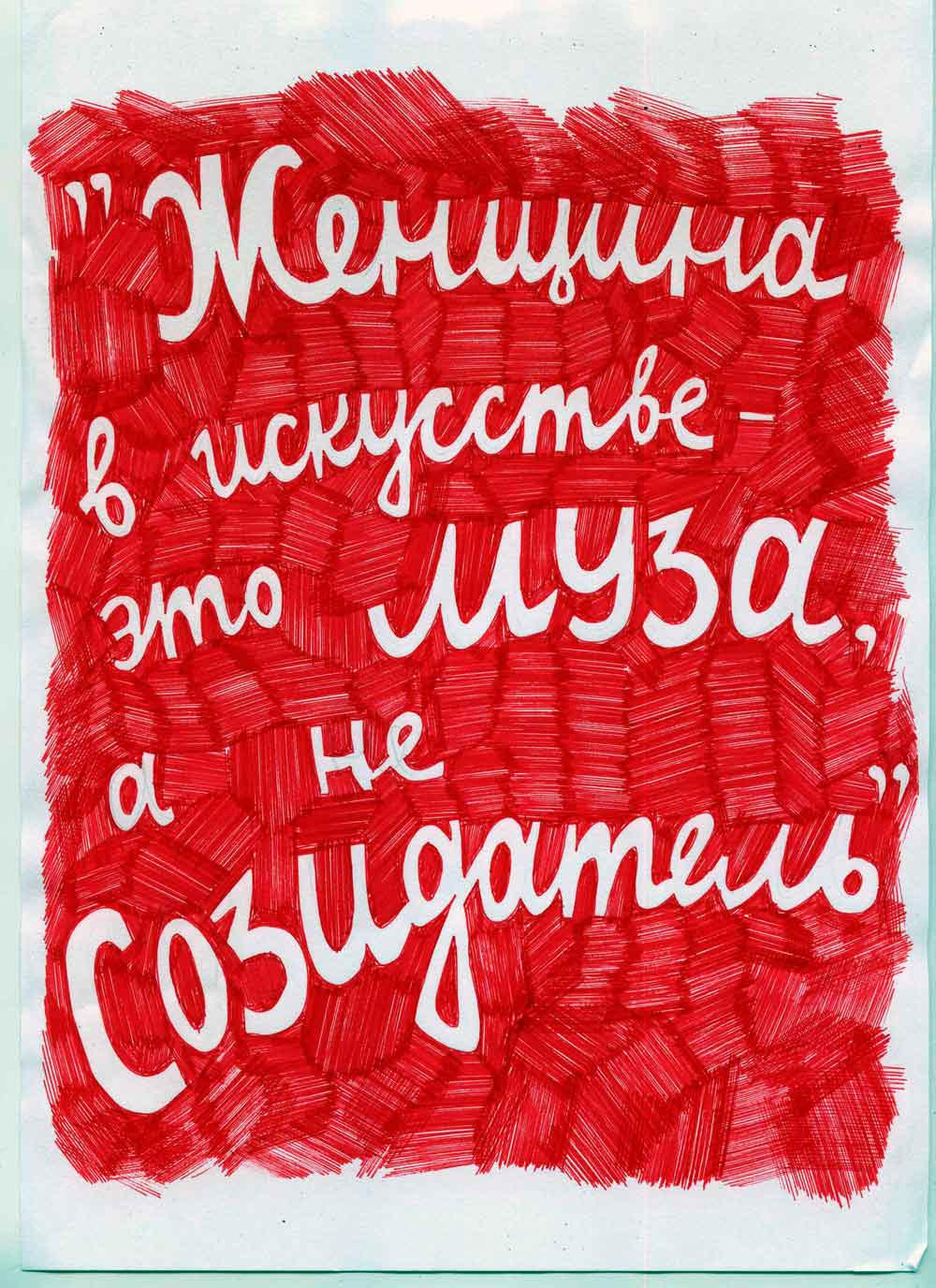 |
 |
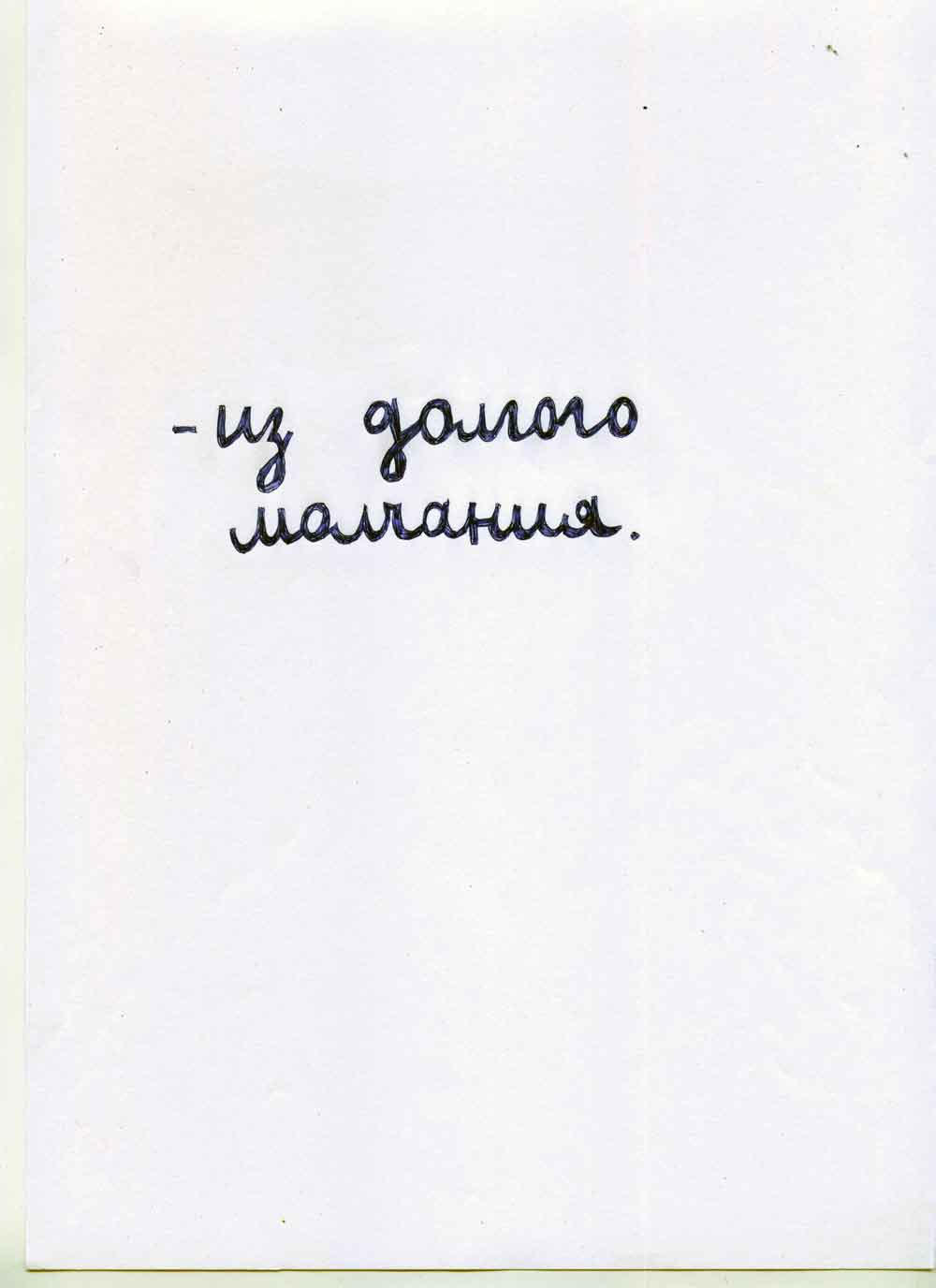 |
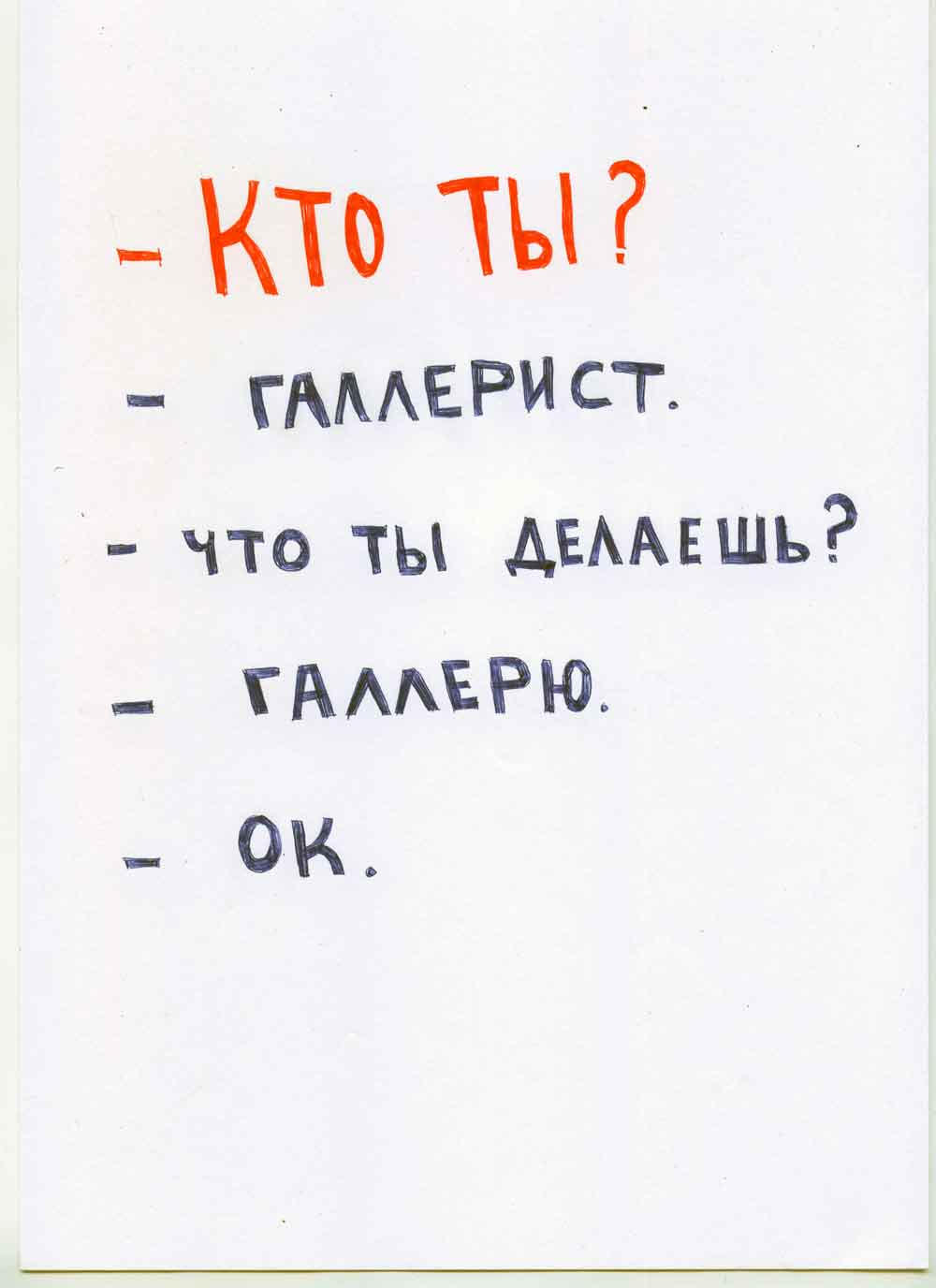 |
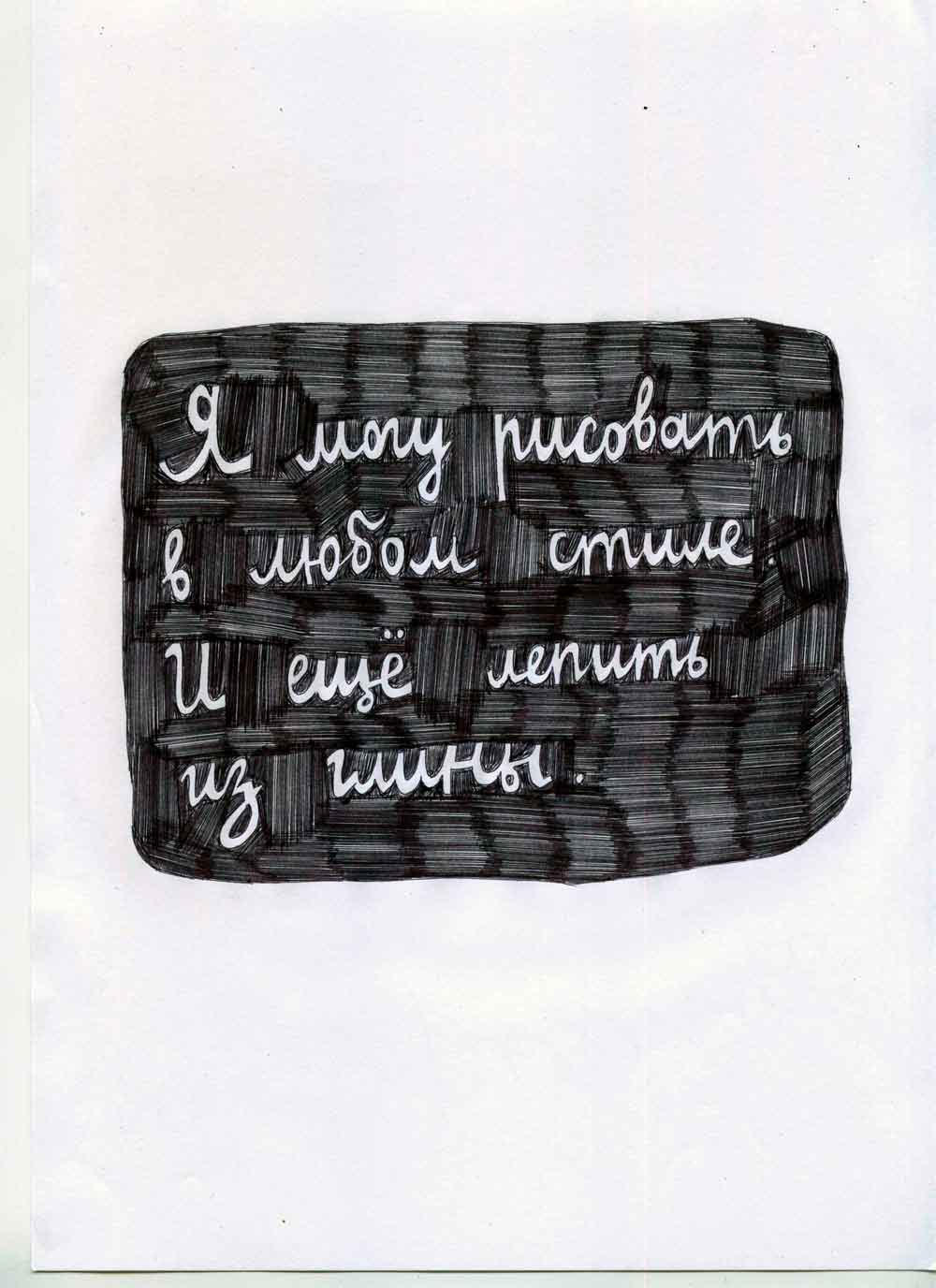 |
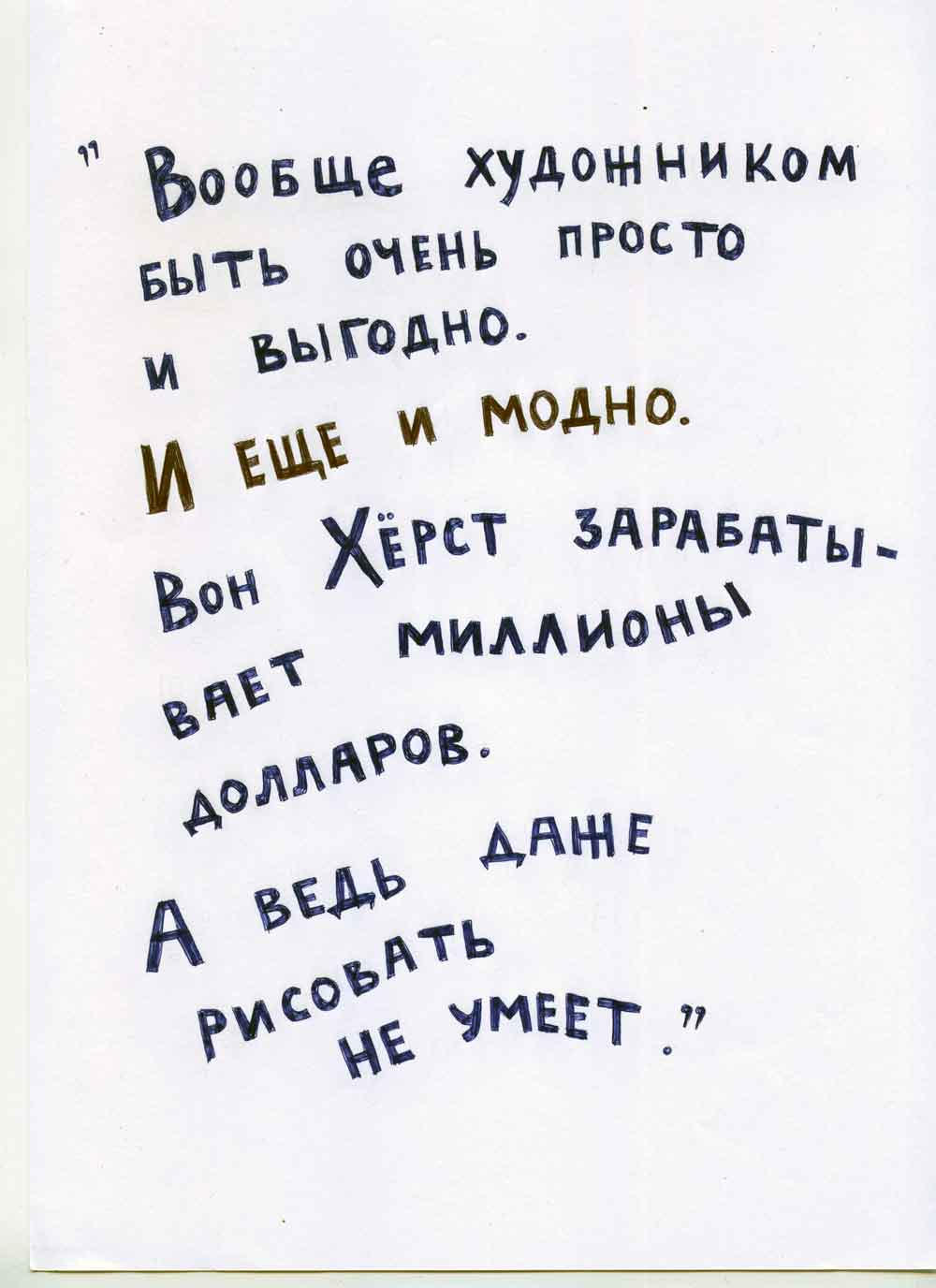 |
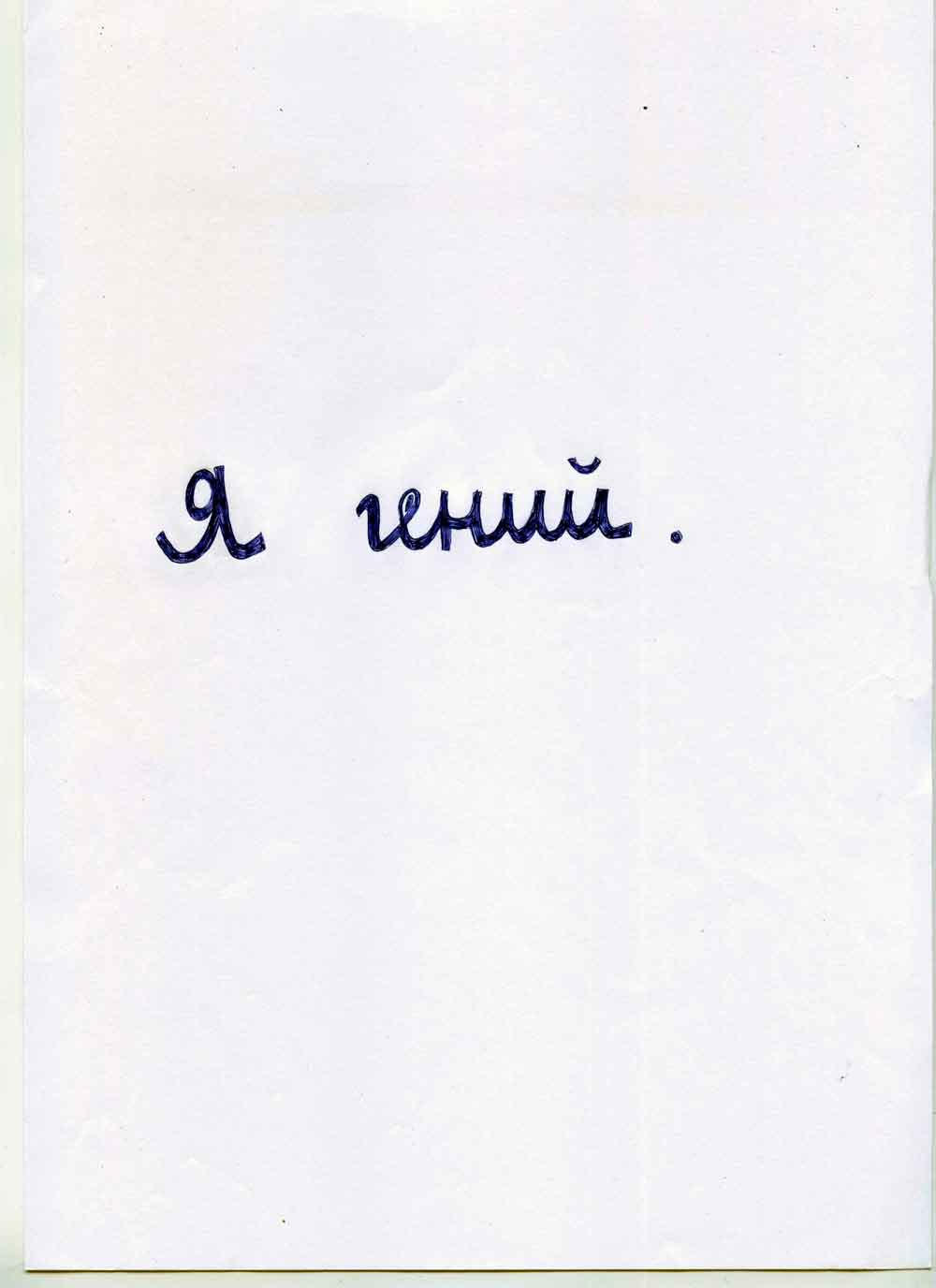 |
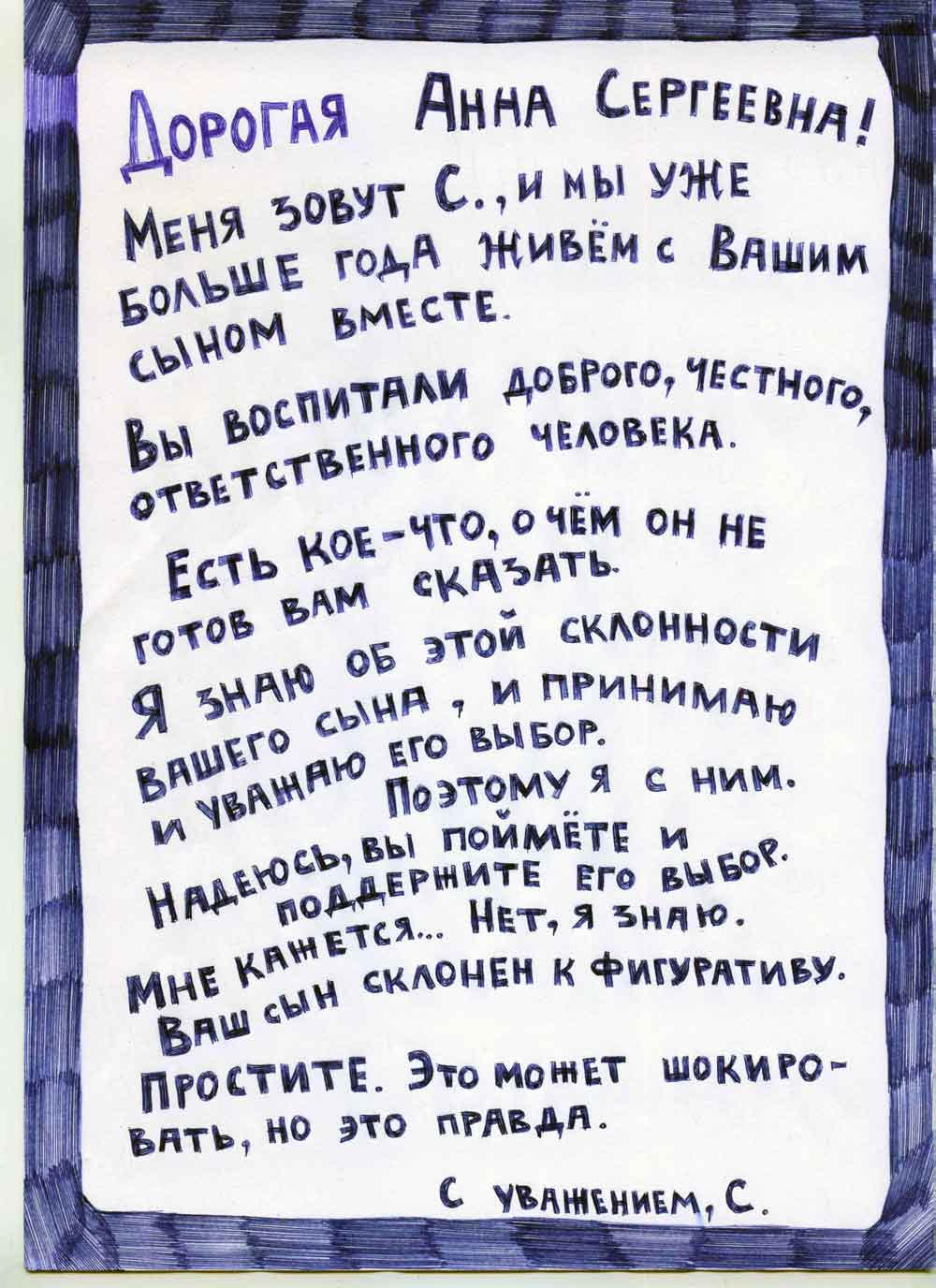 |
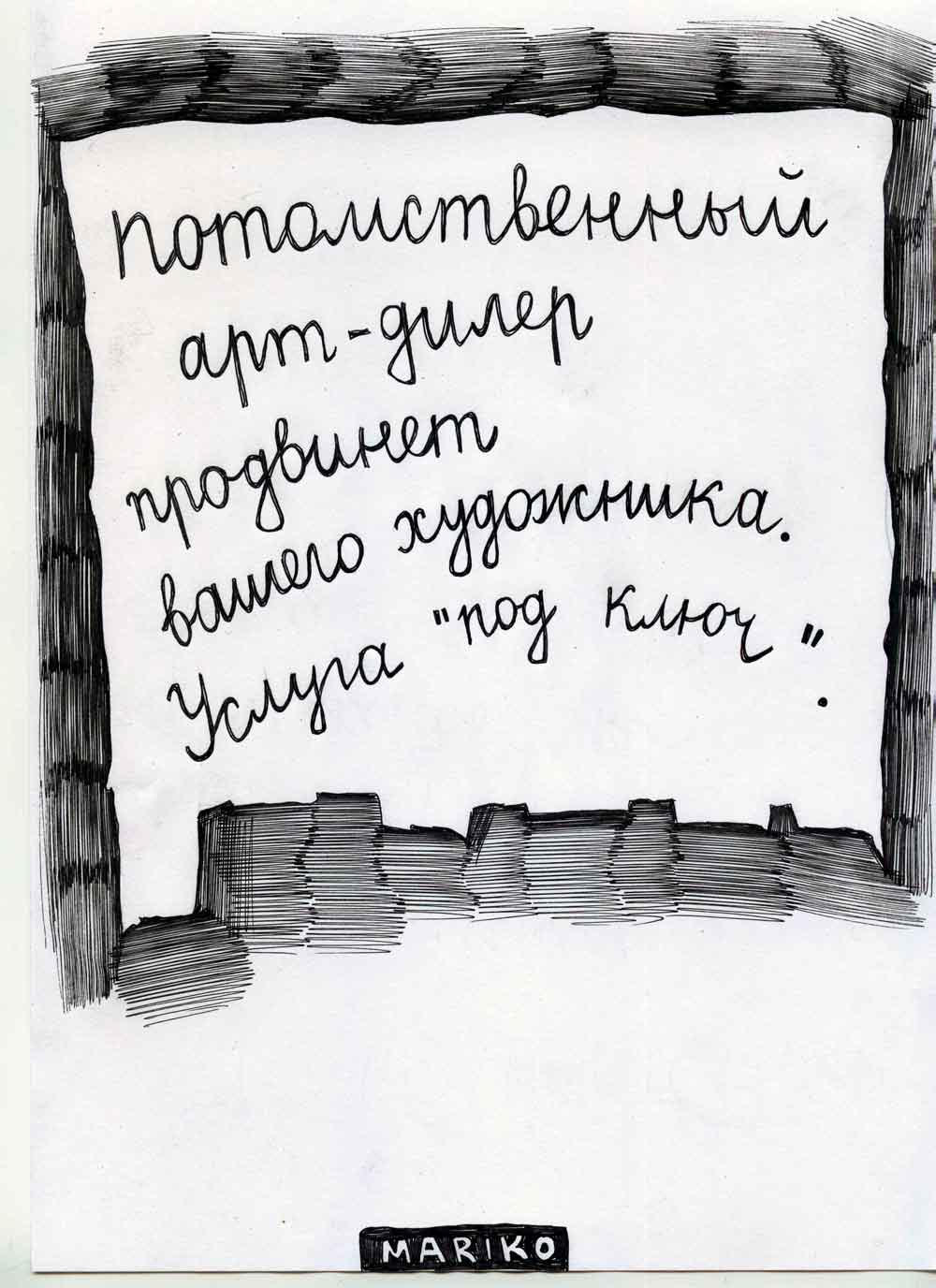 |
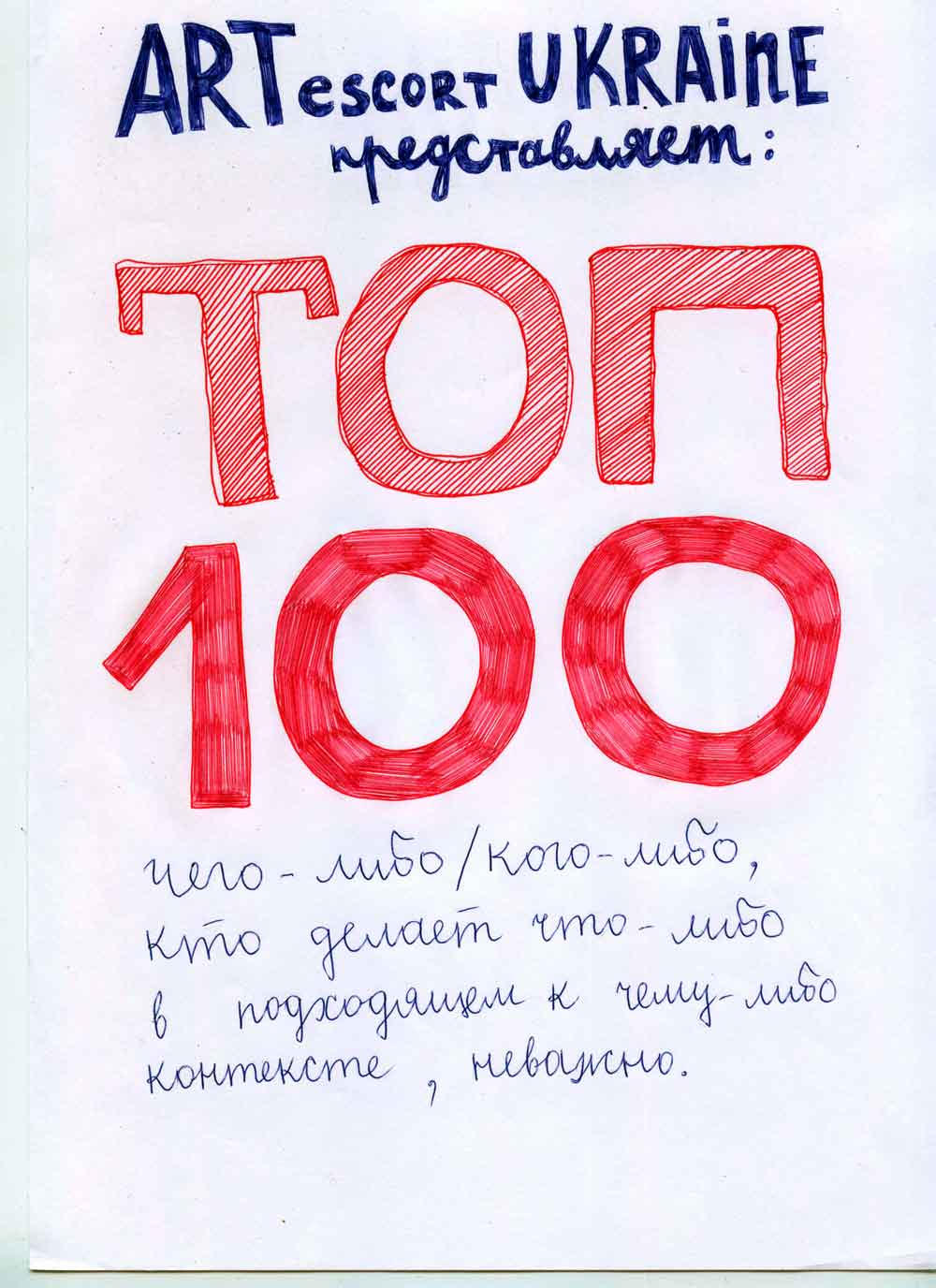 |
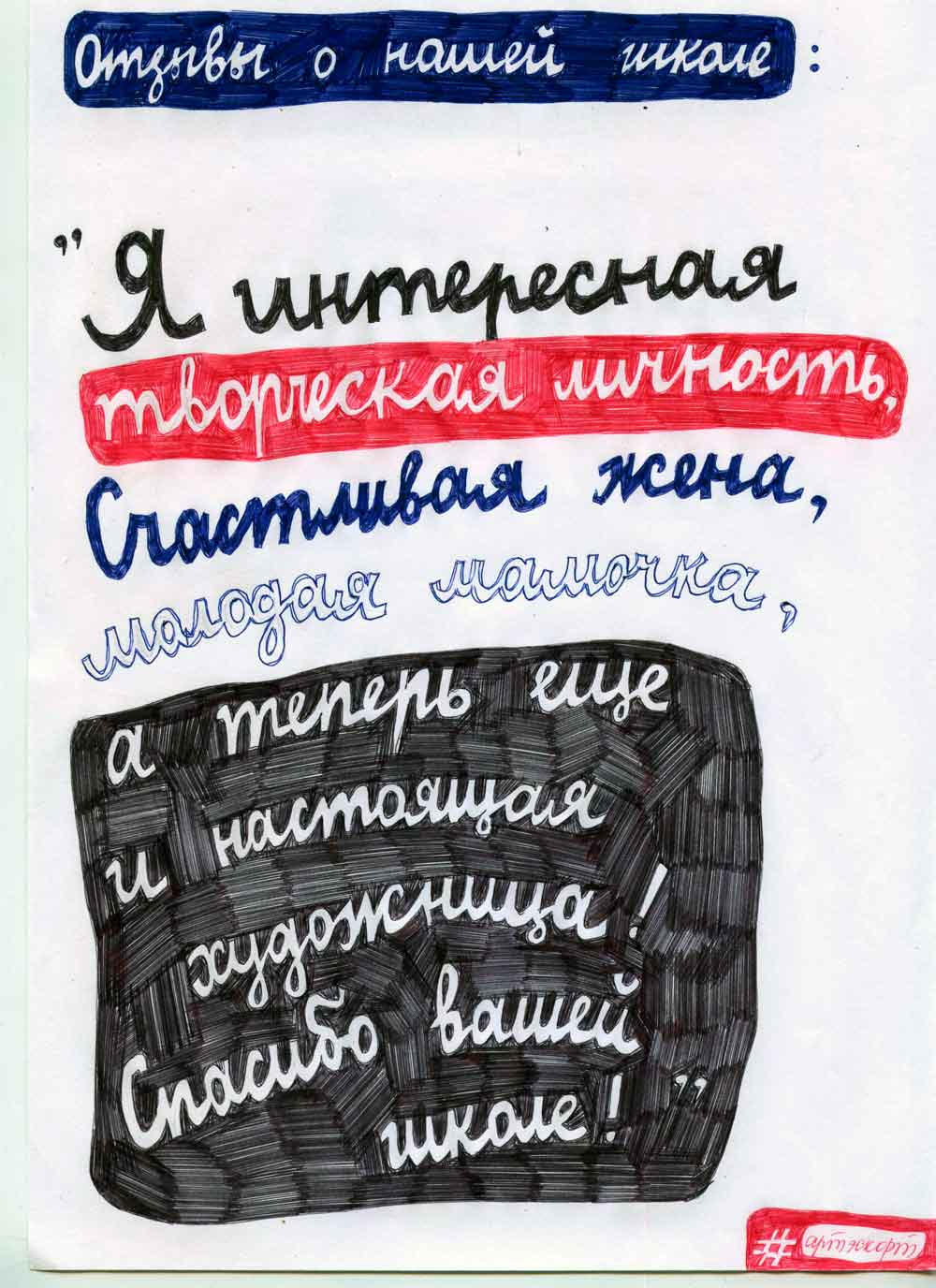 |
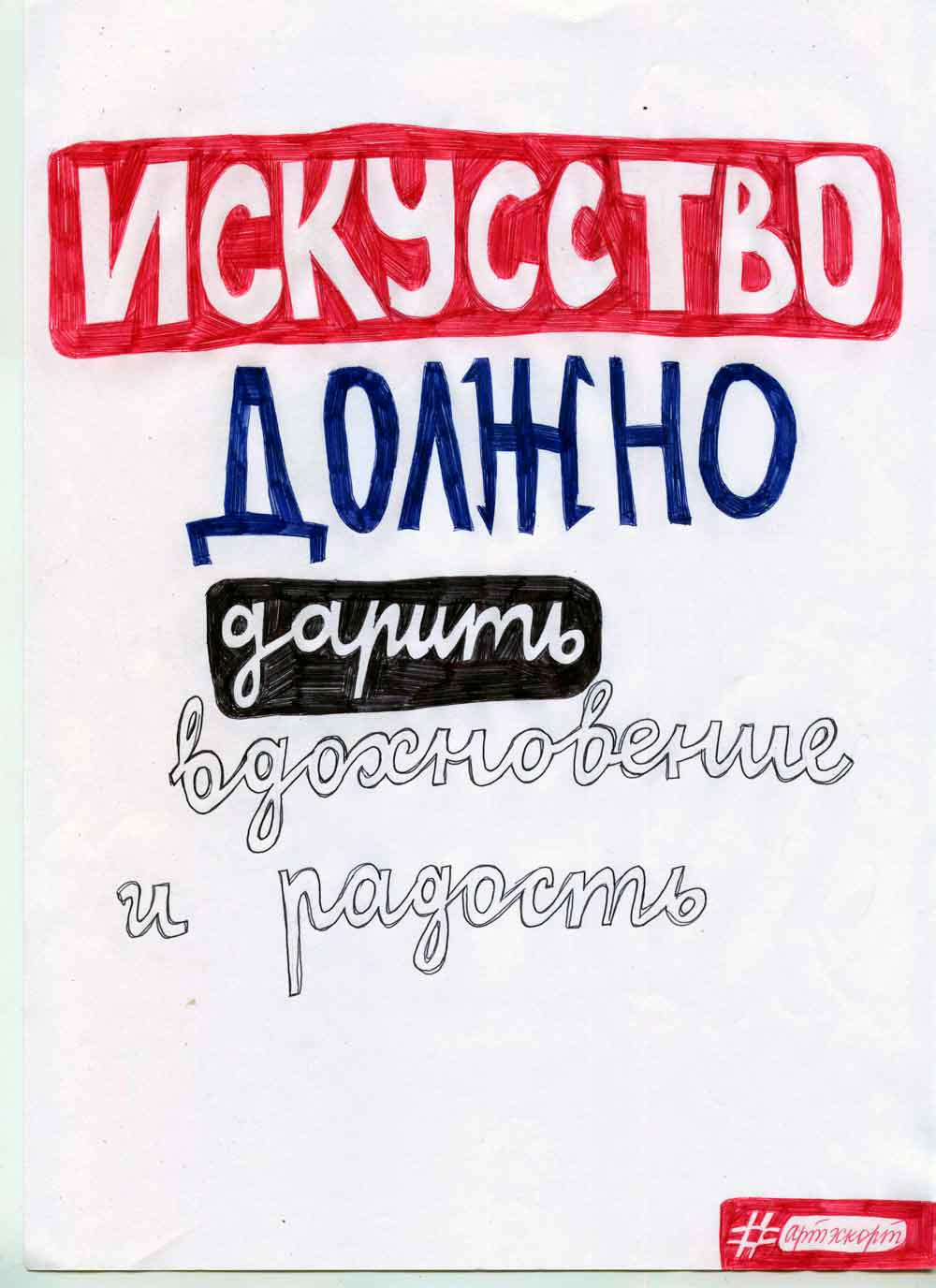 |
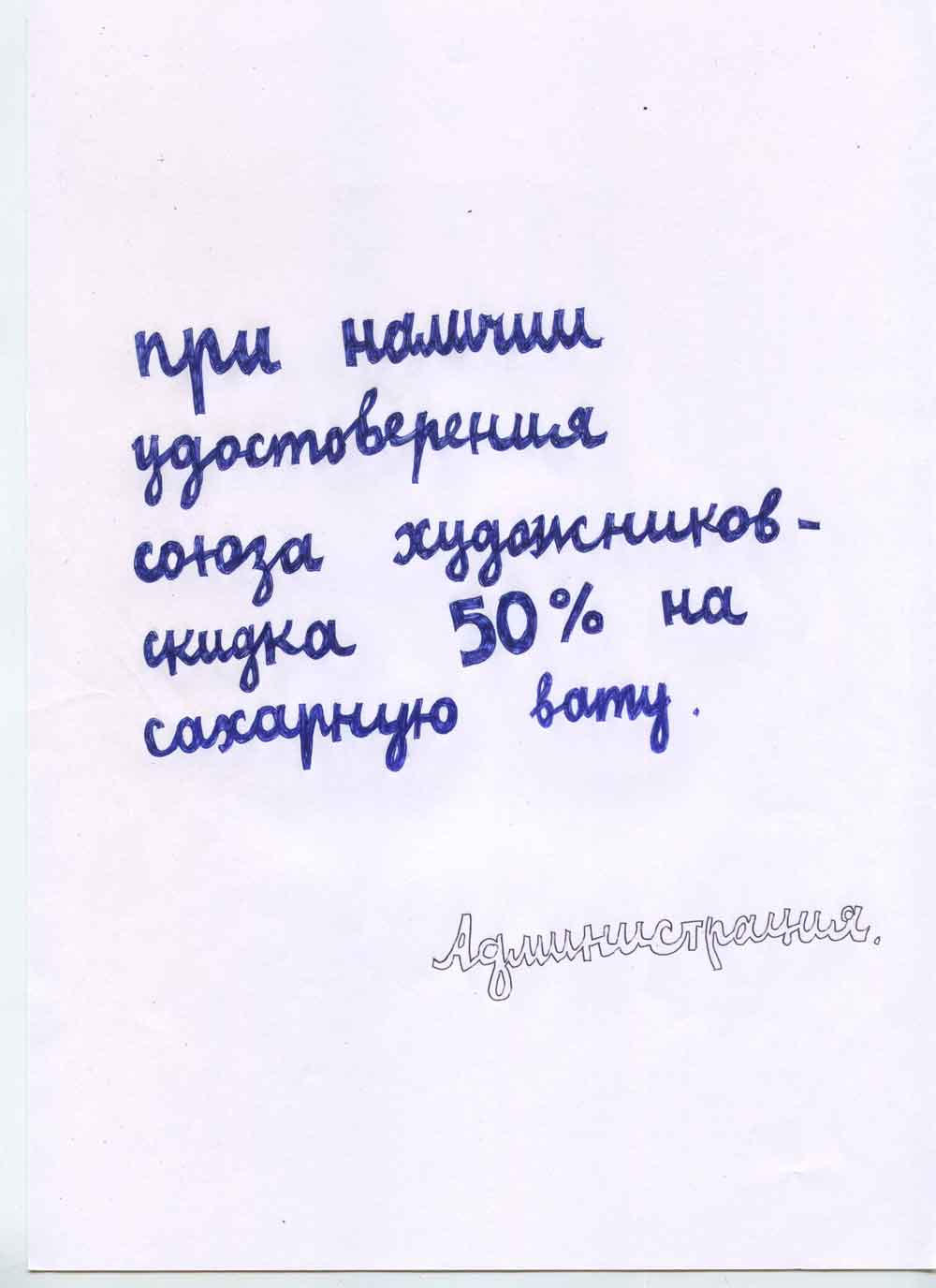 |
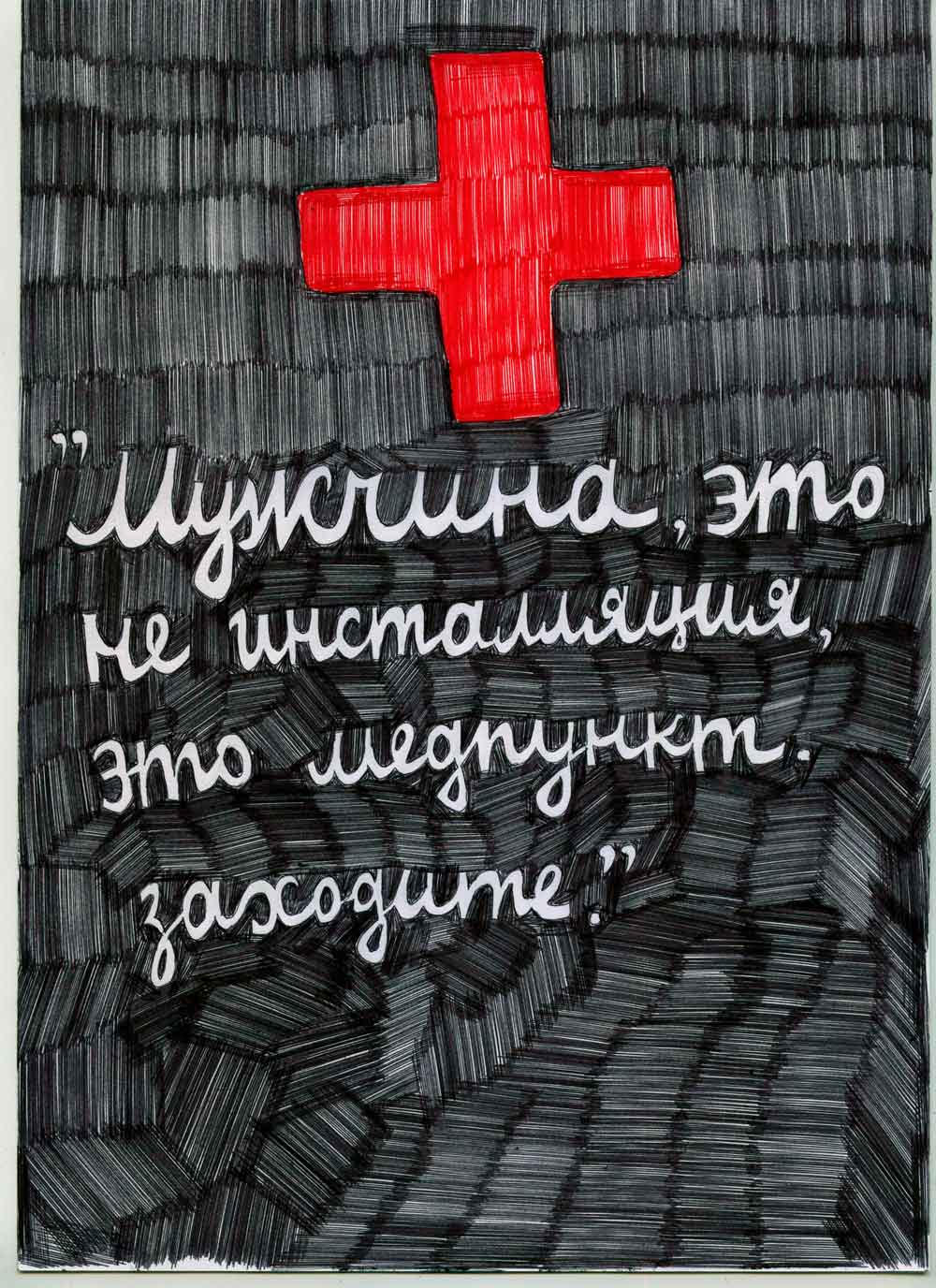 |
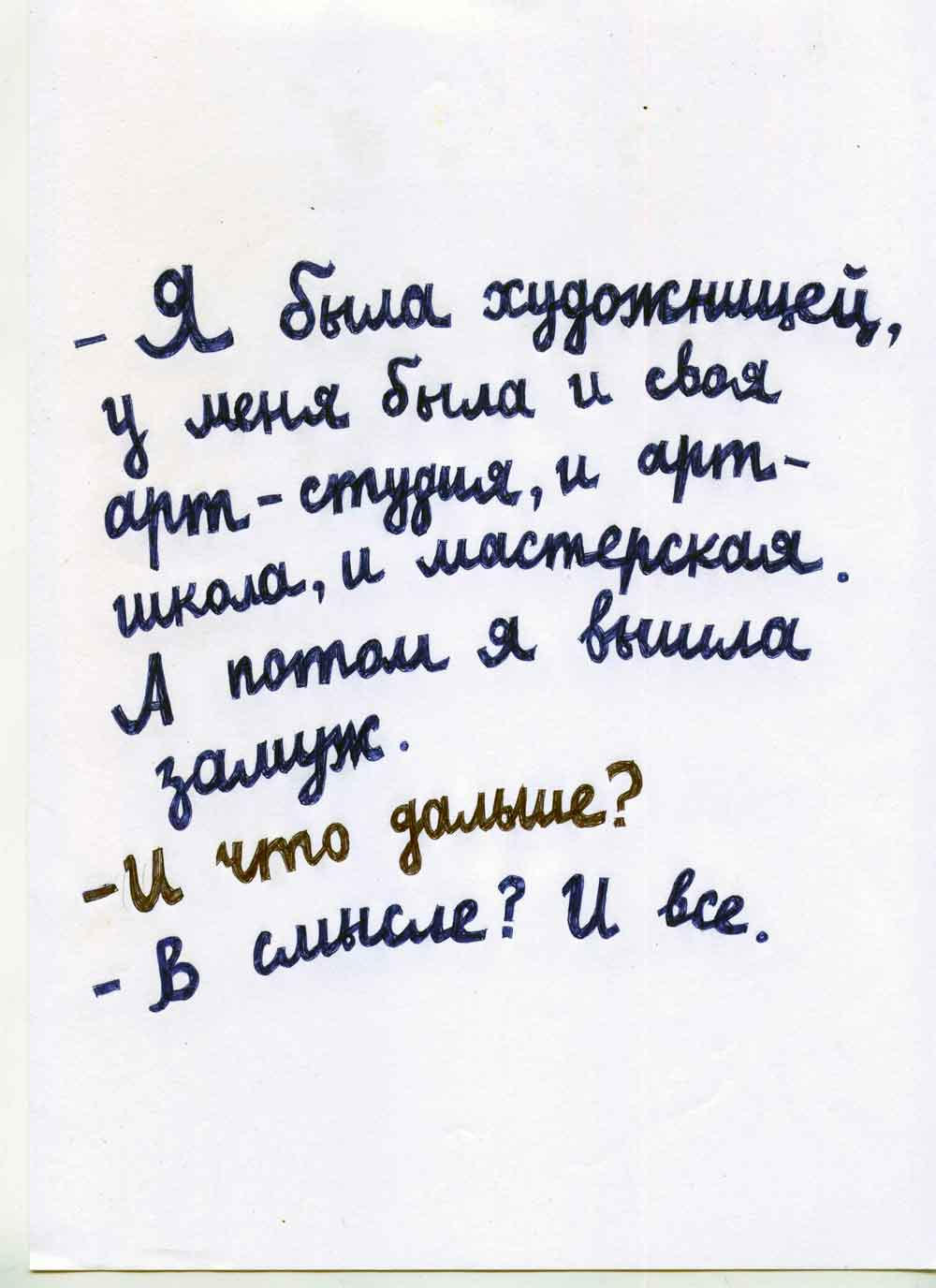 |
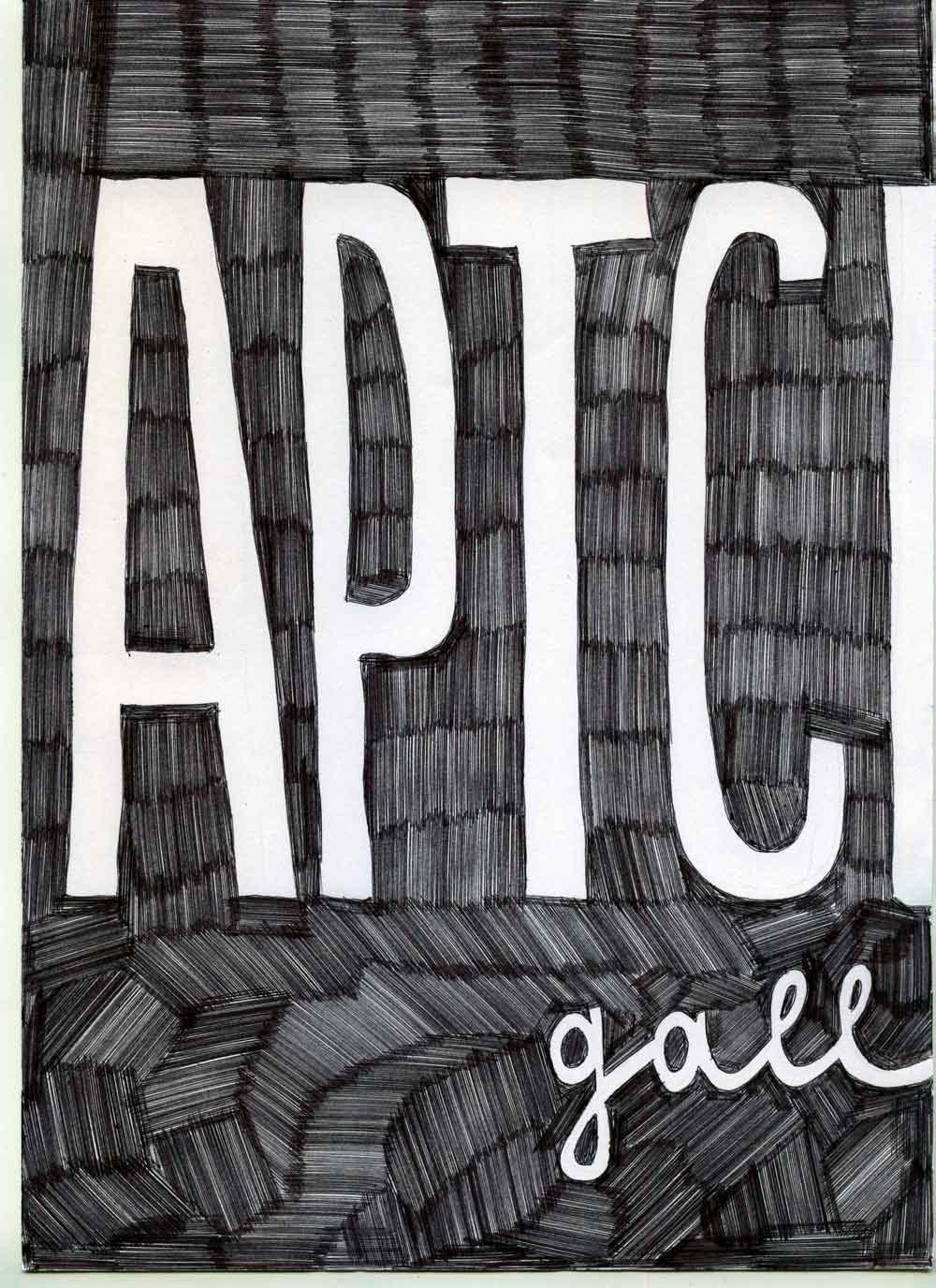 |
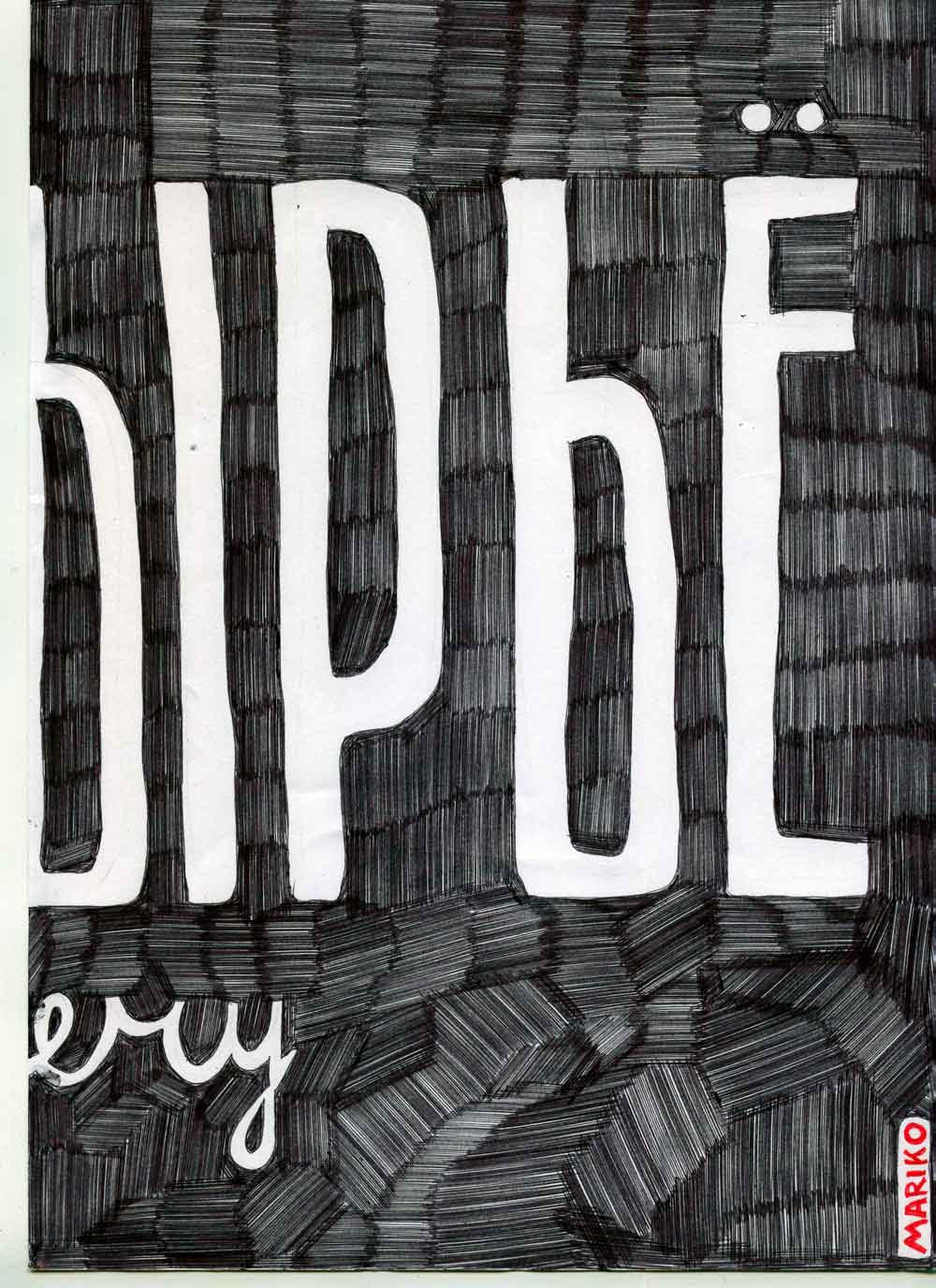 |
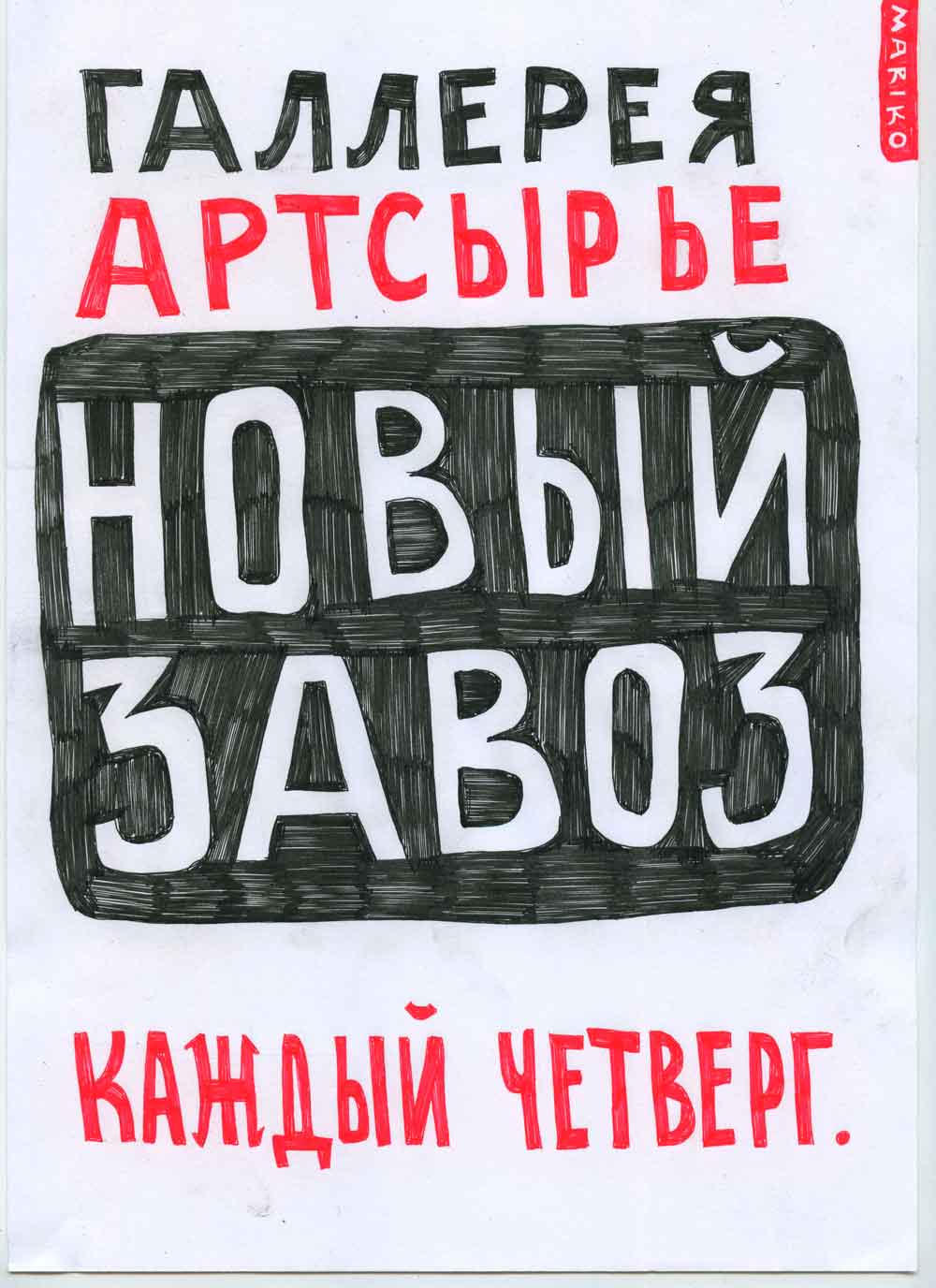 |
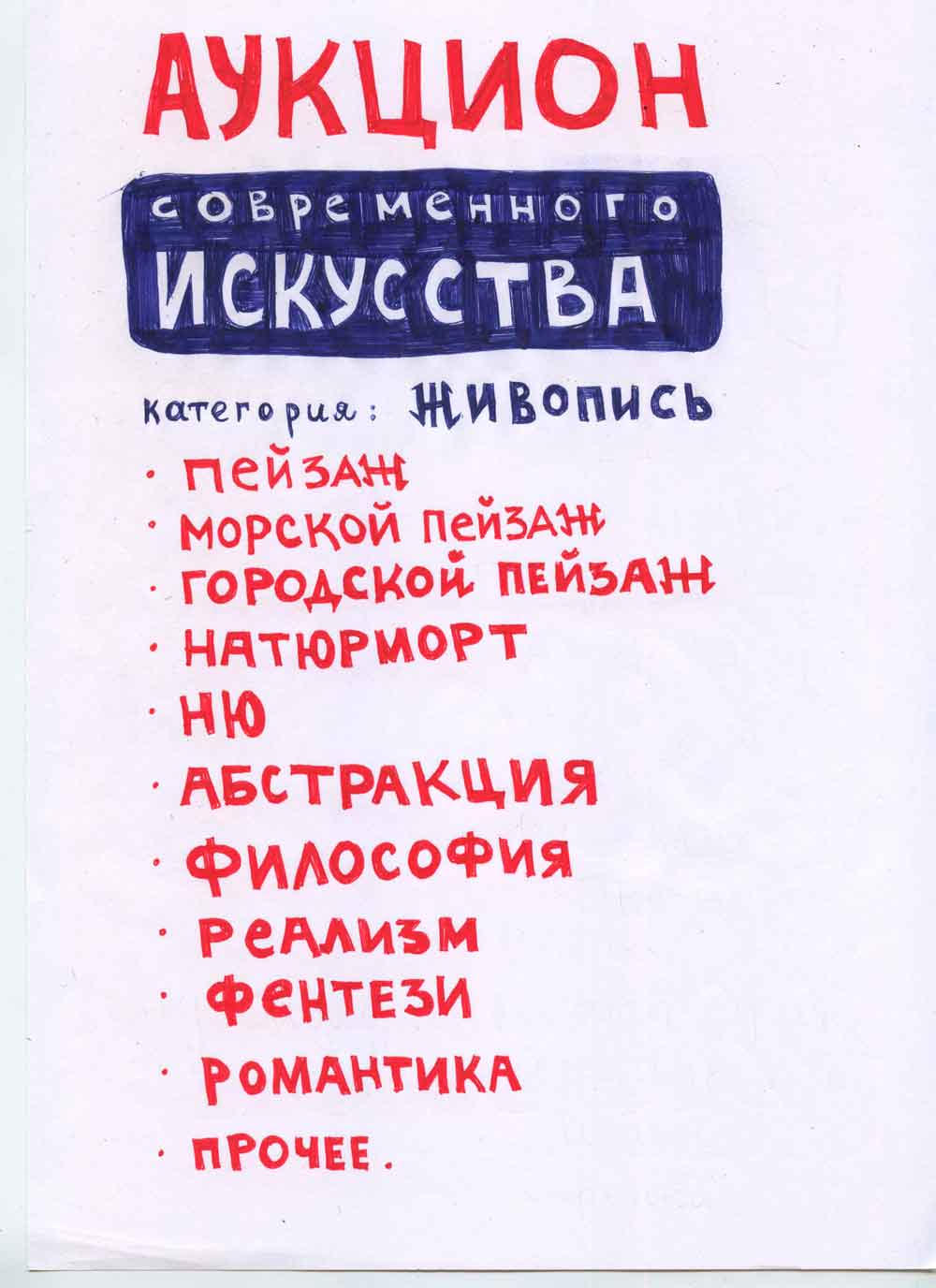 |
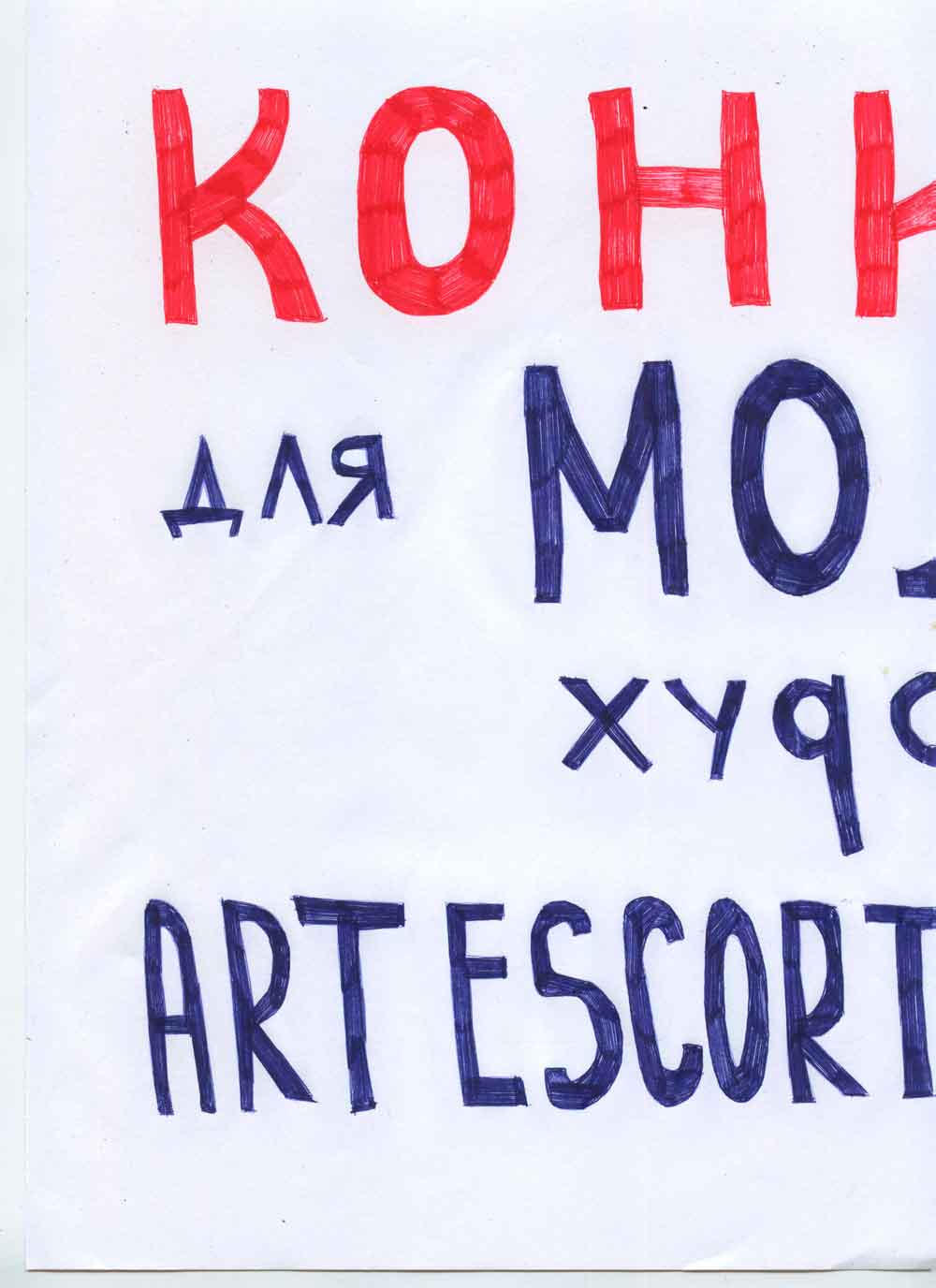 |
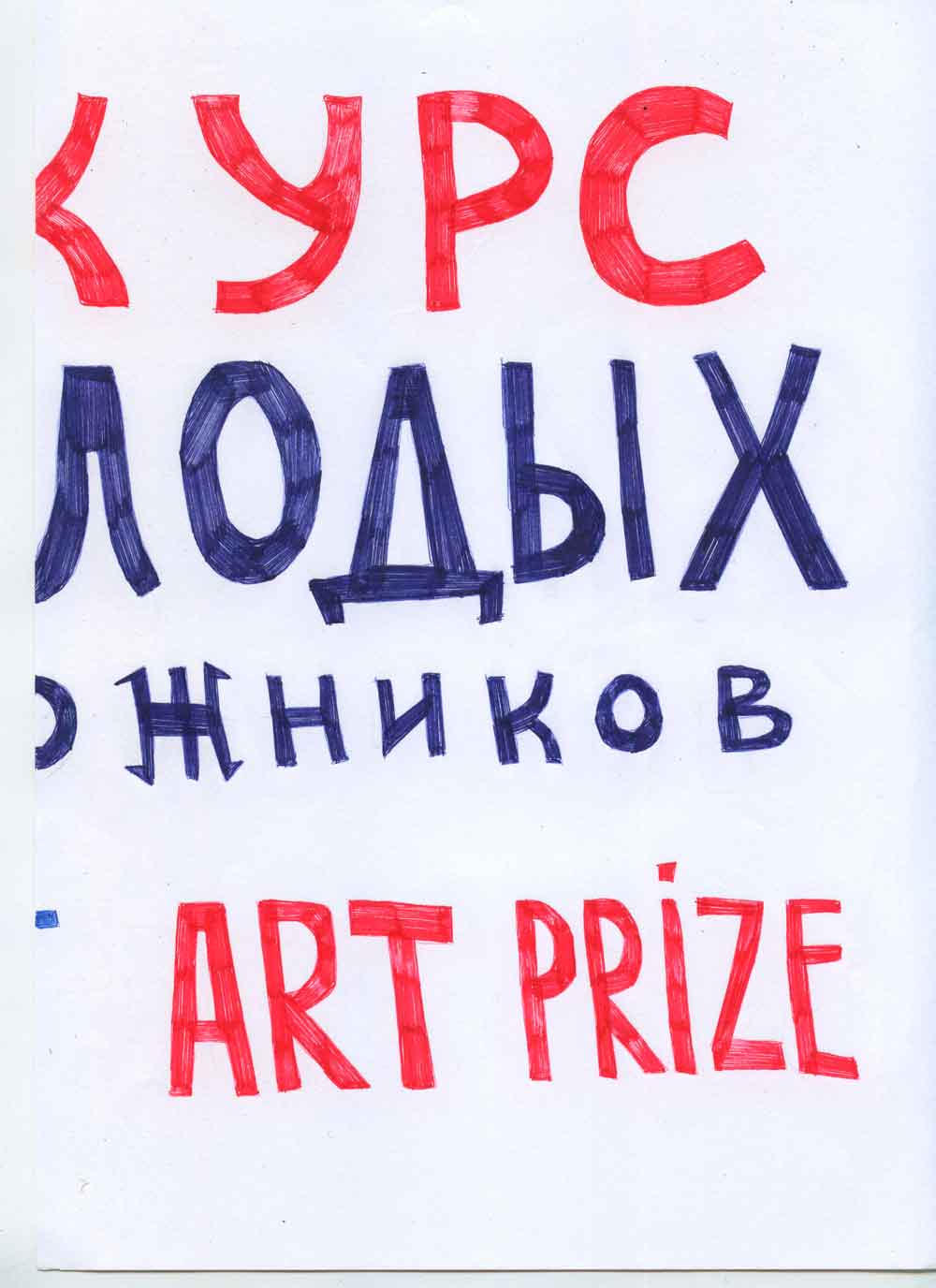 |
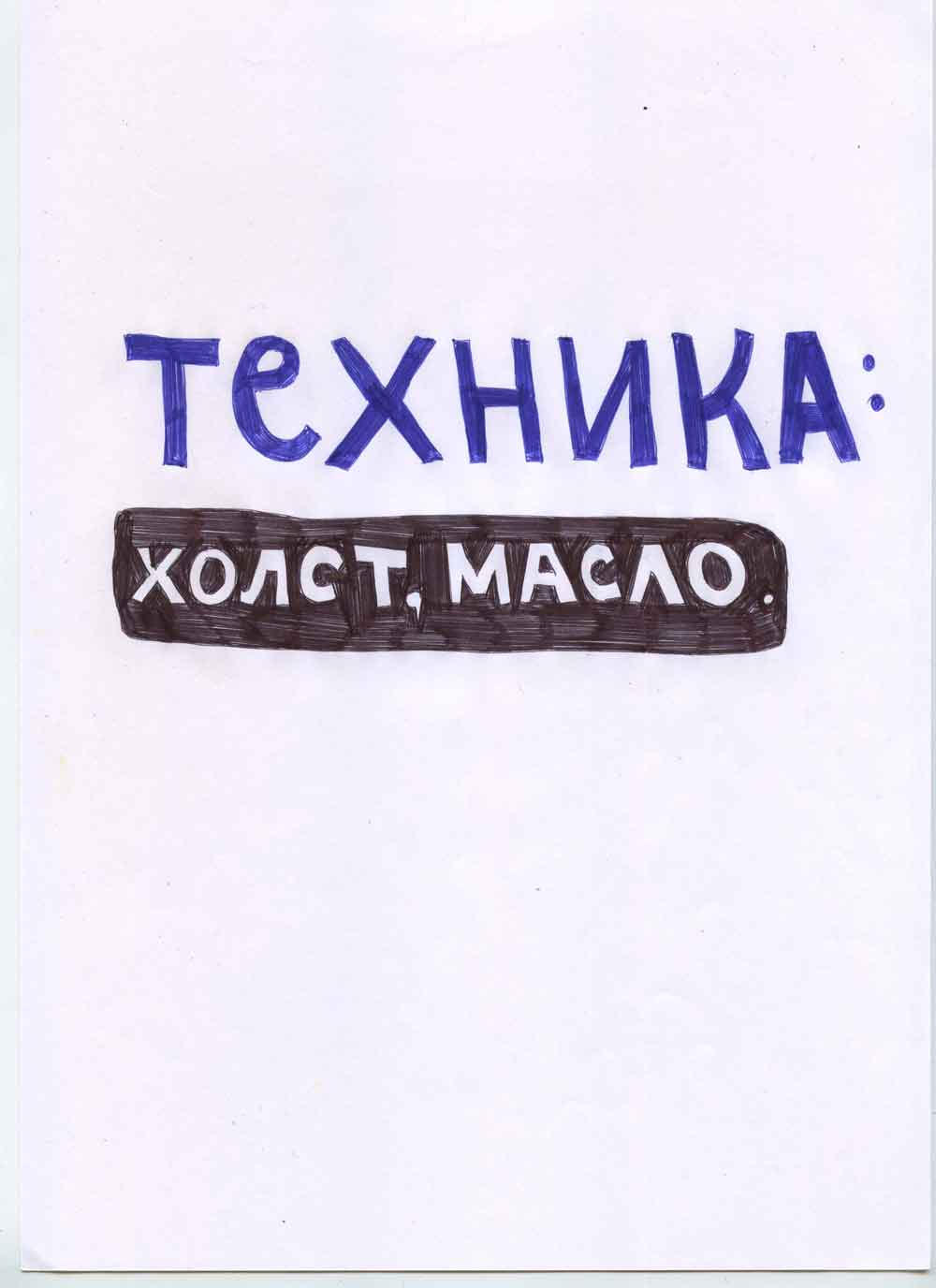 |
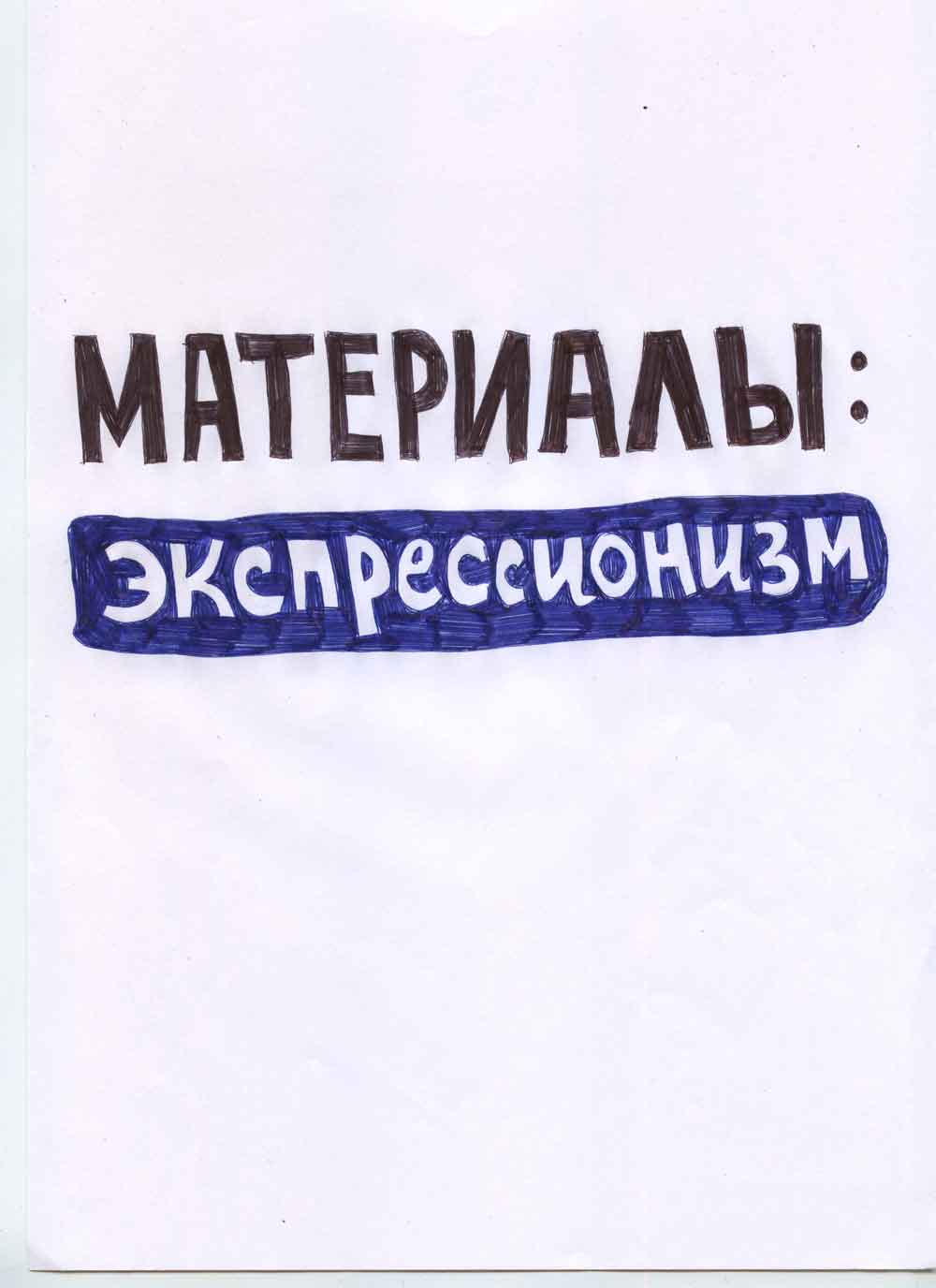 |
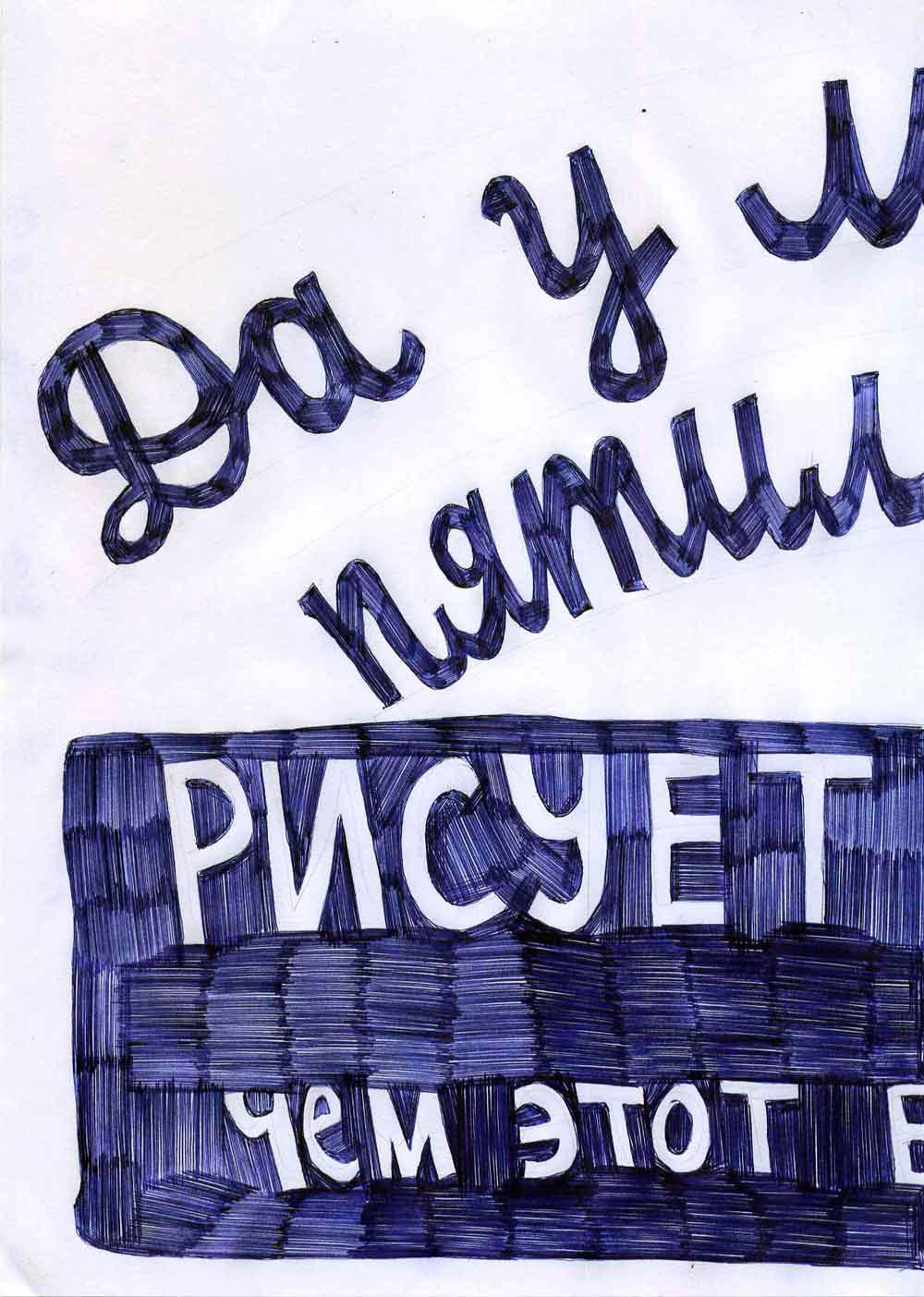 |
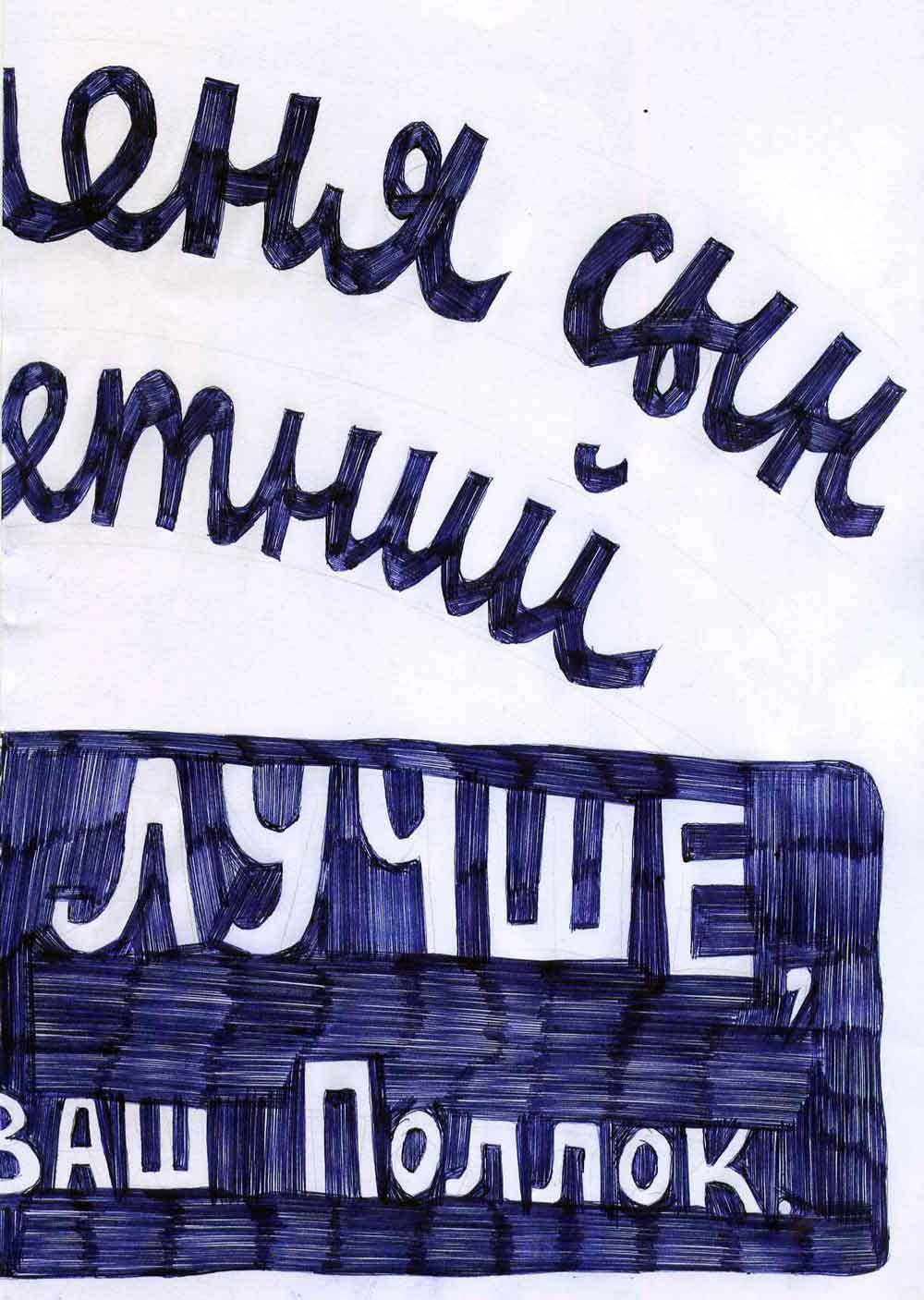 |
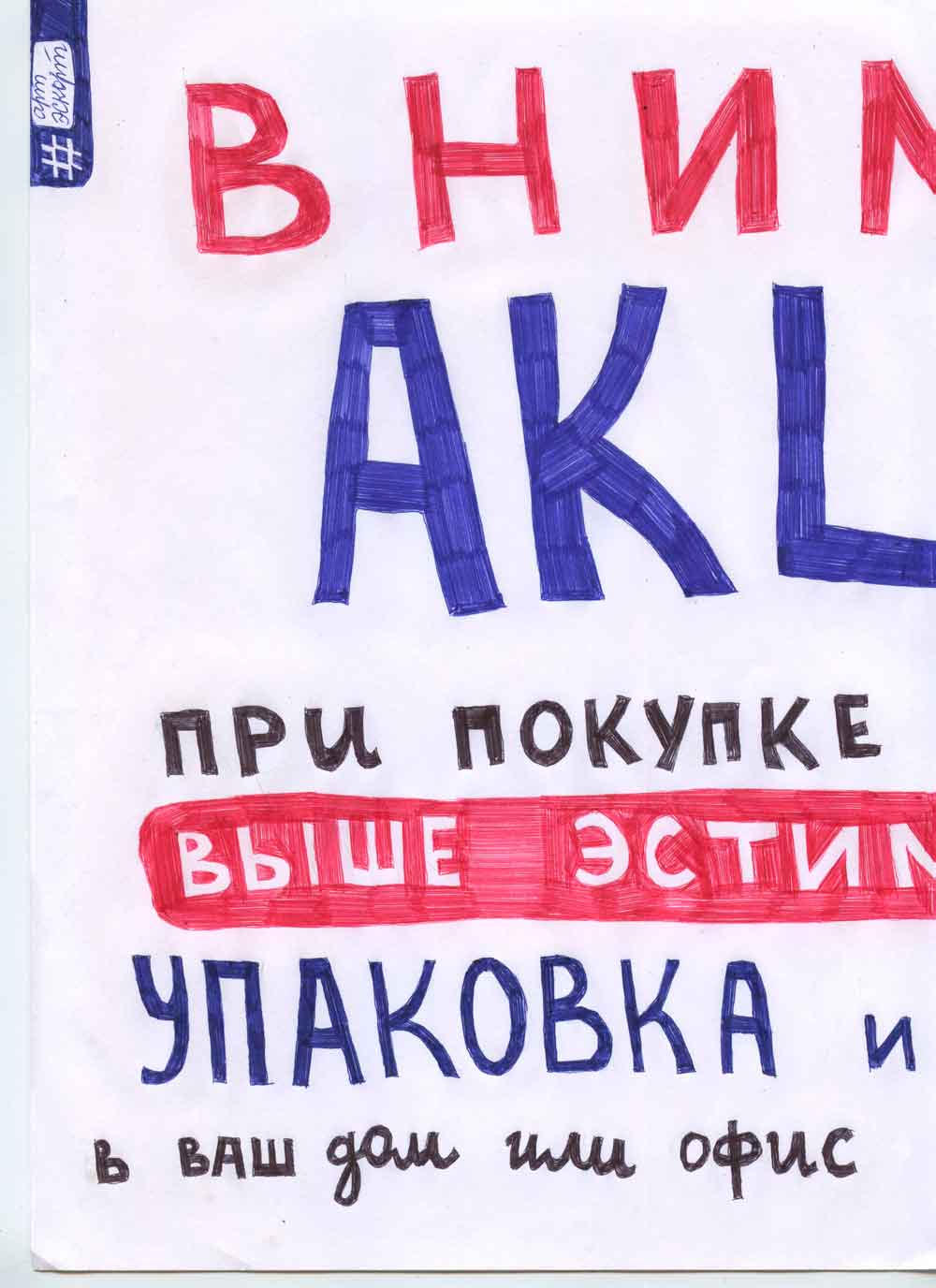 |
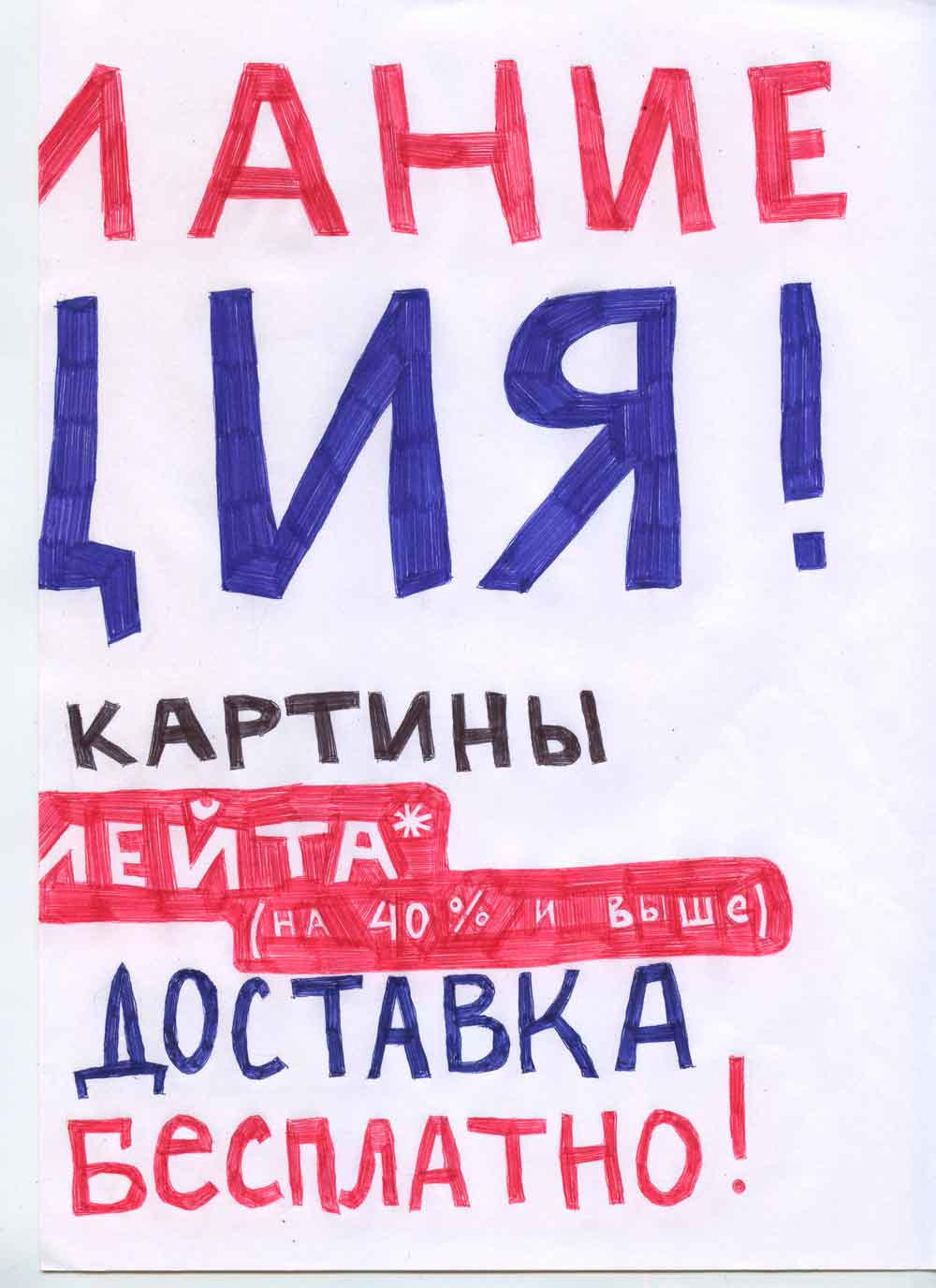 |
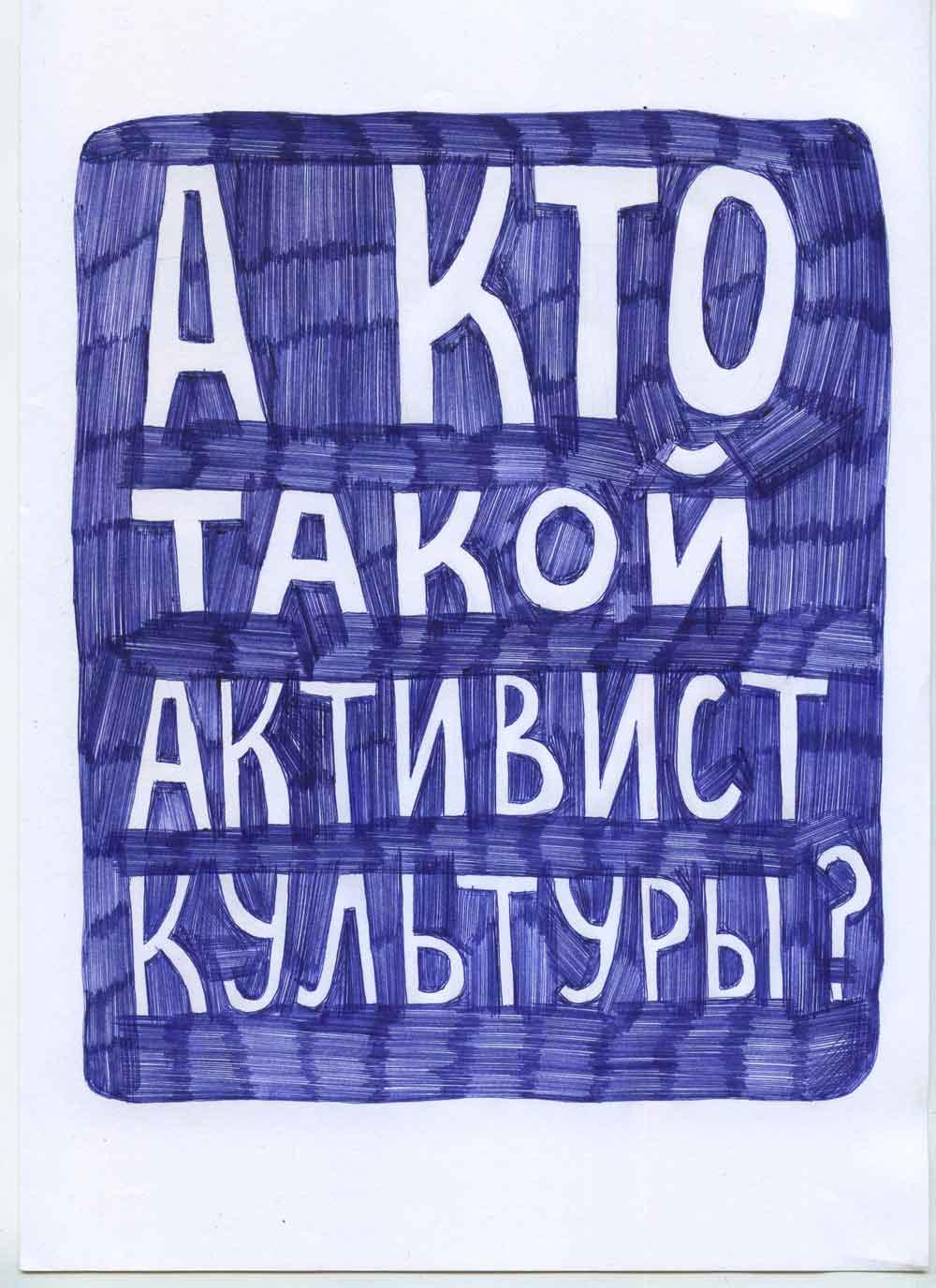 |
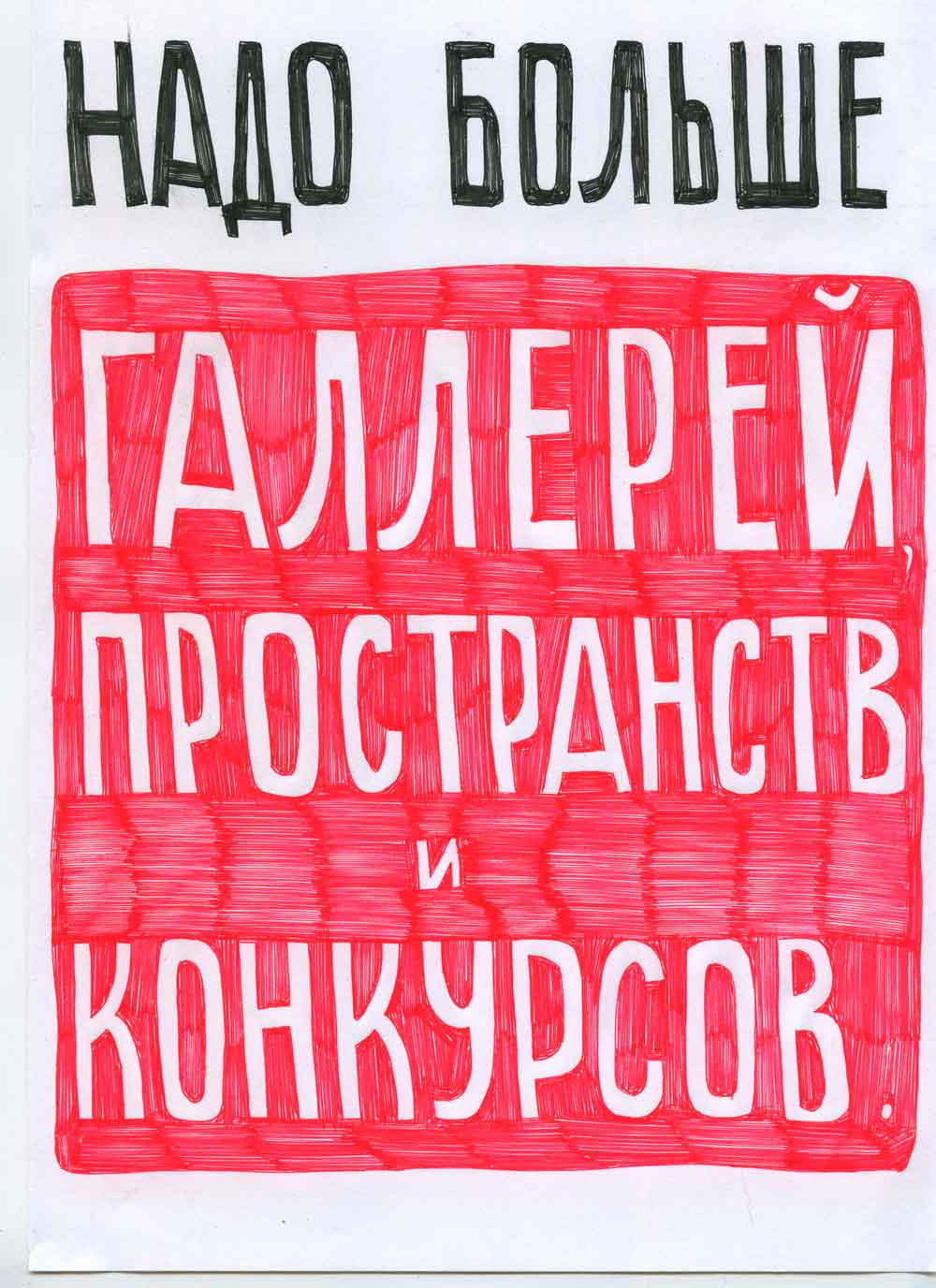 |
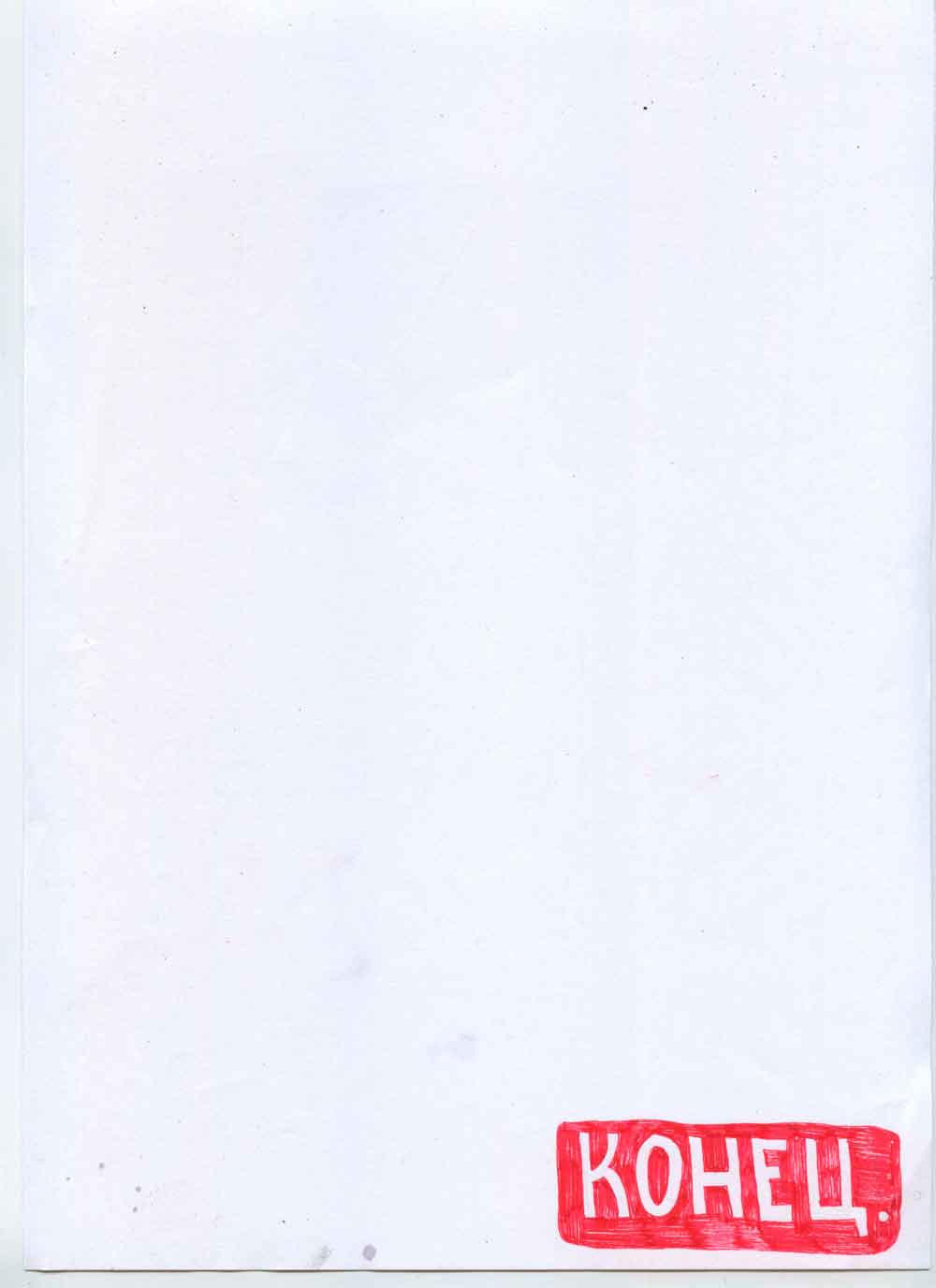 |
|